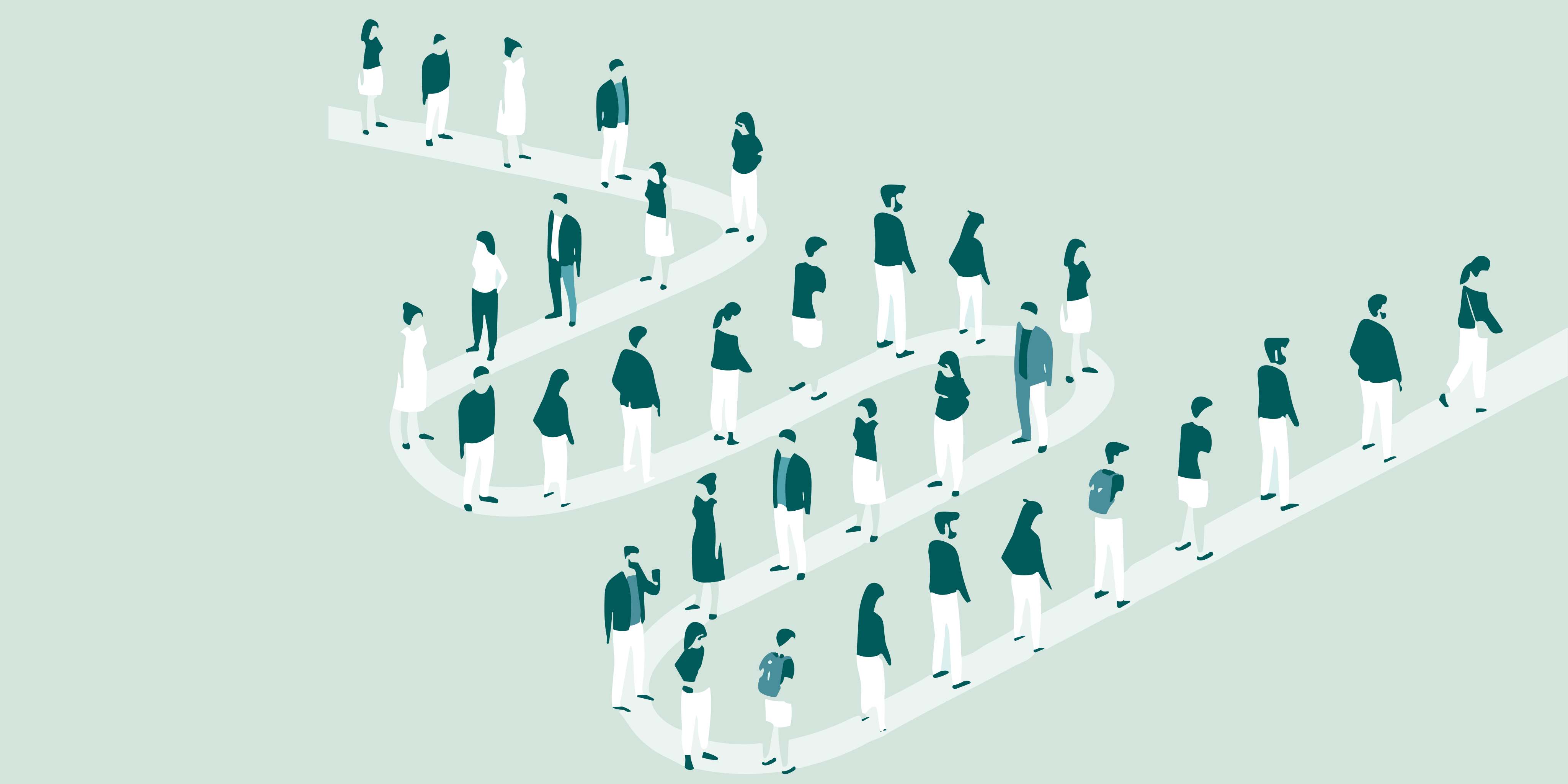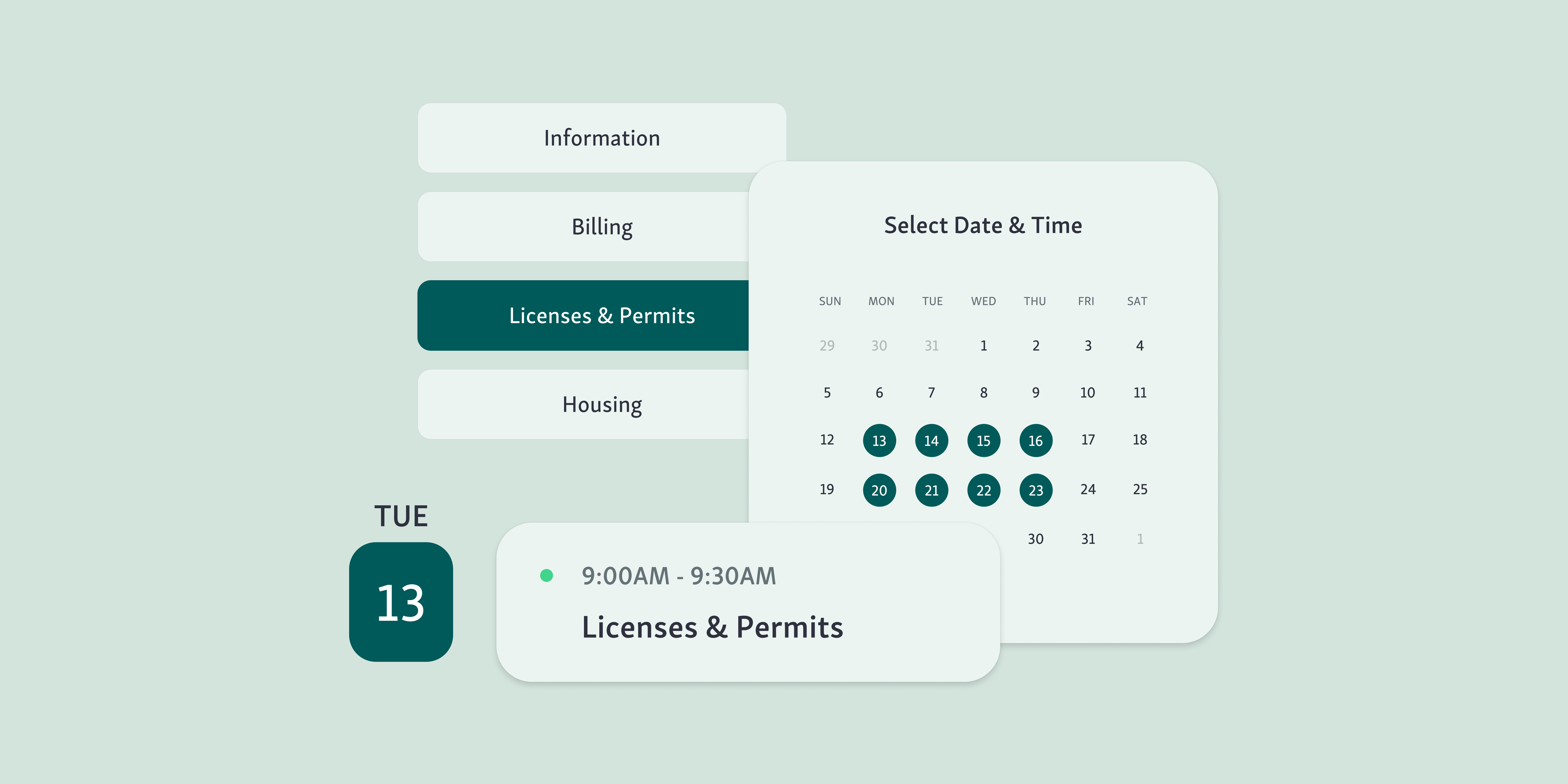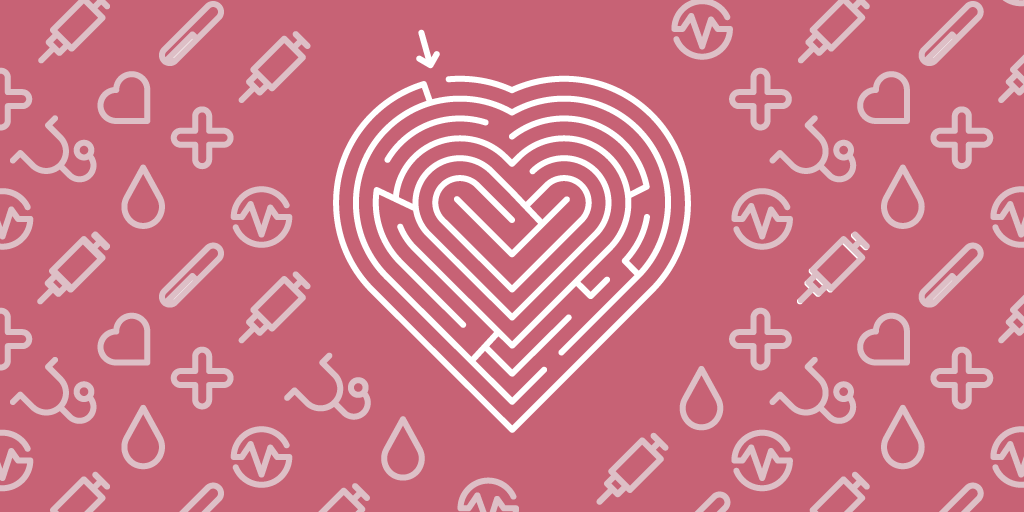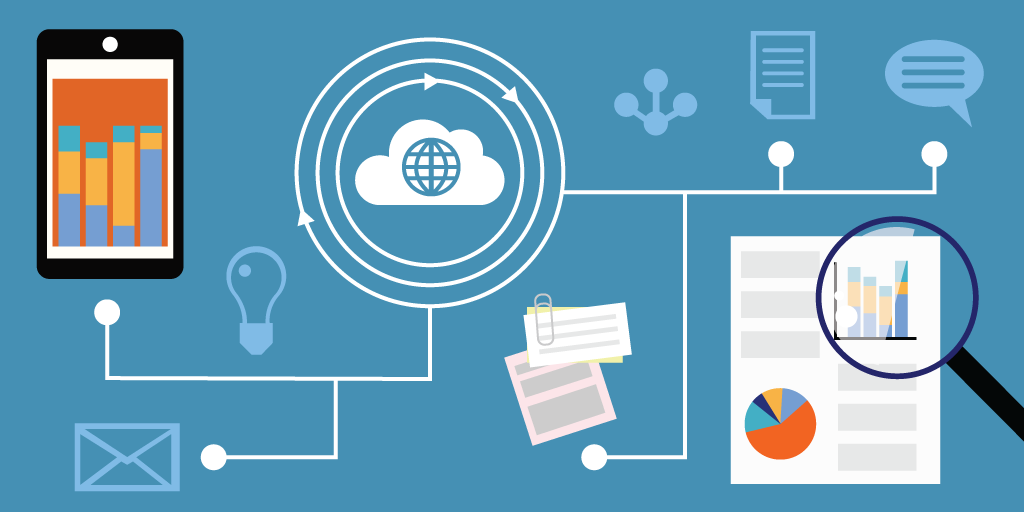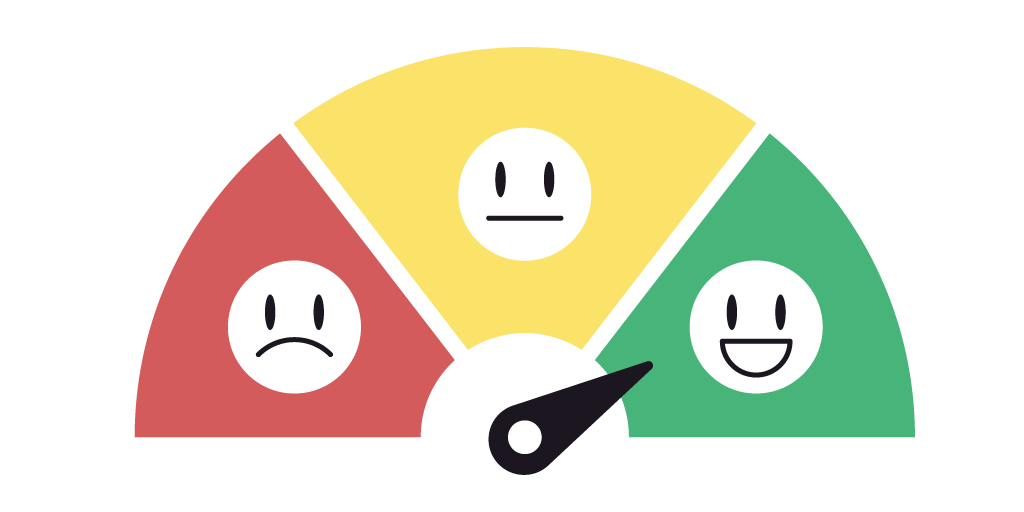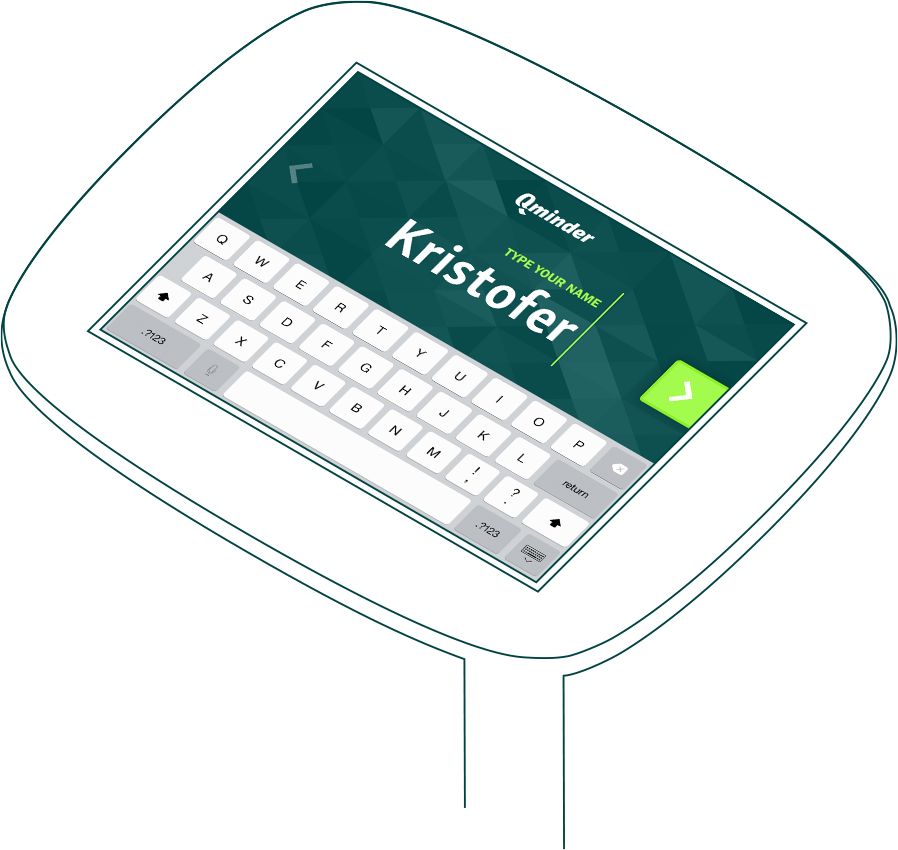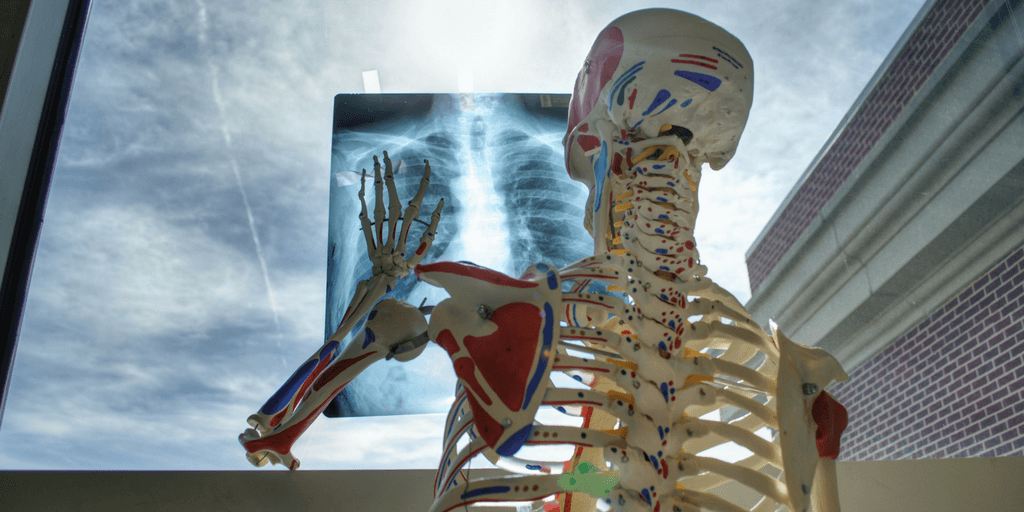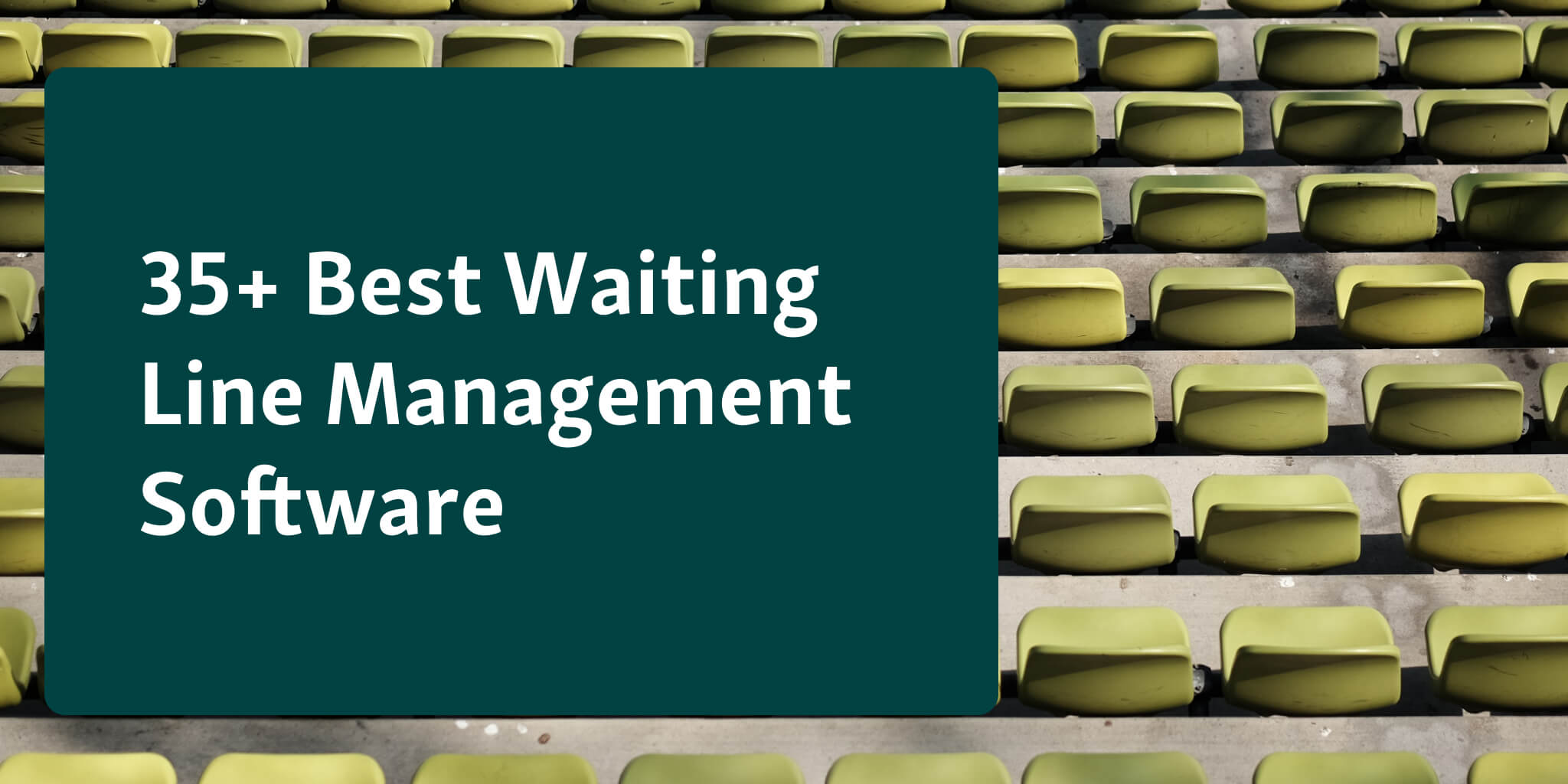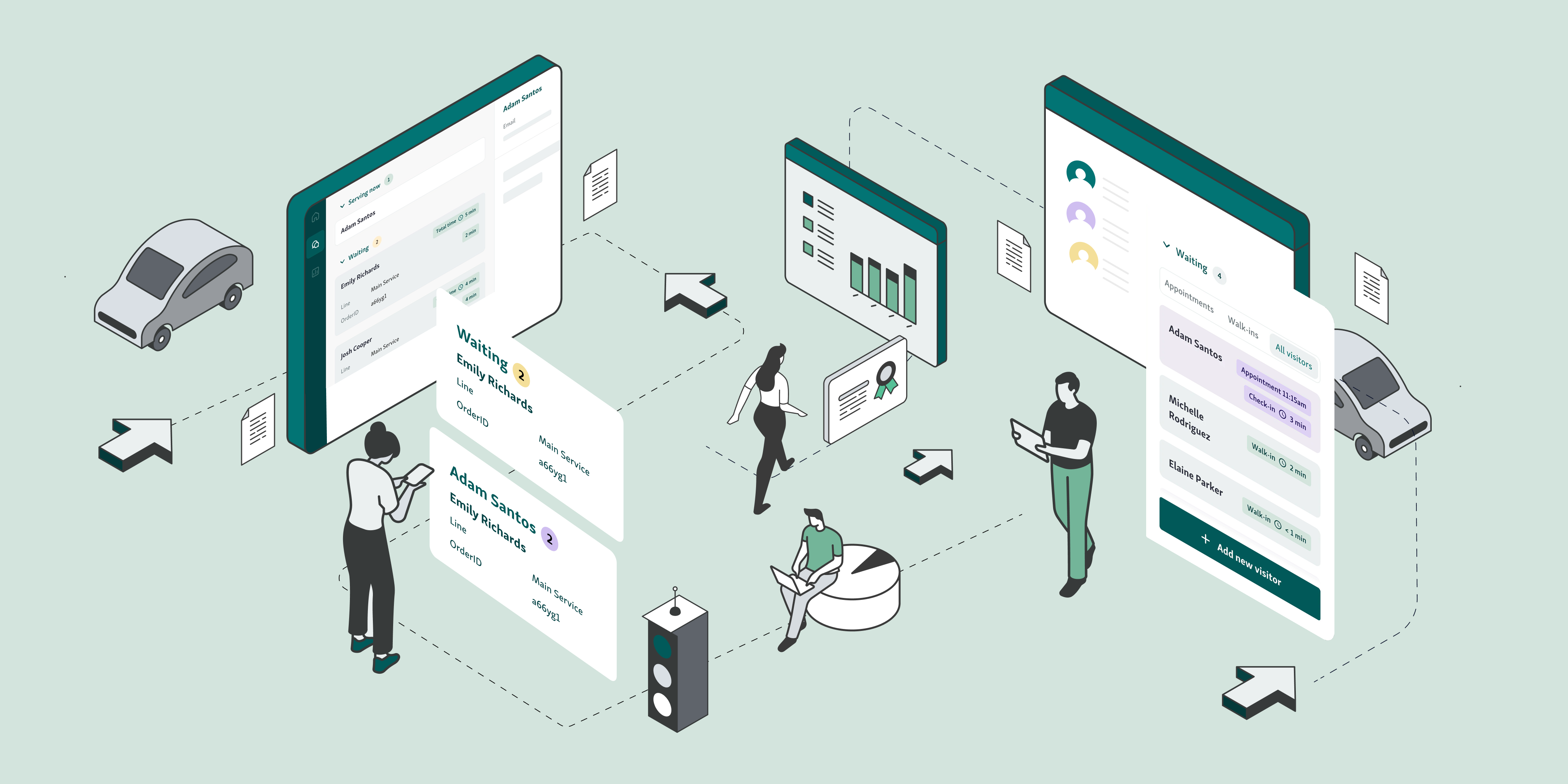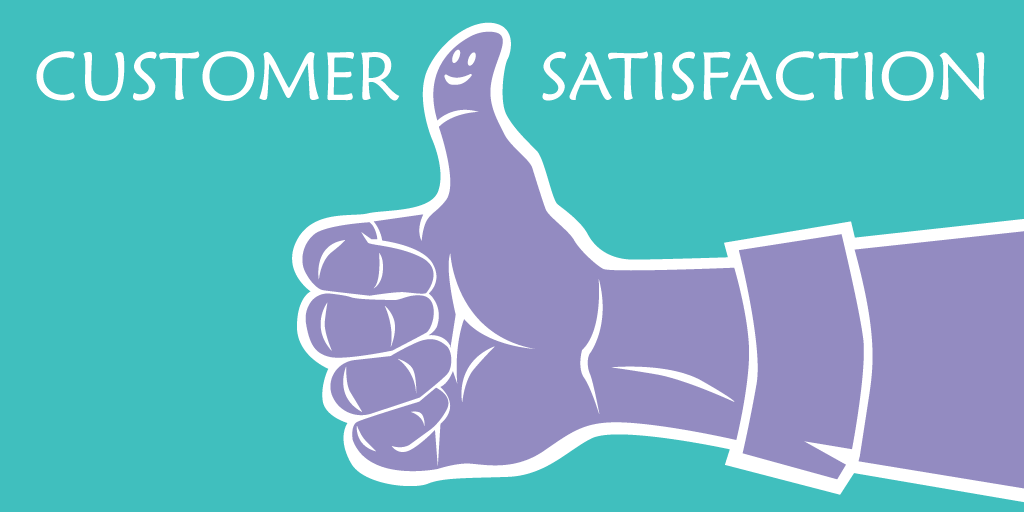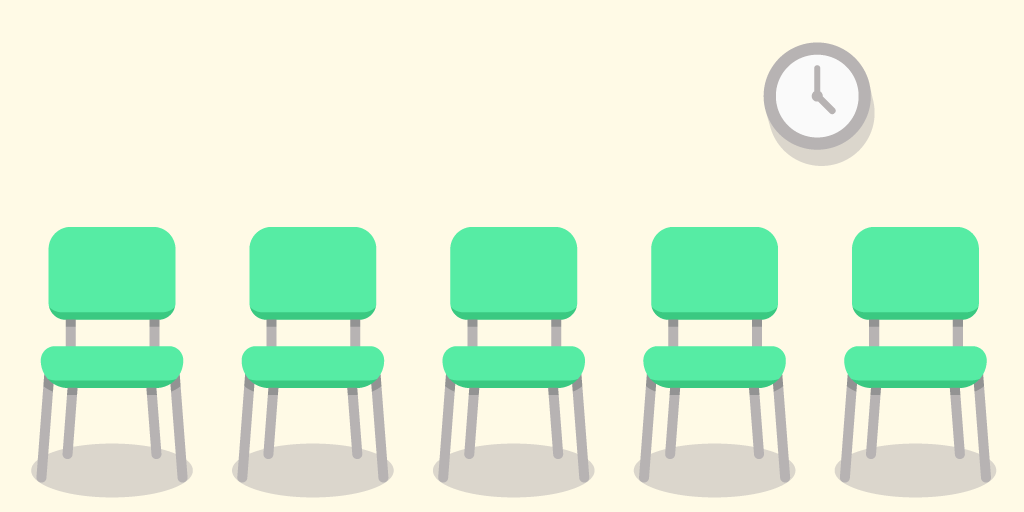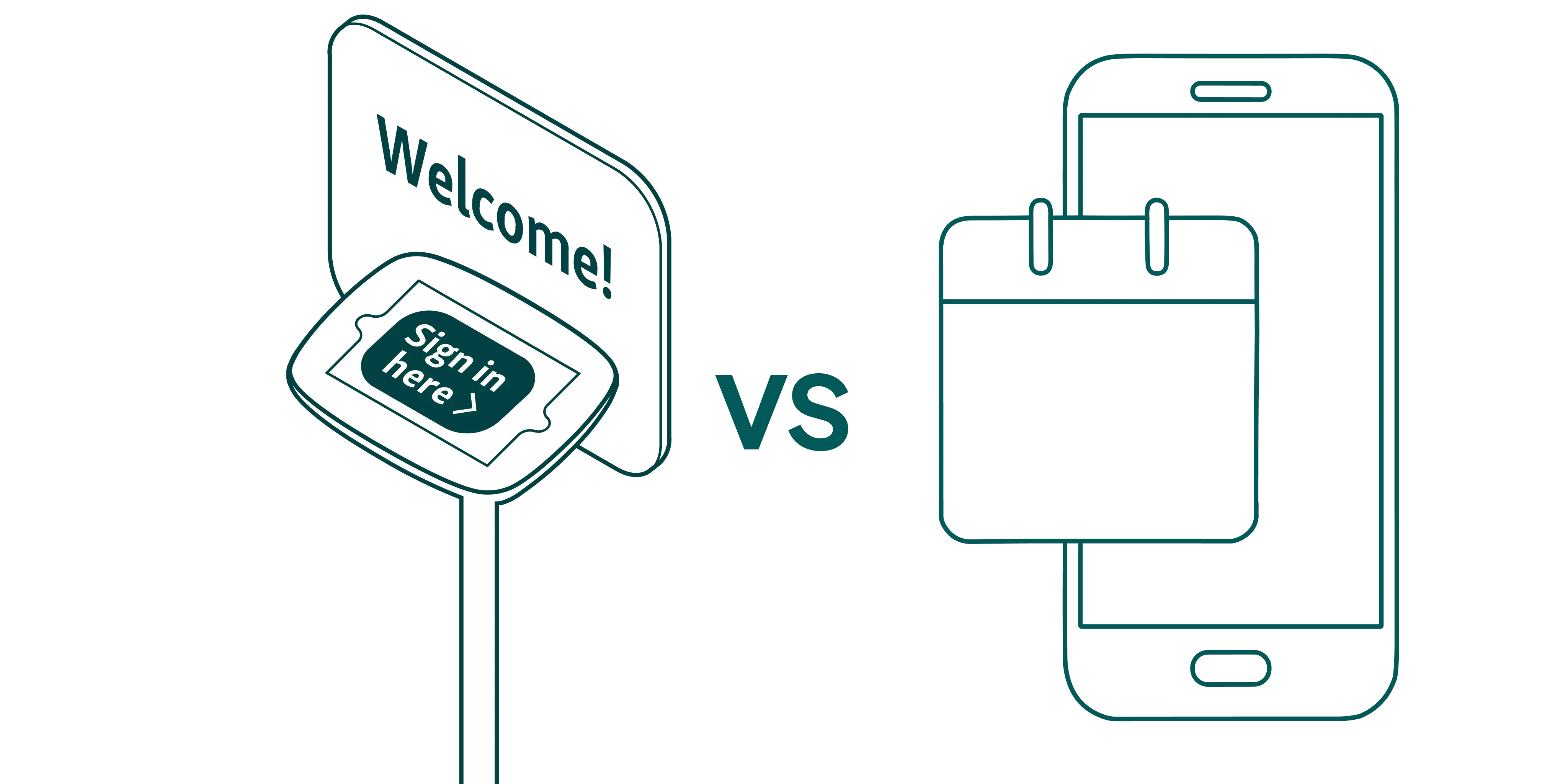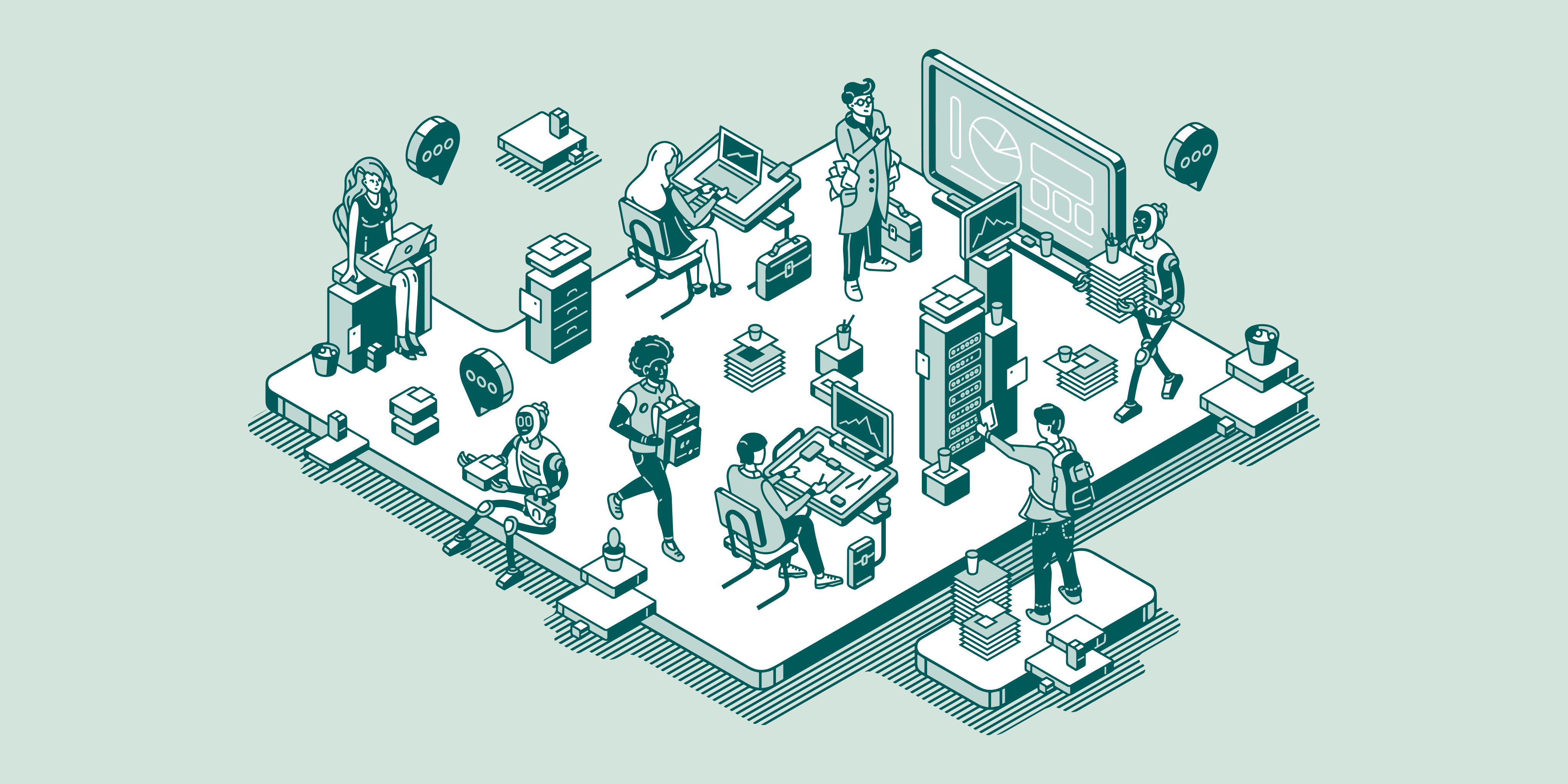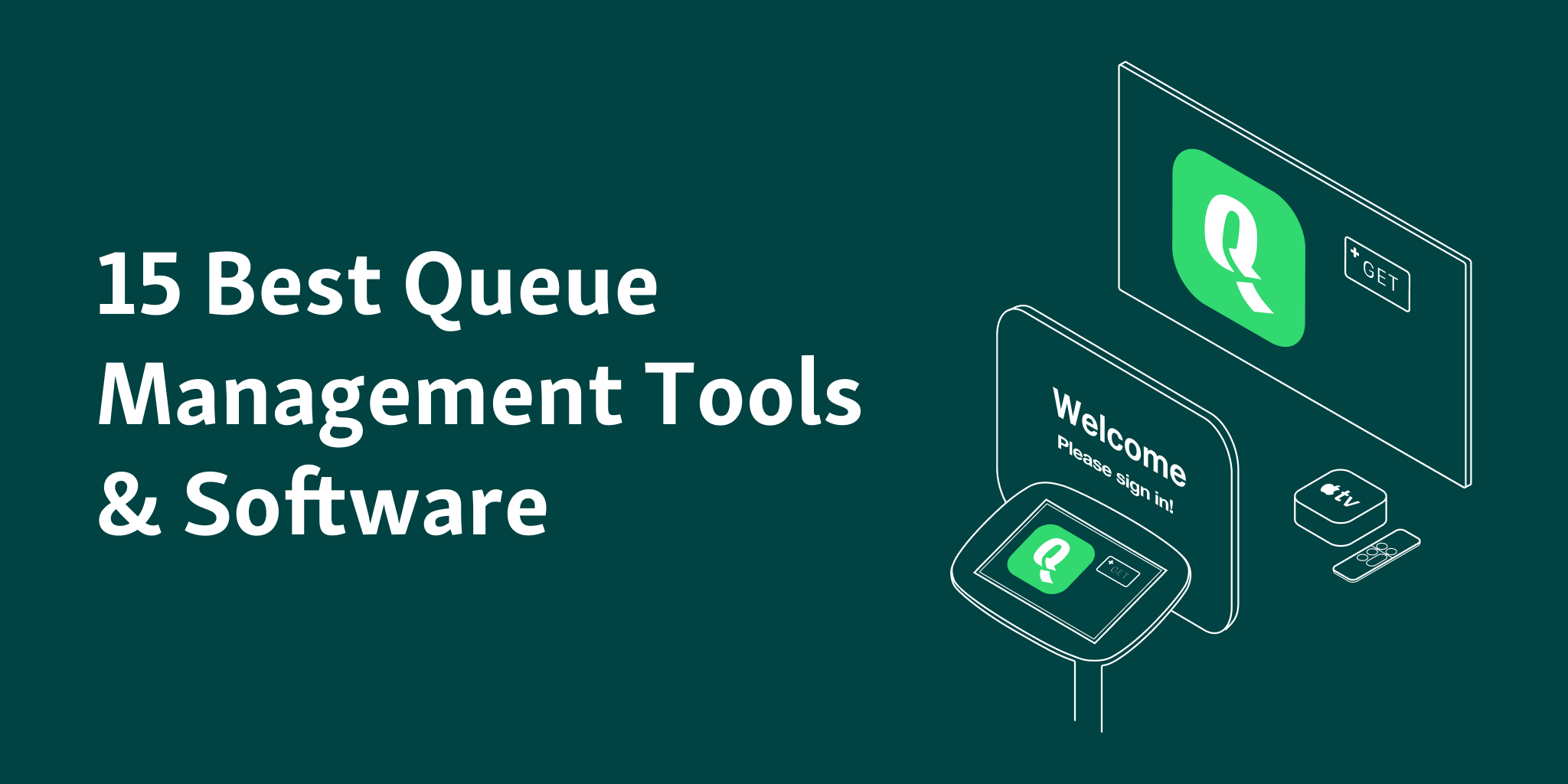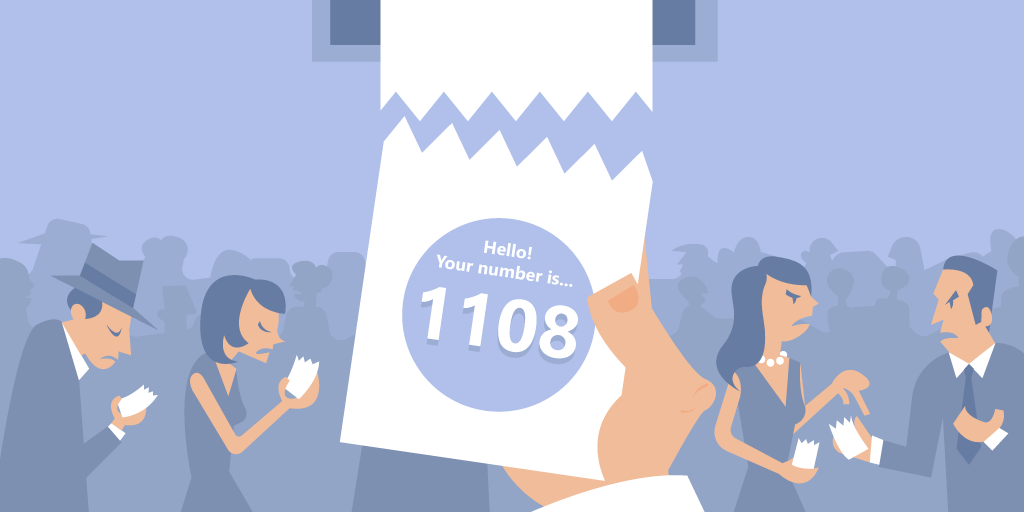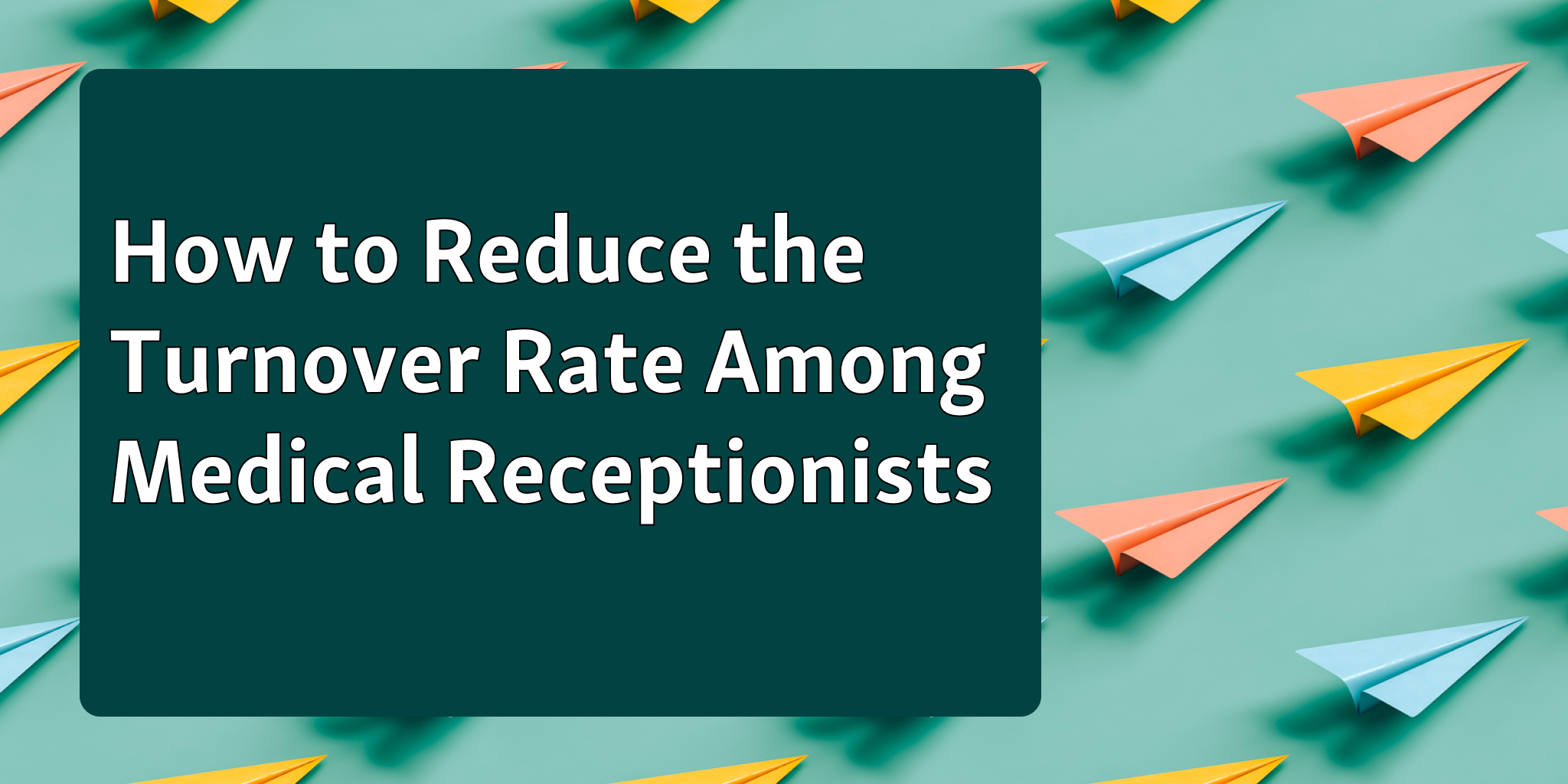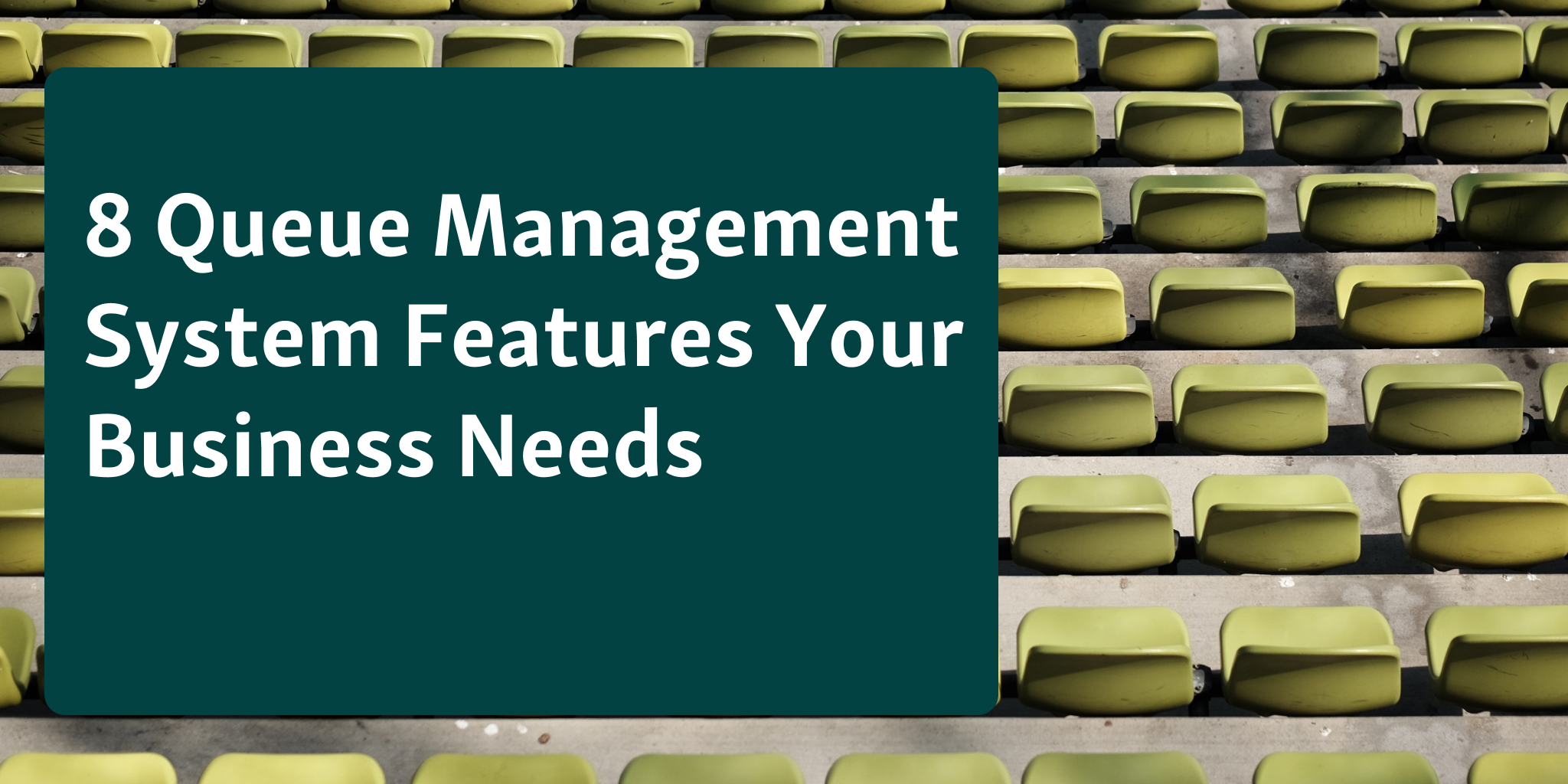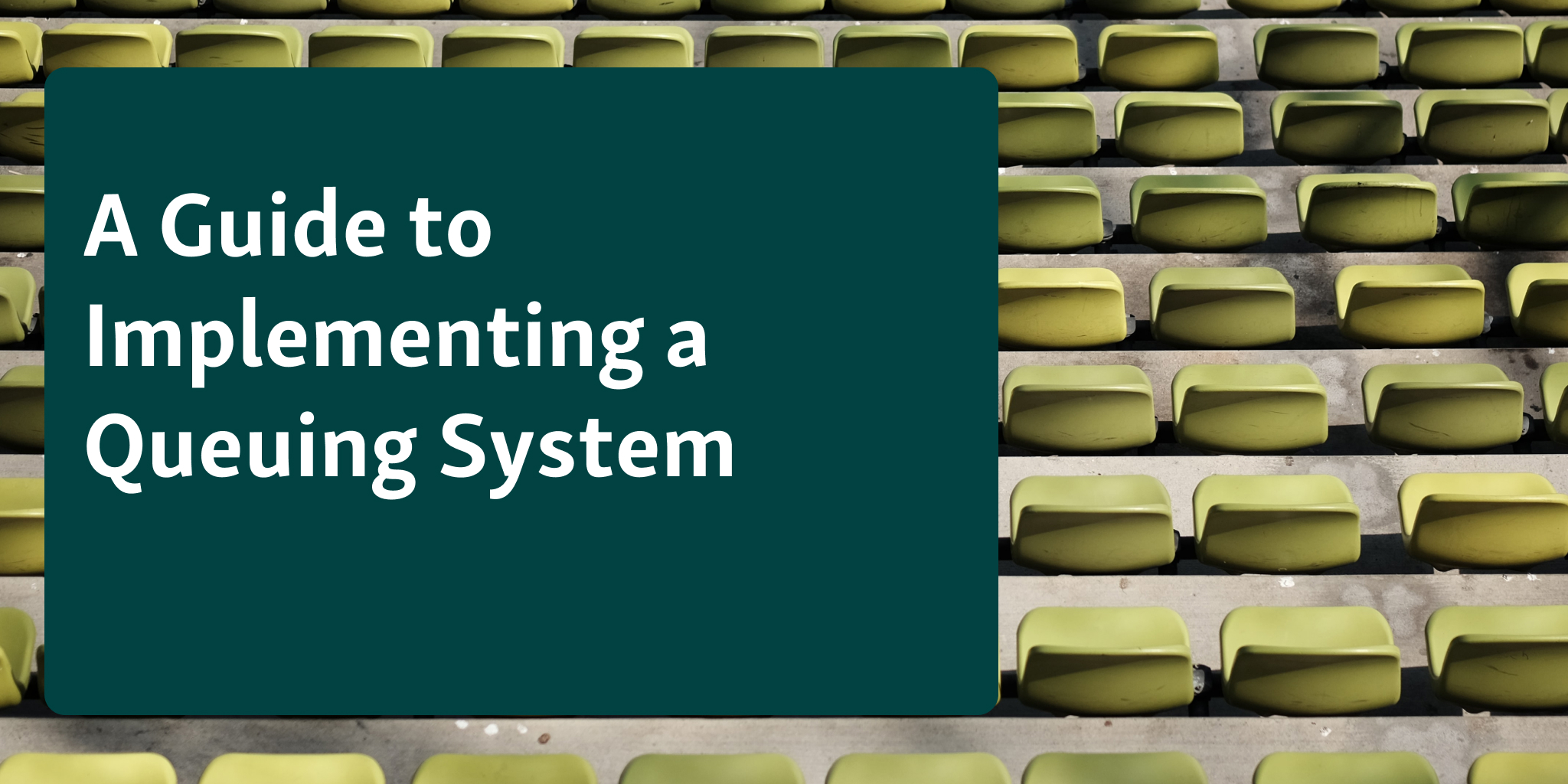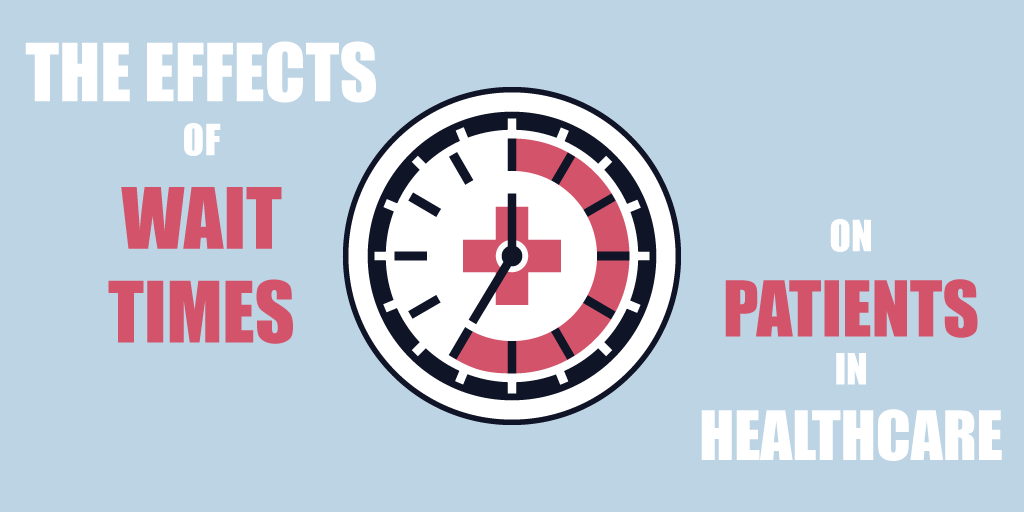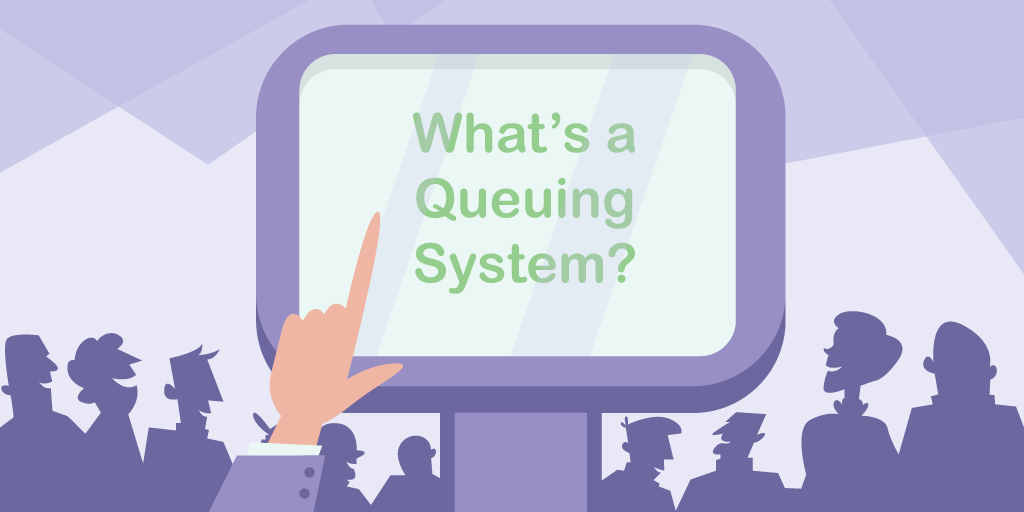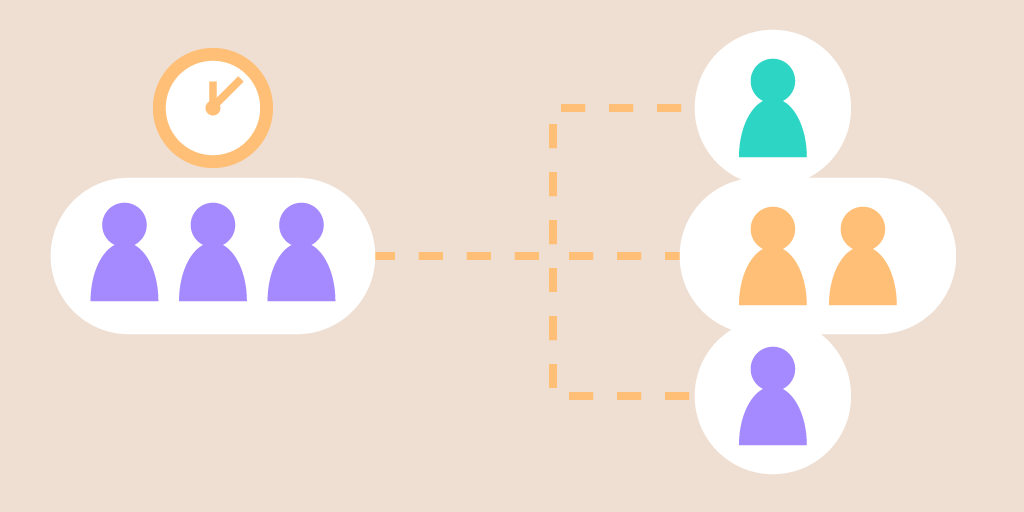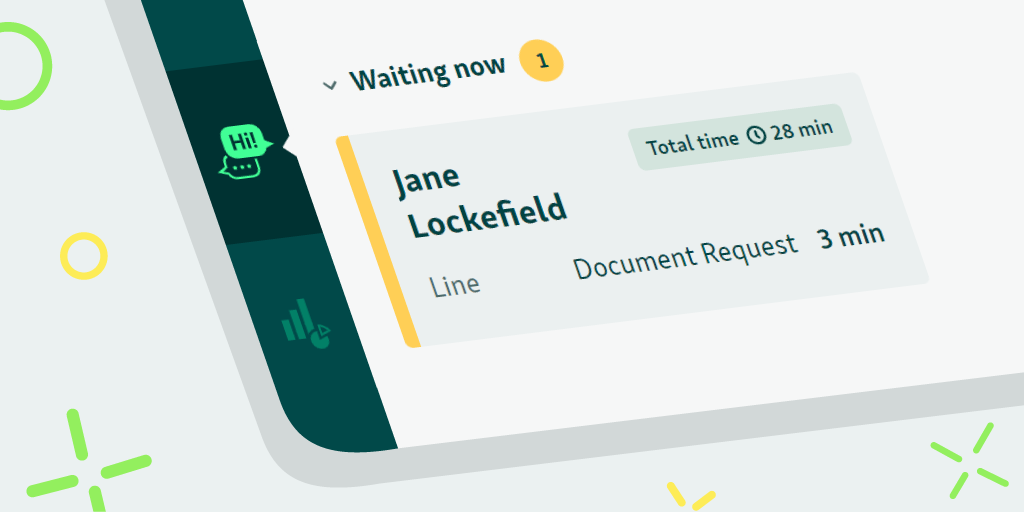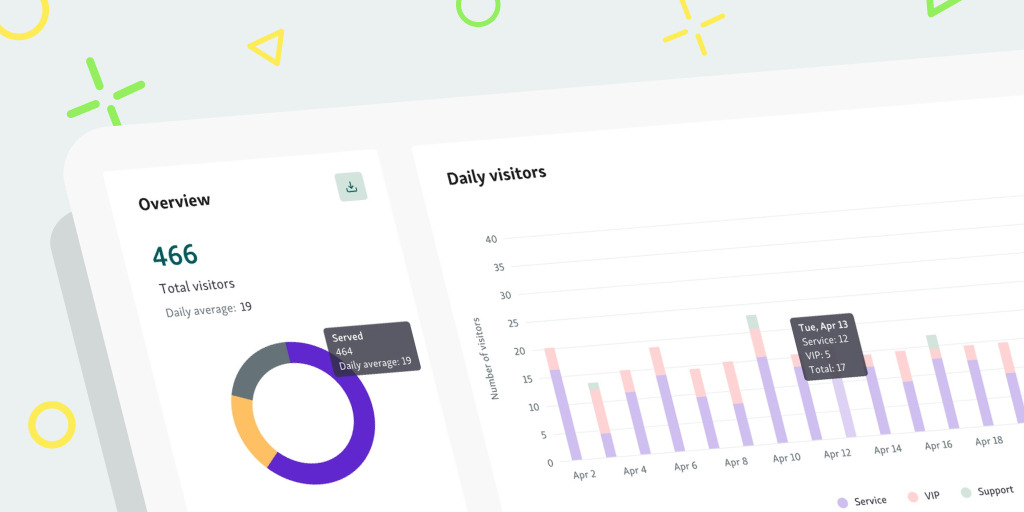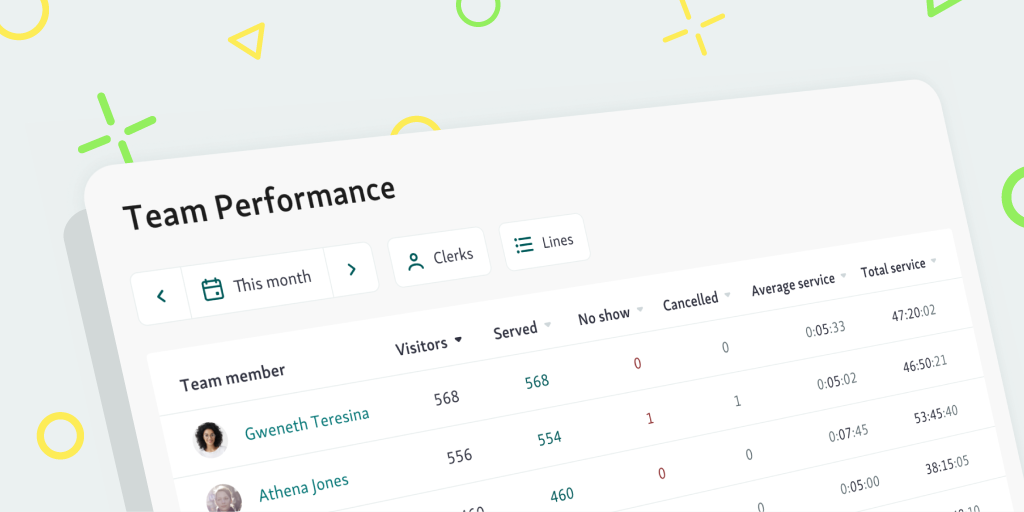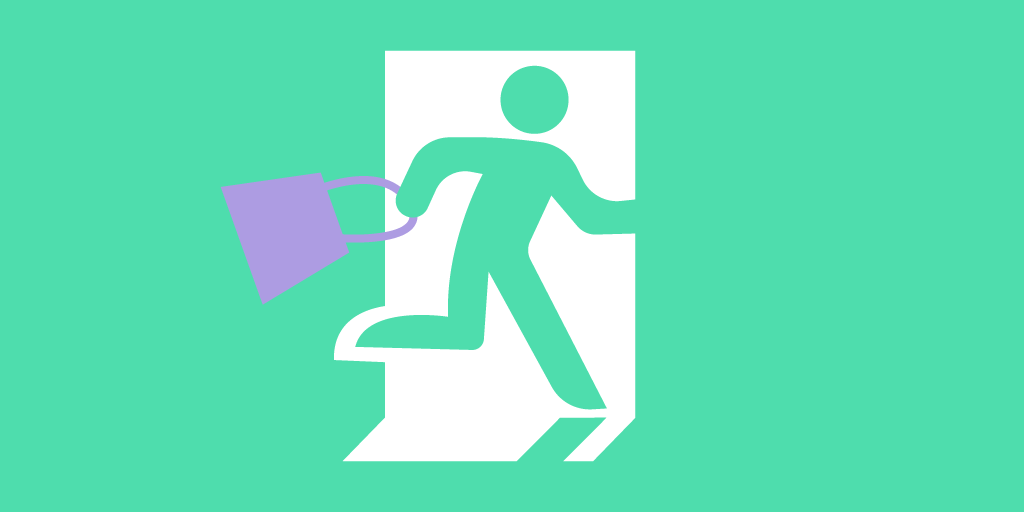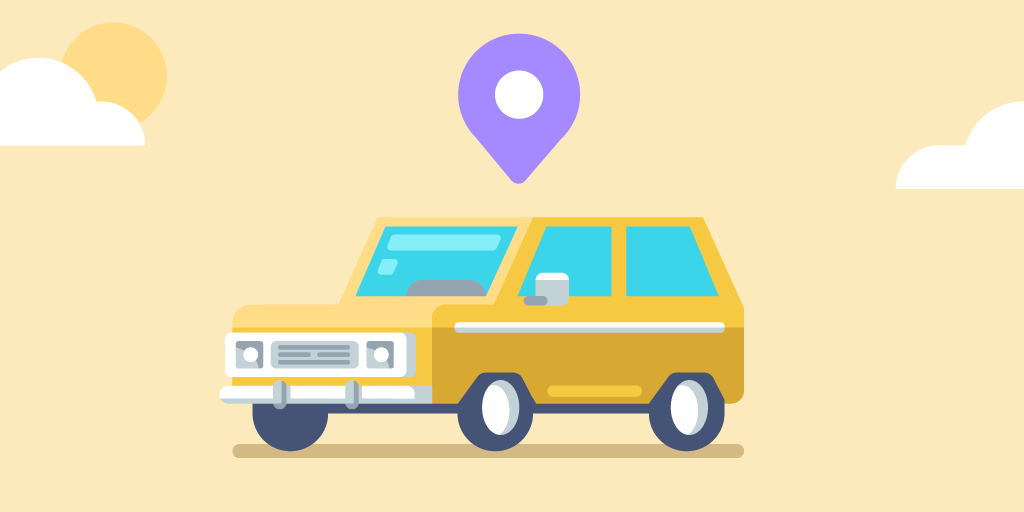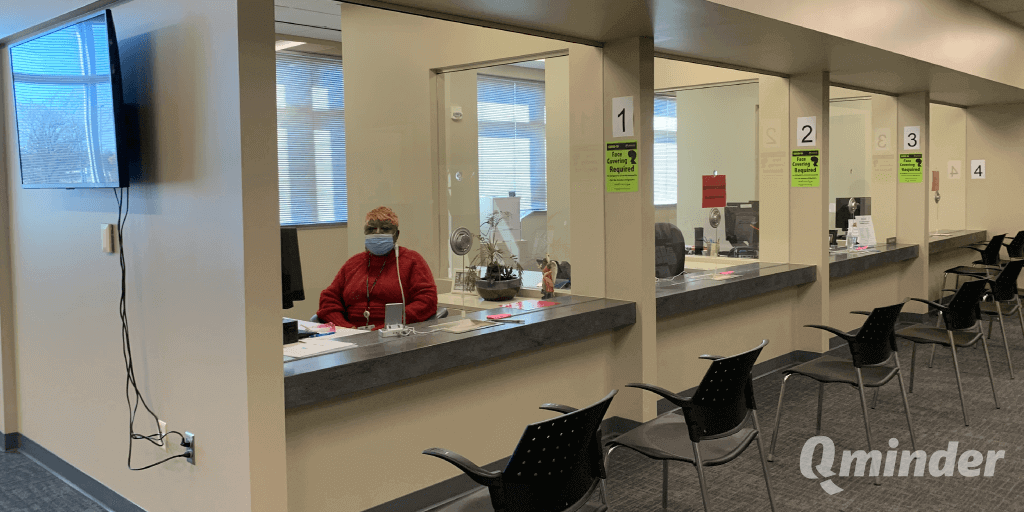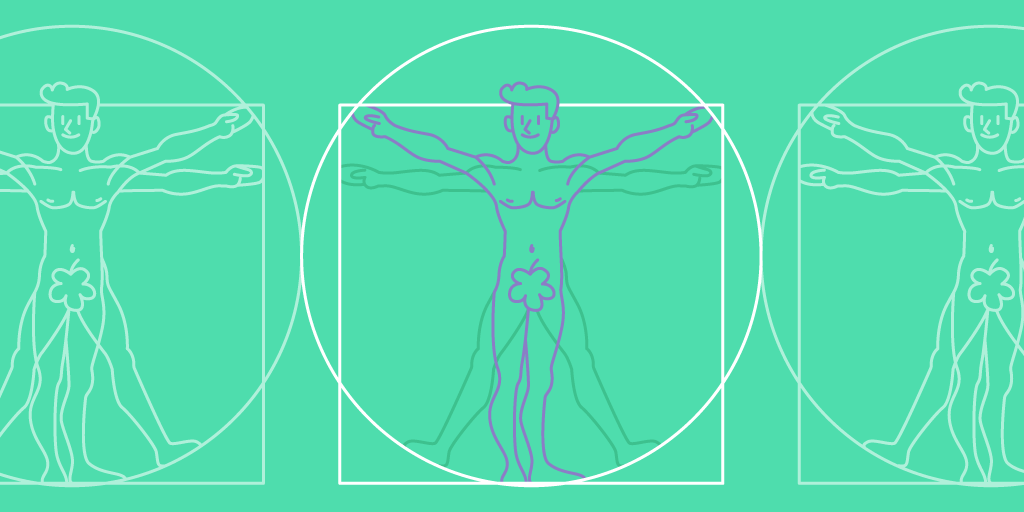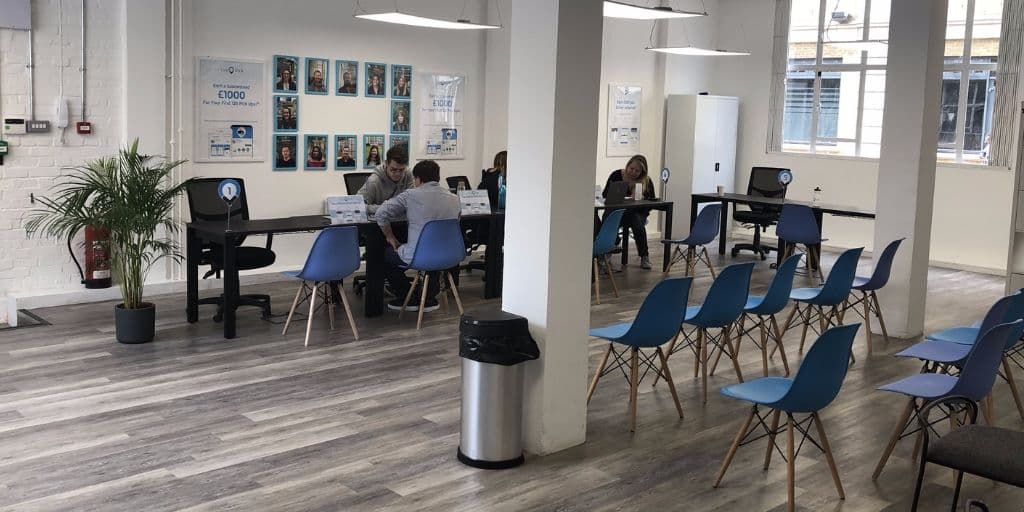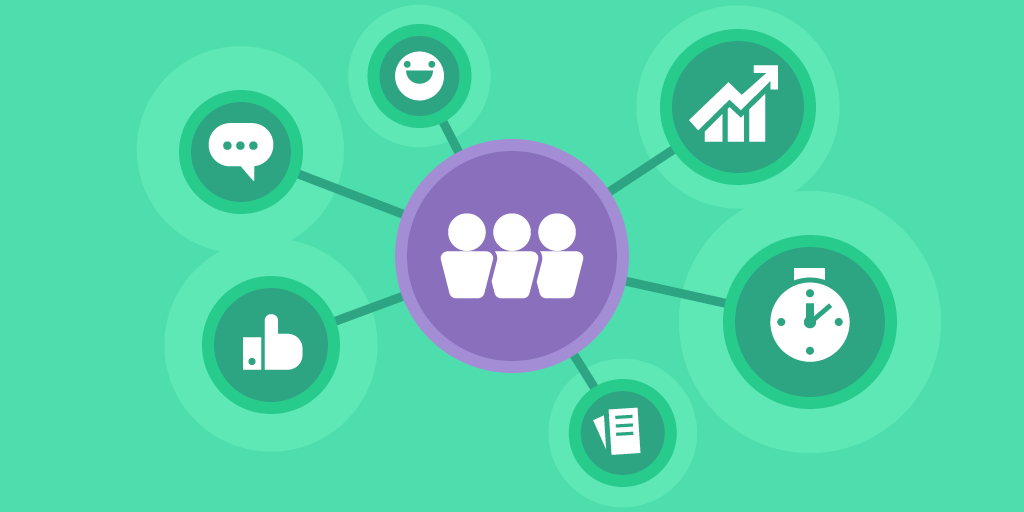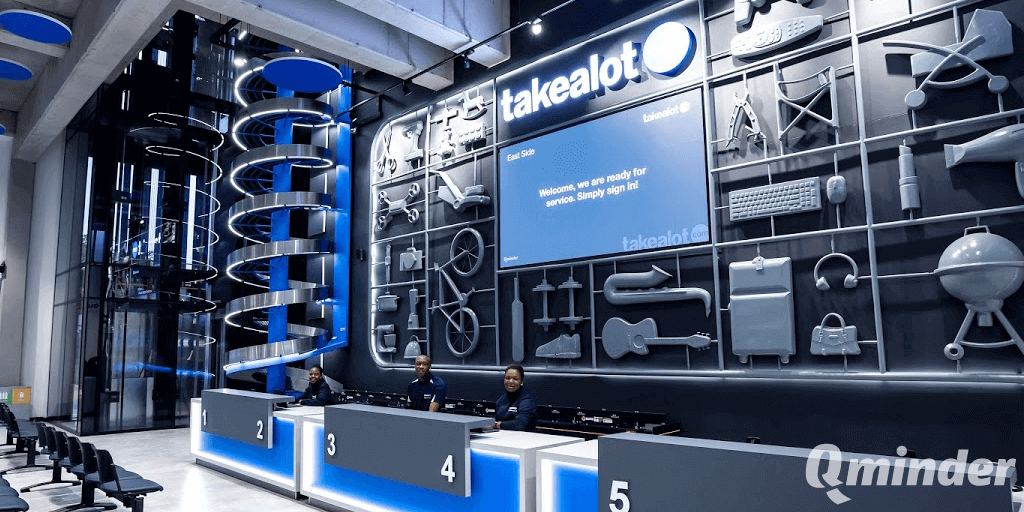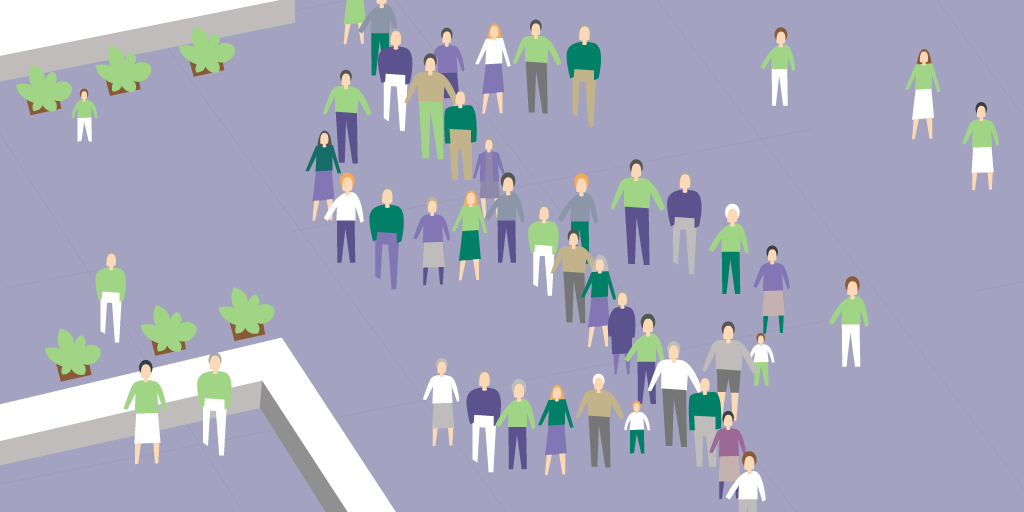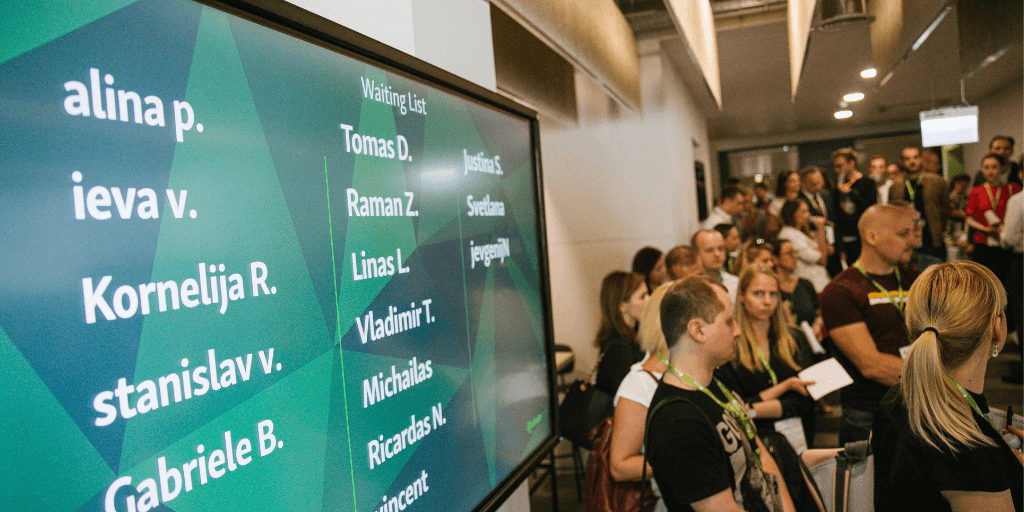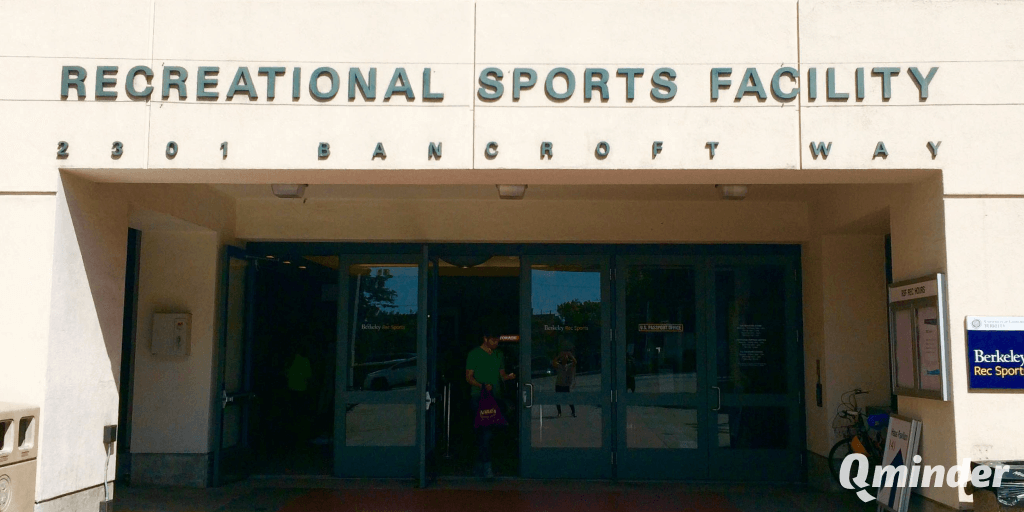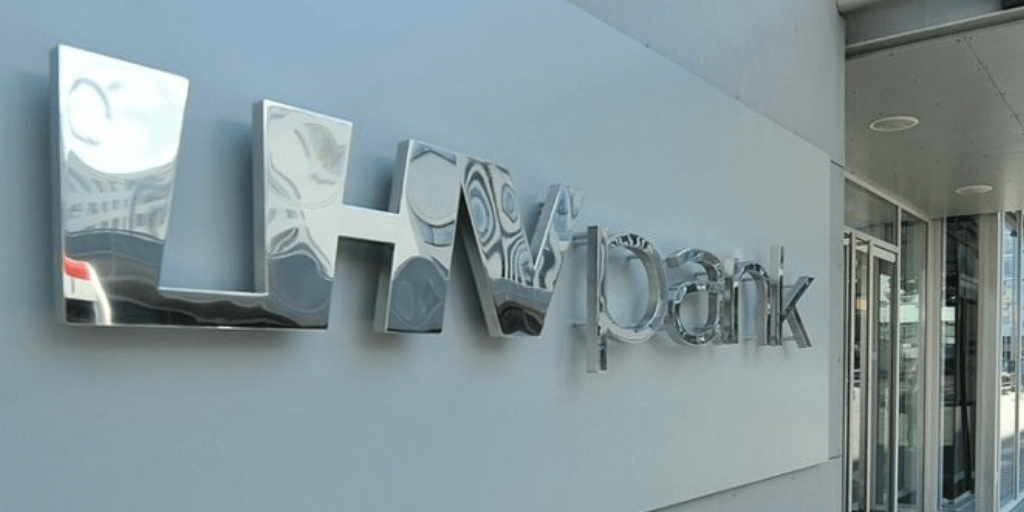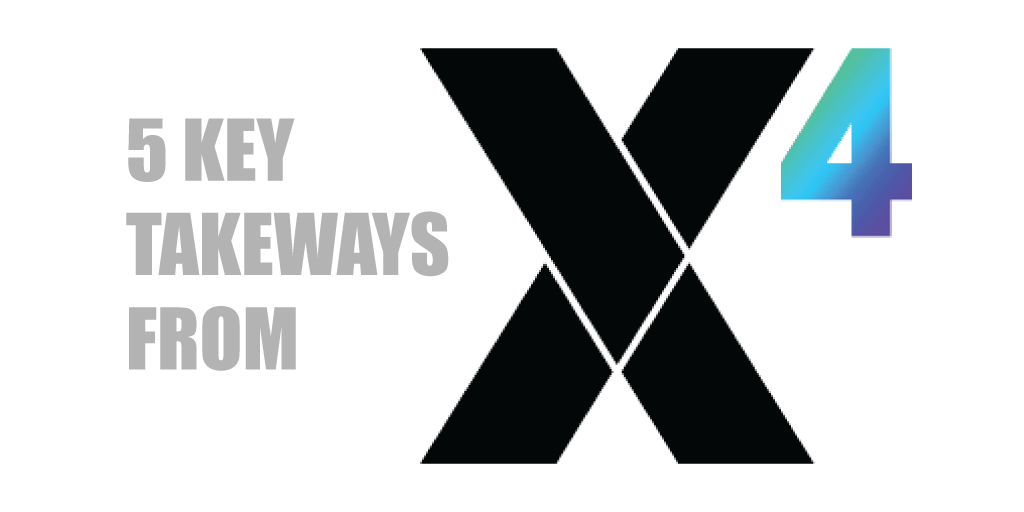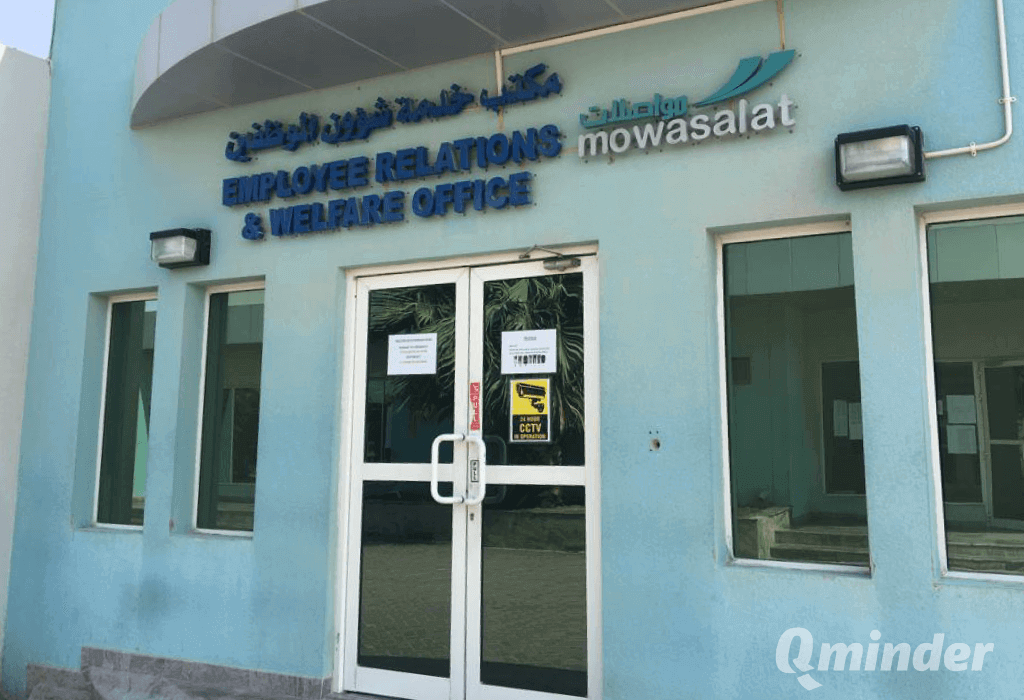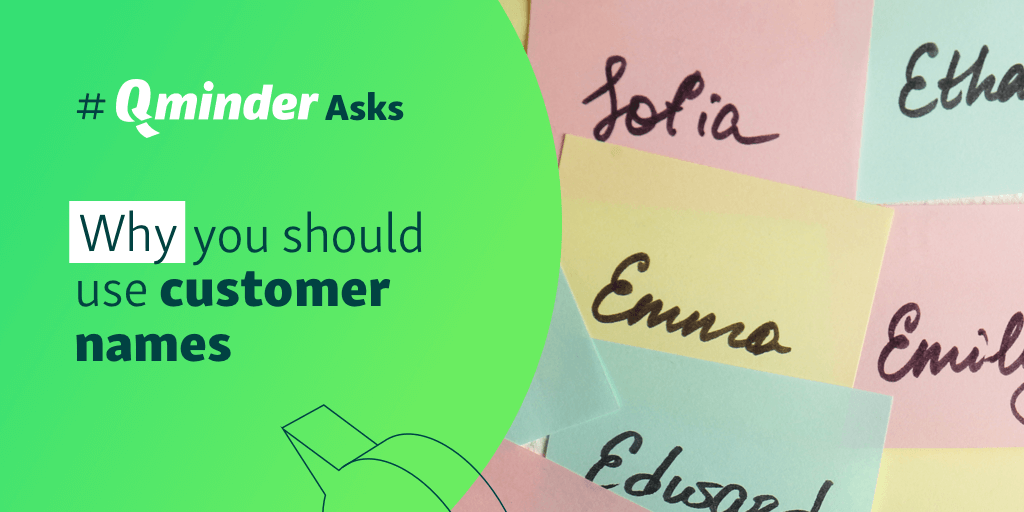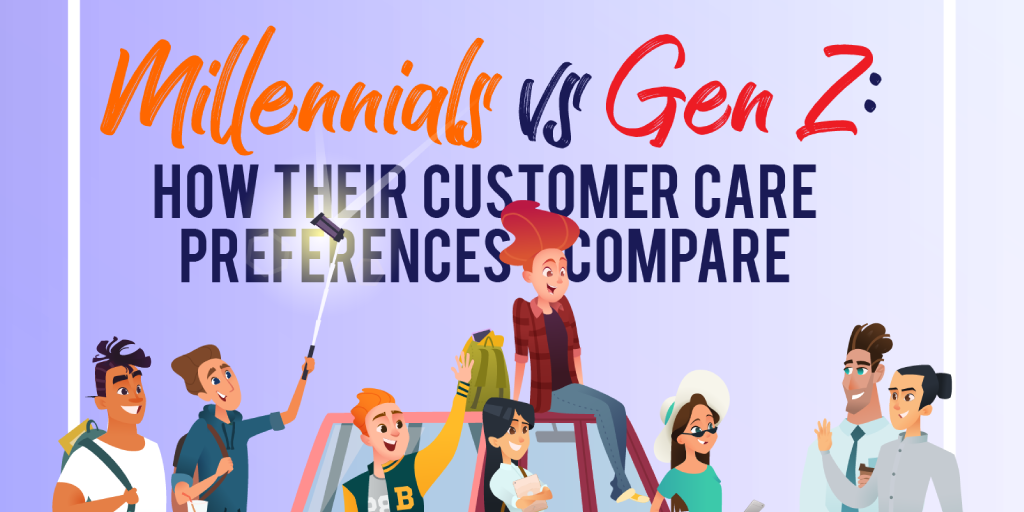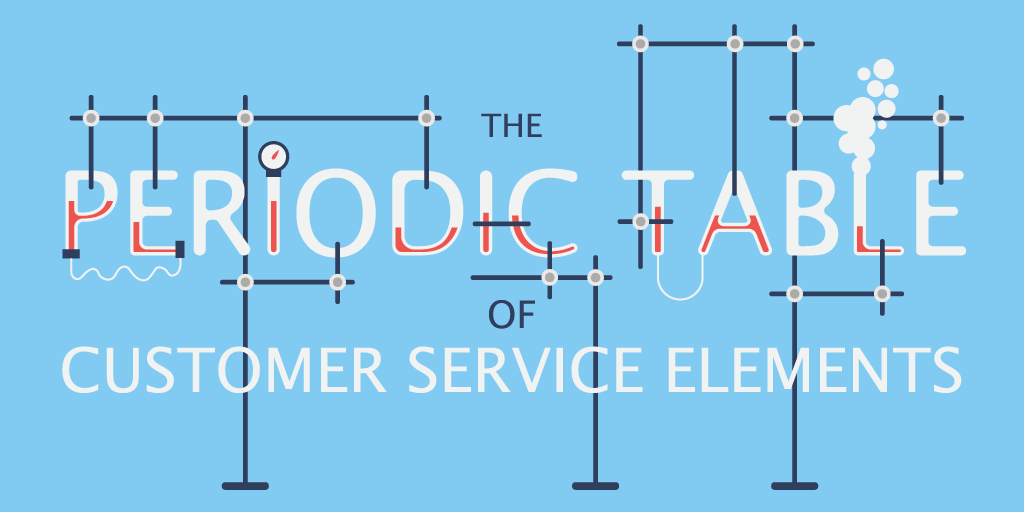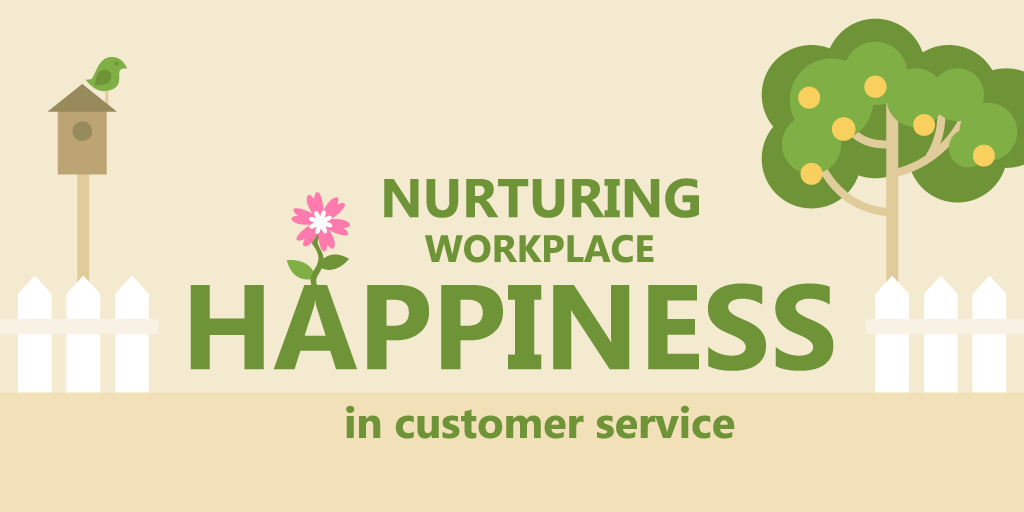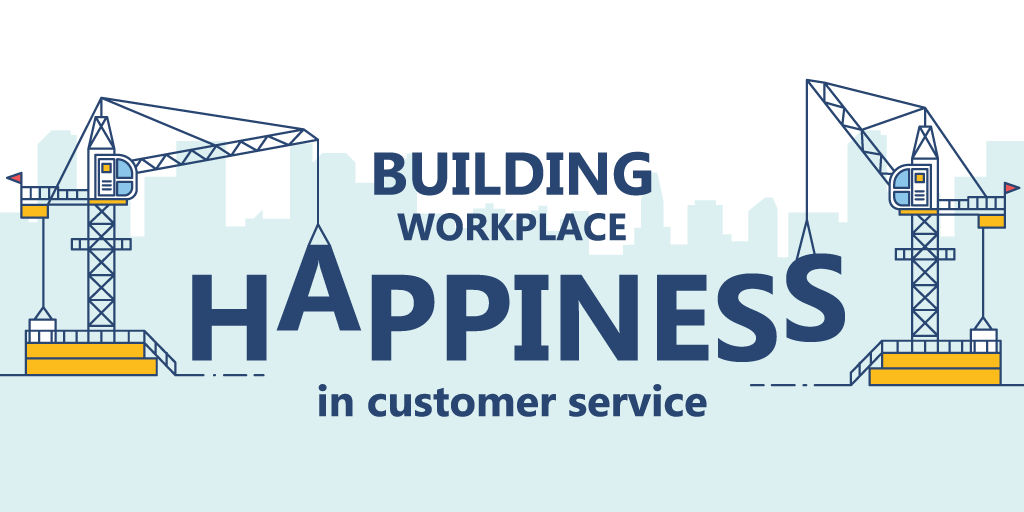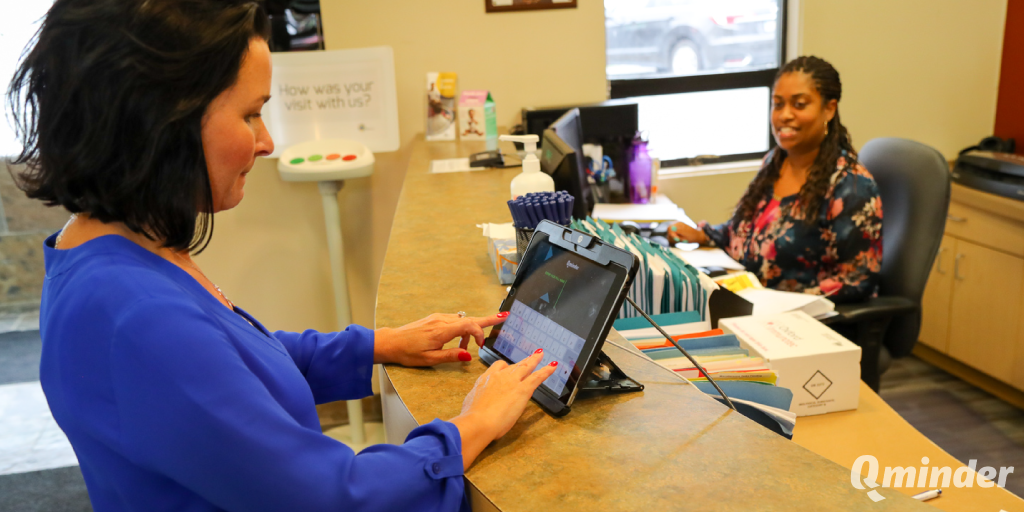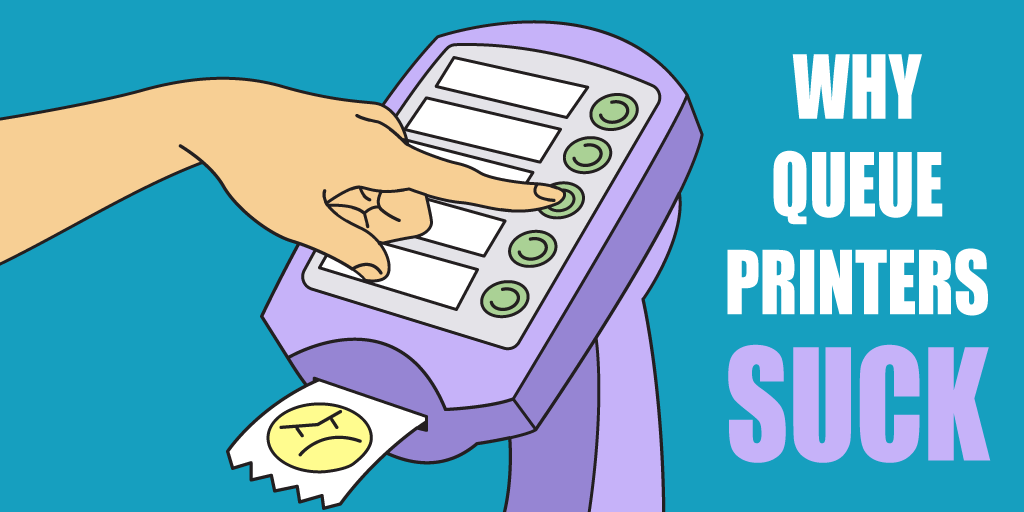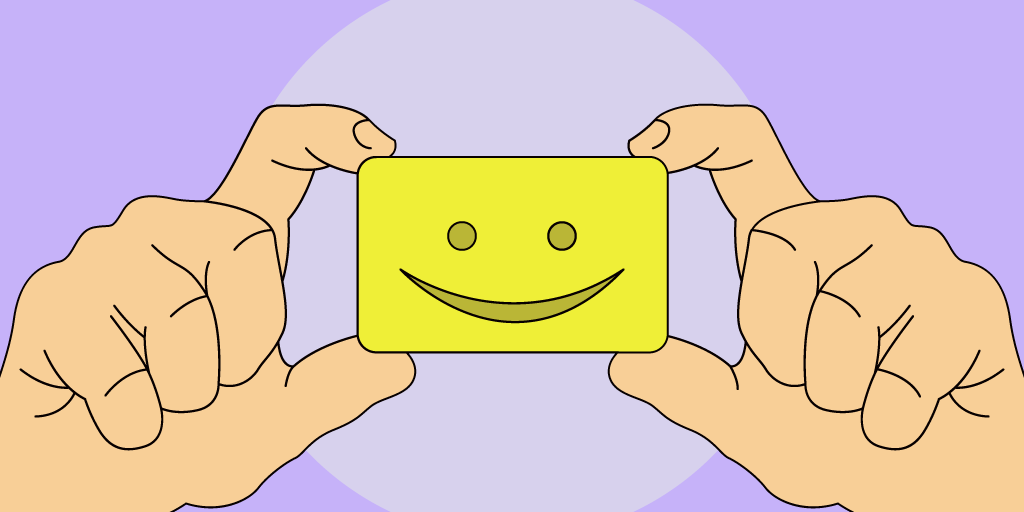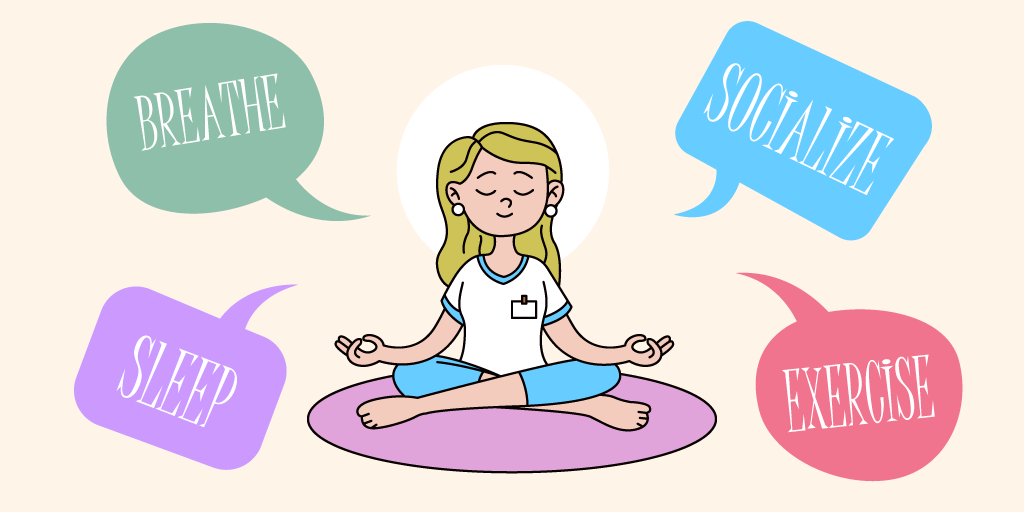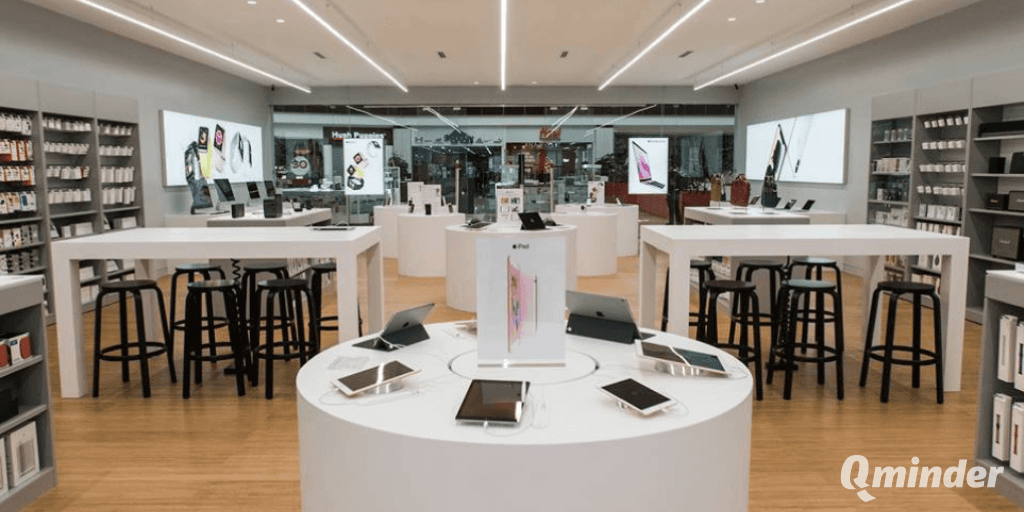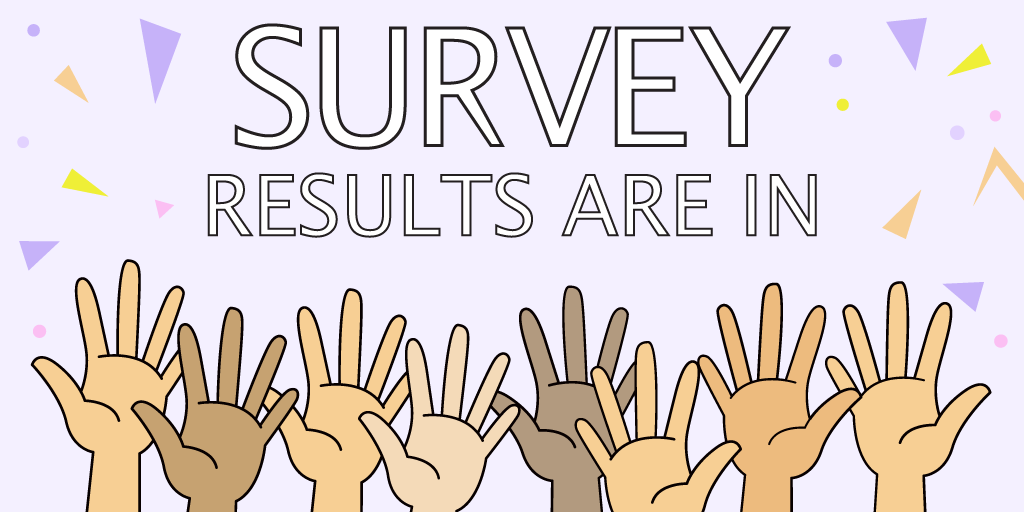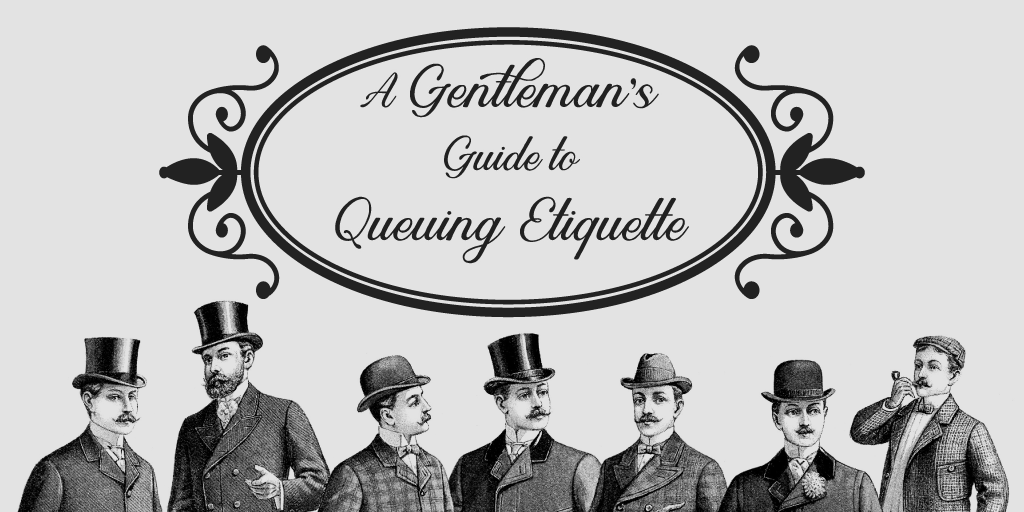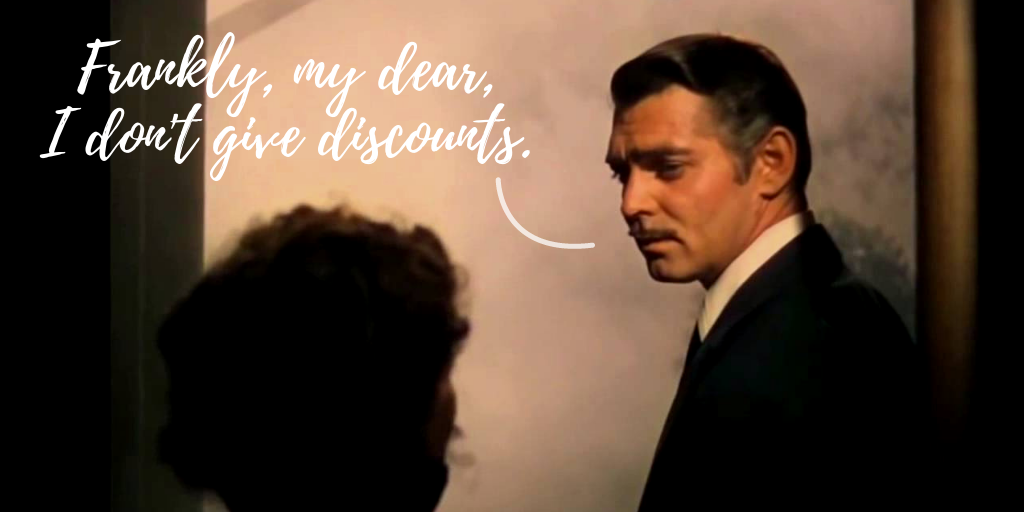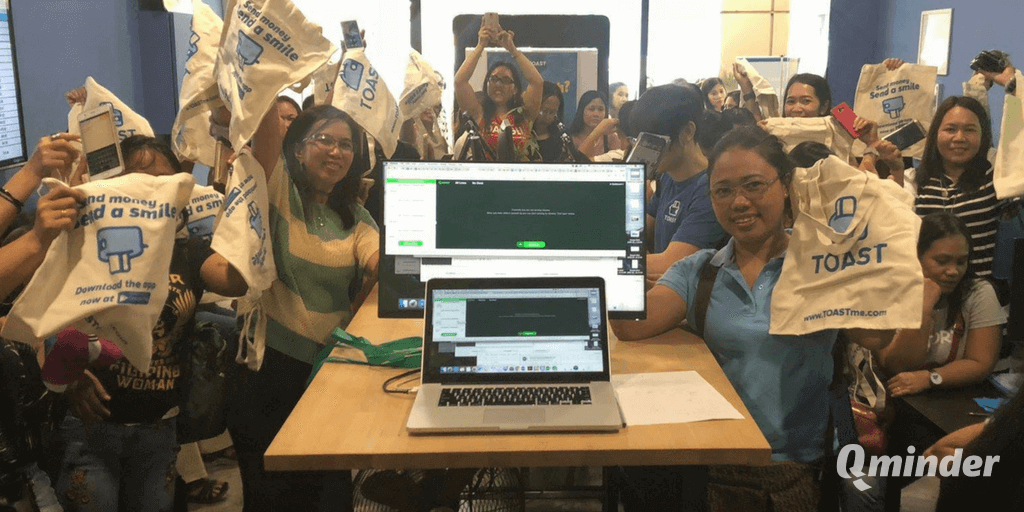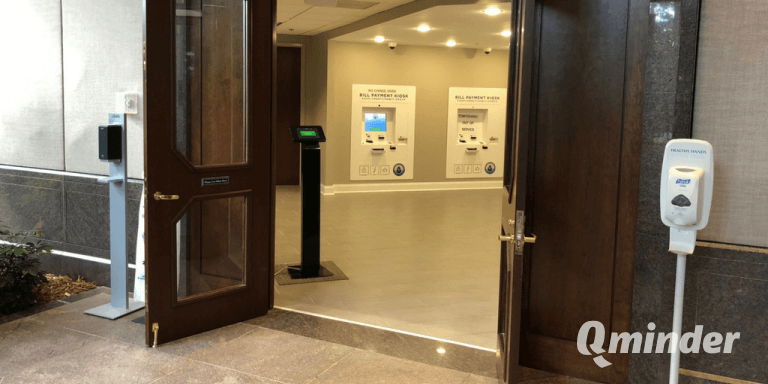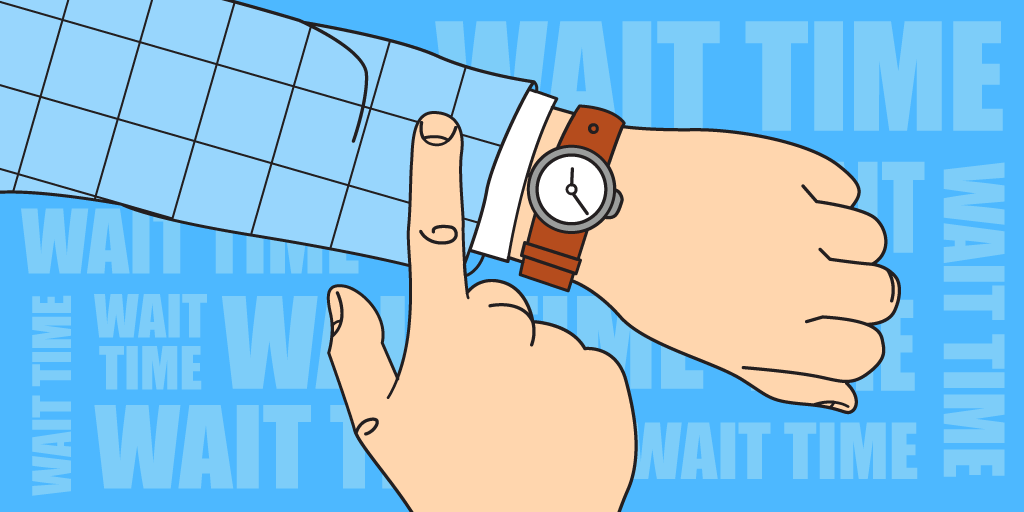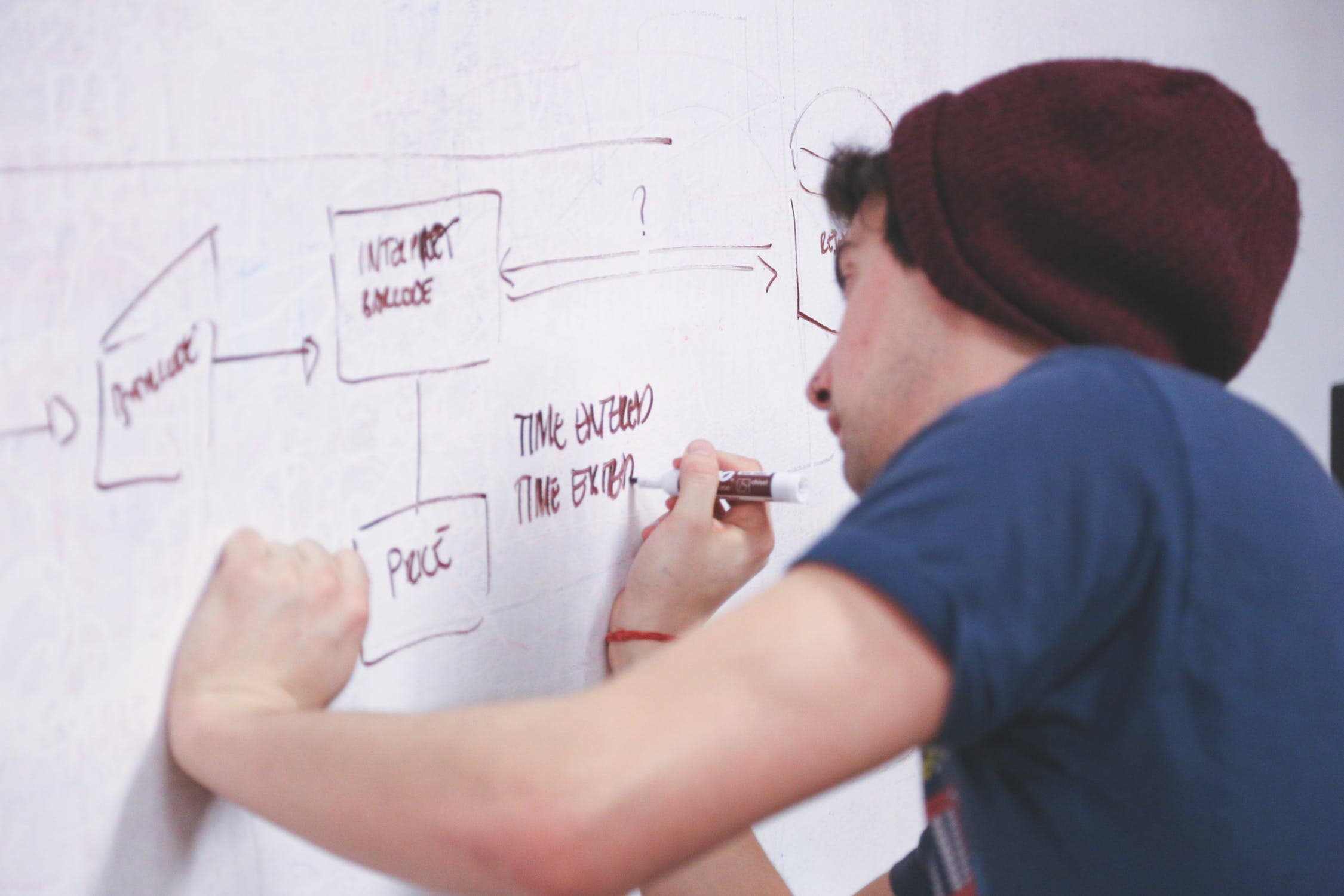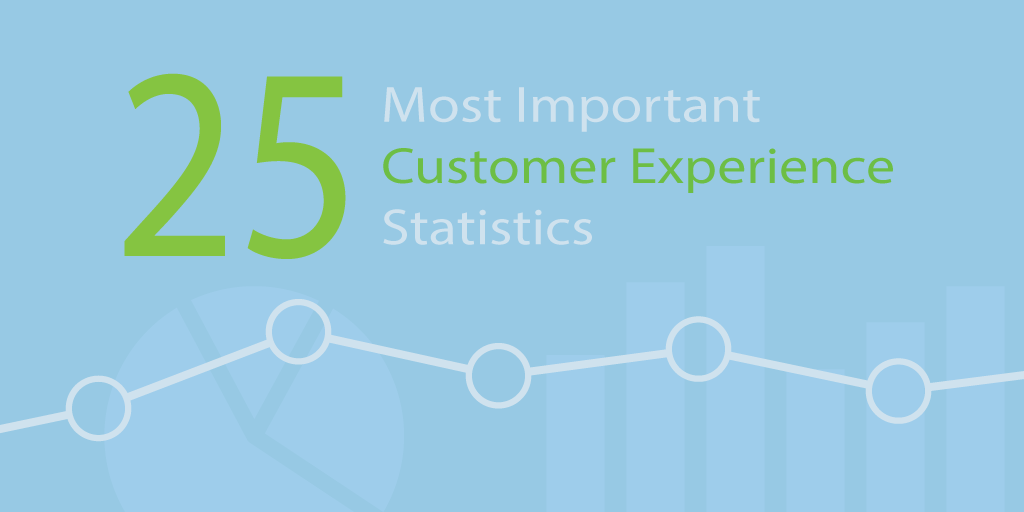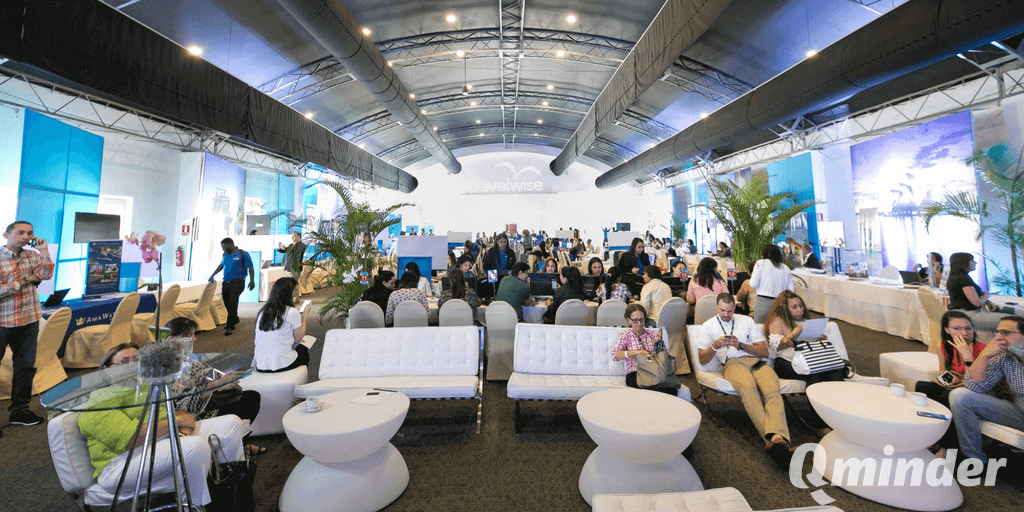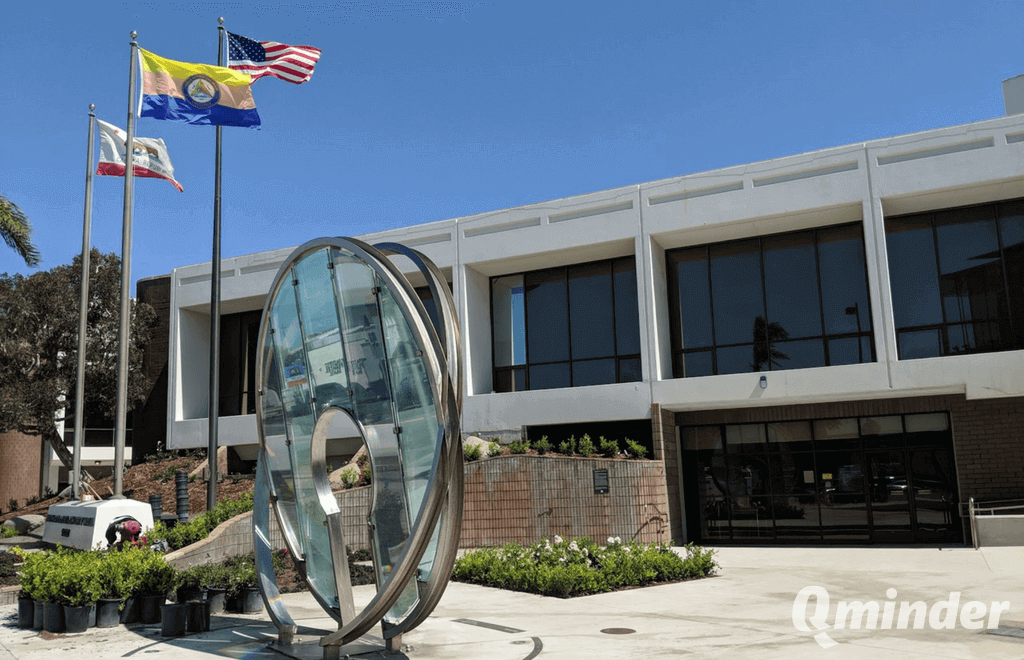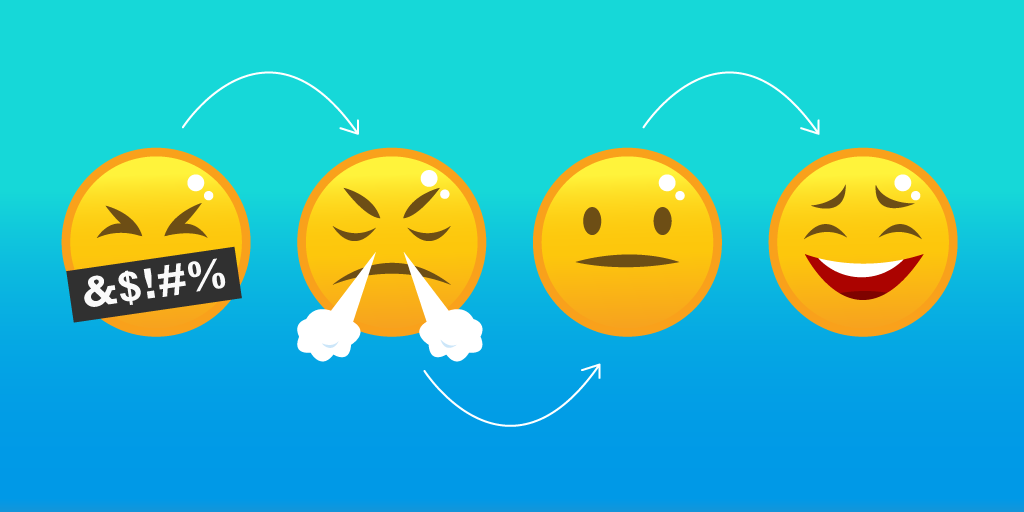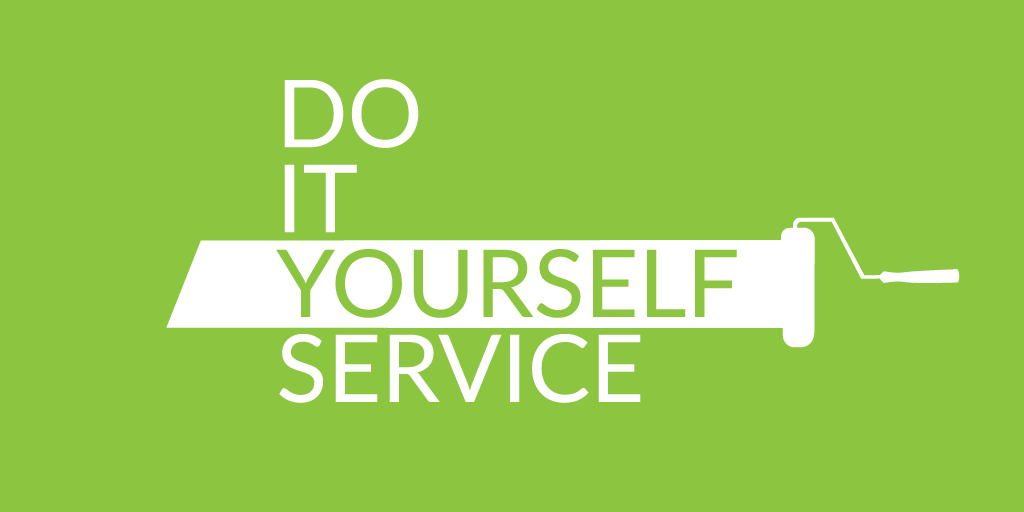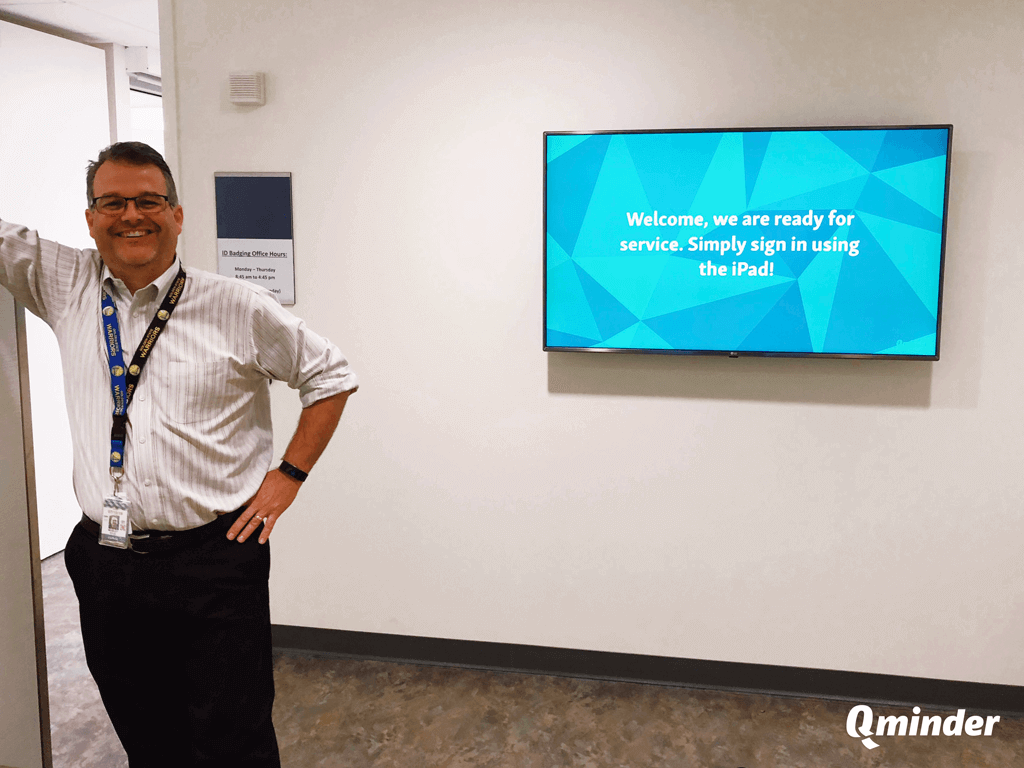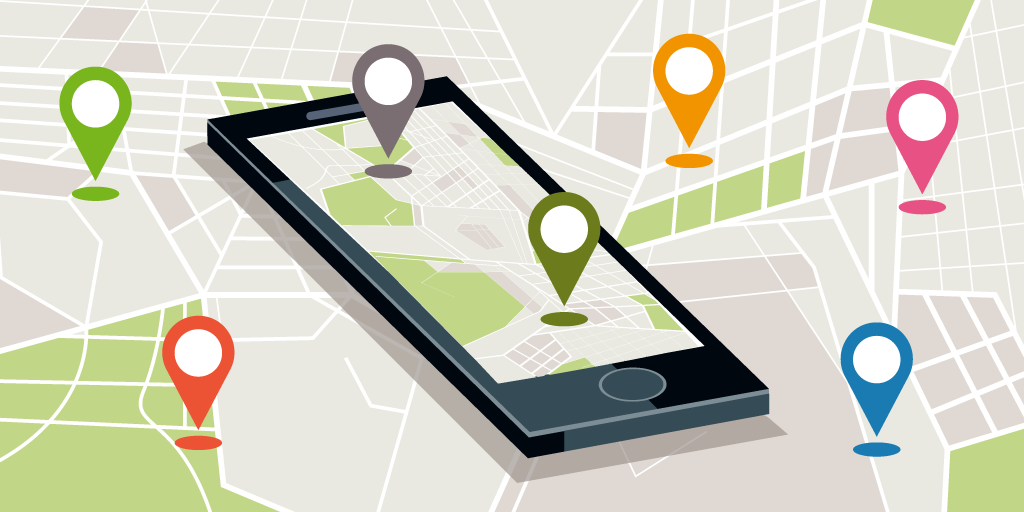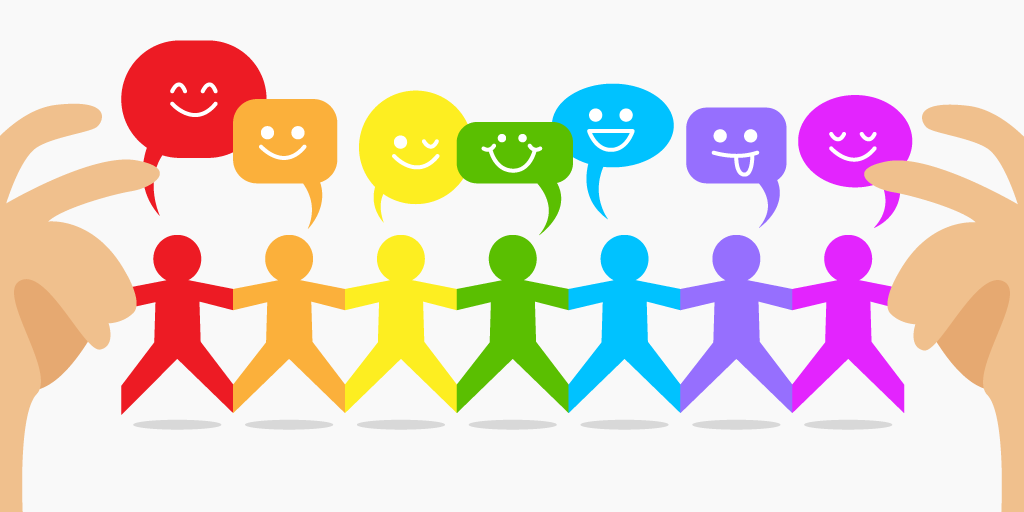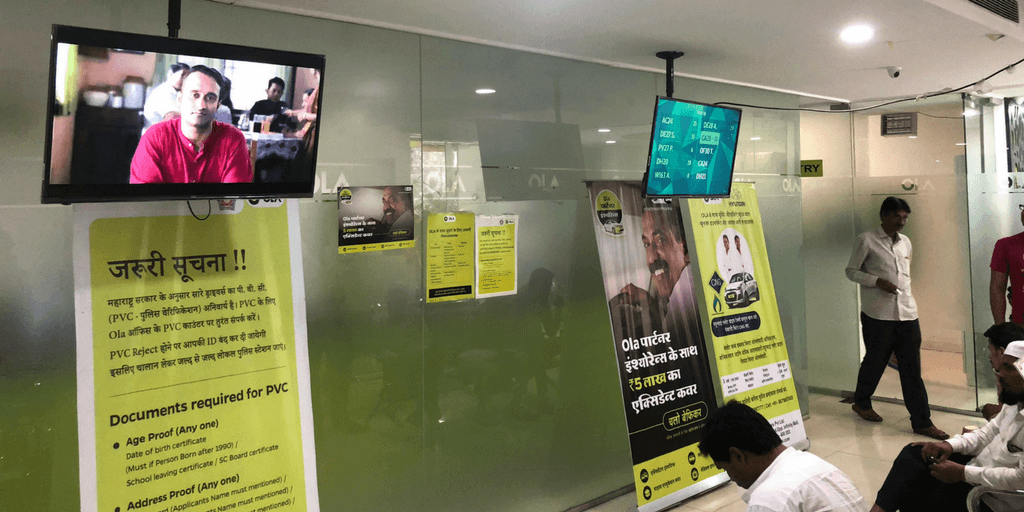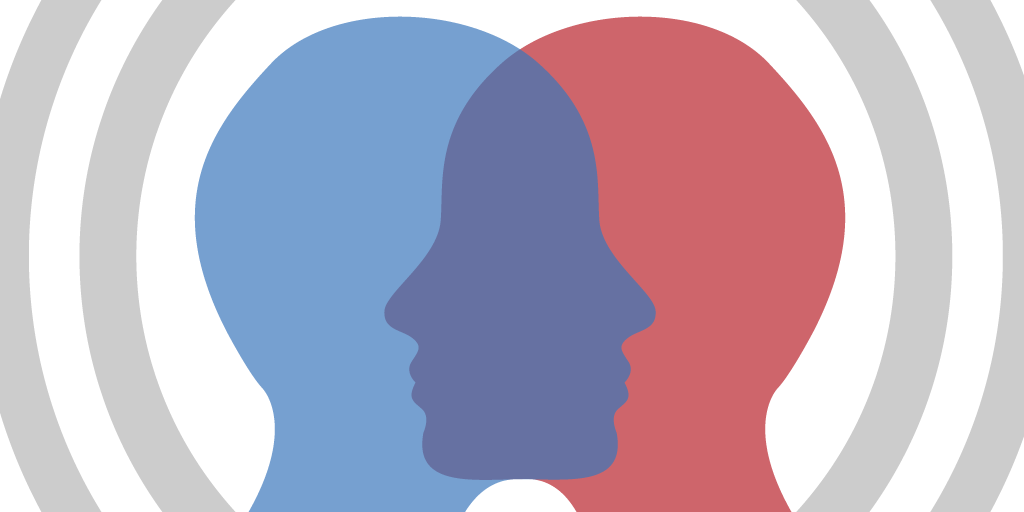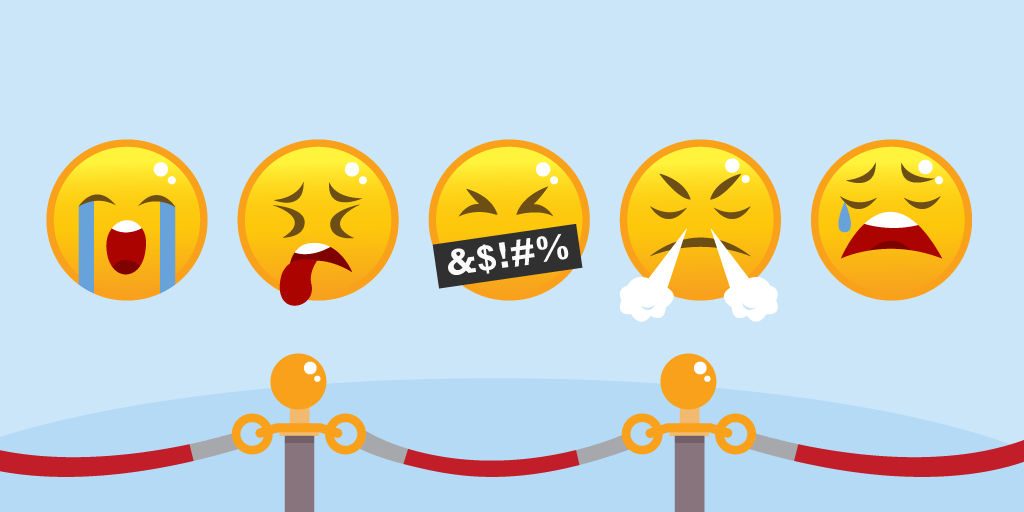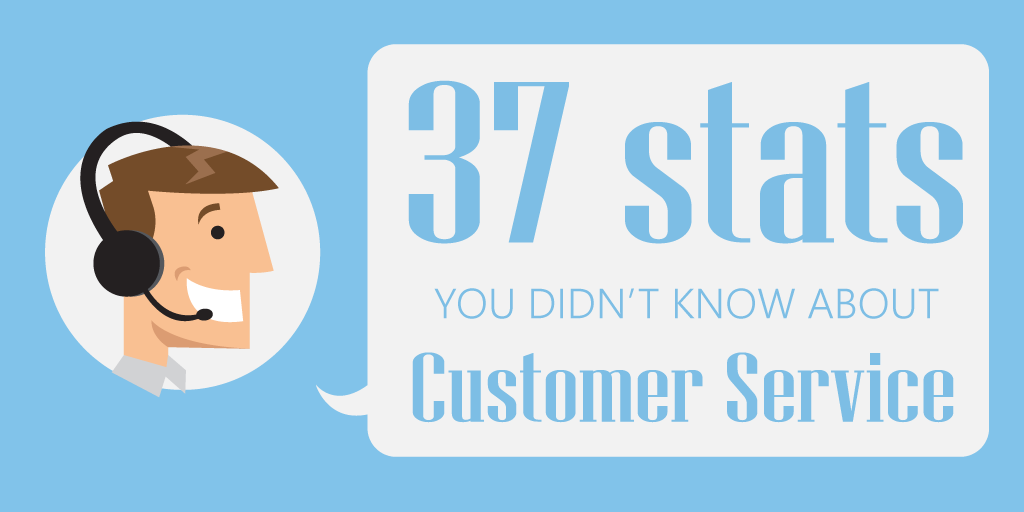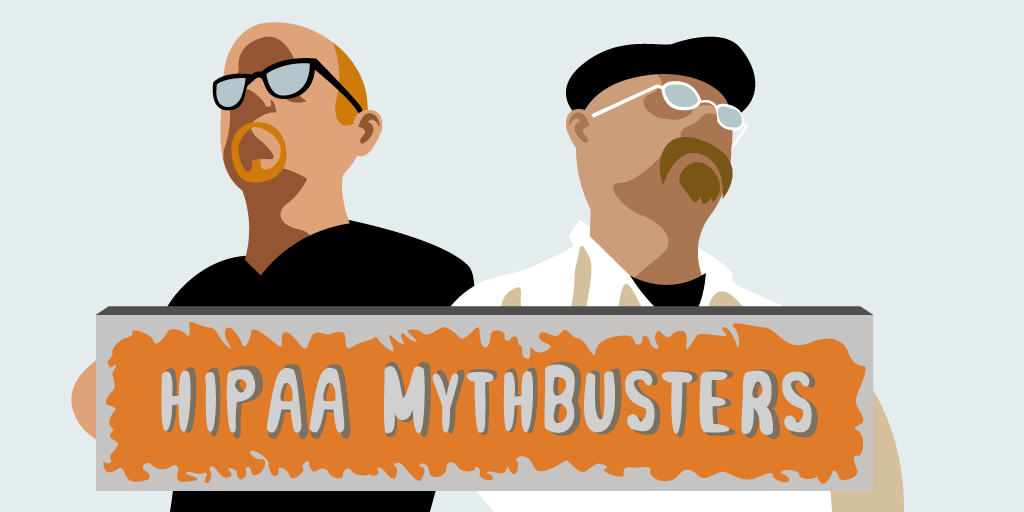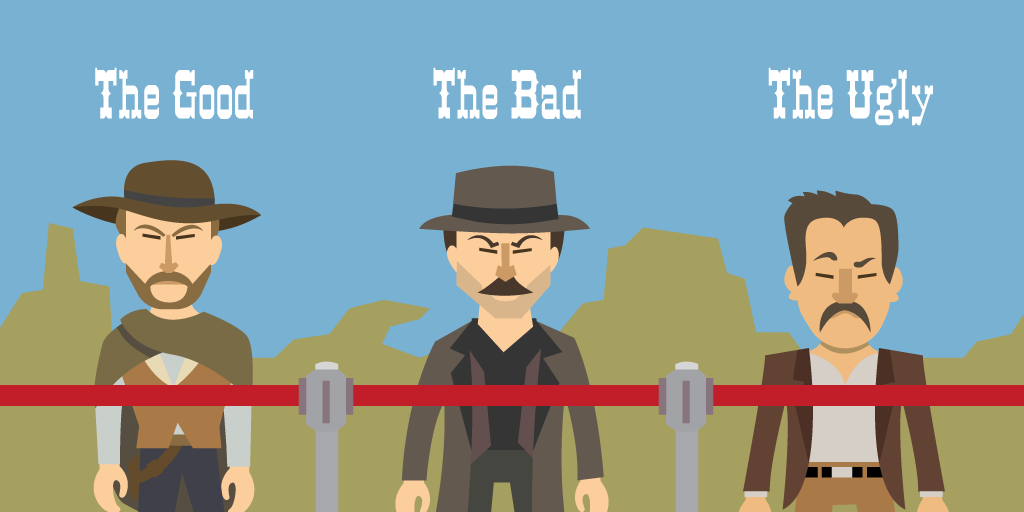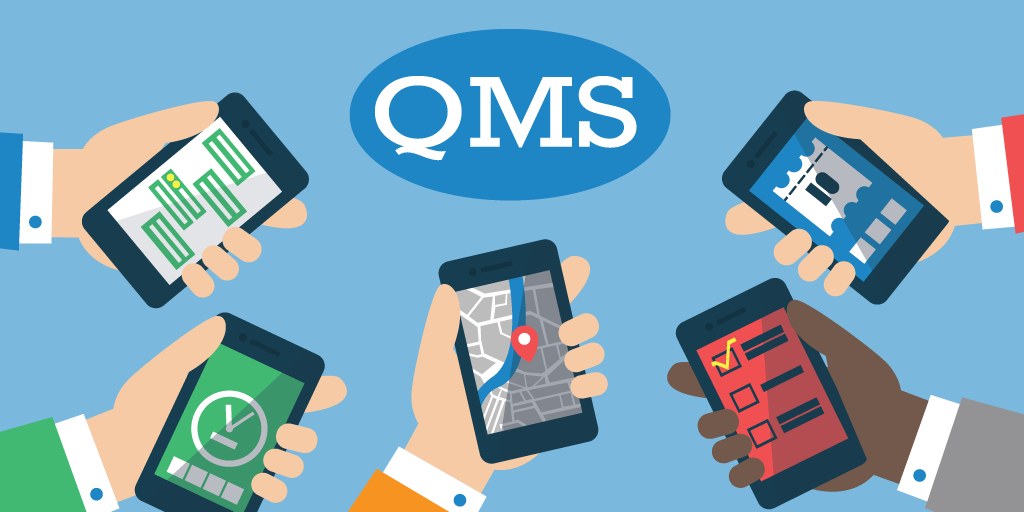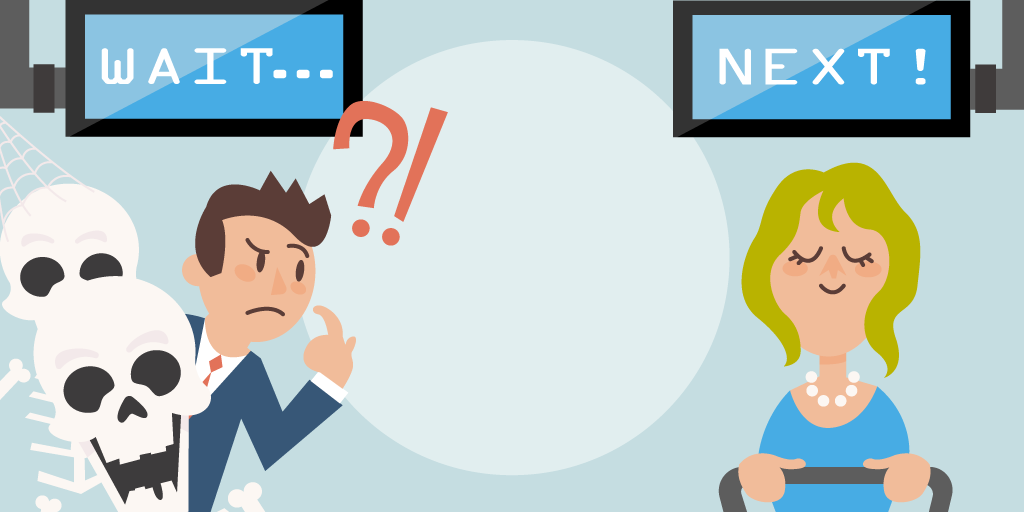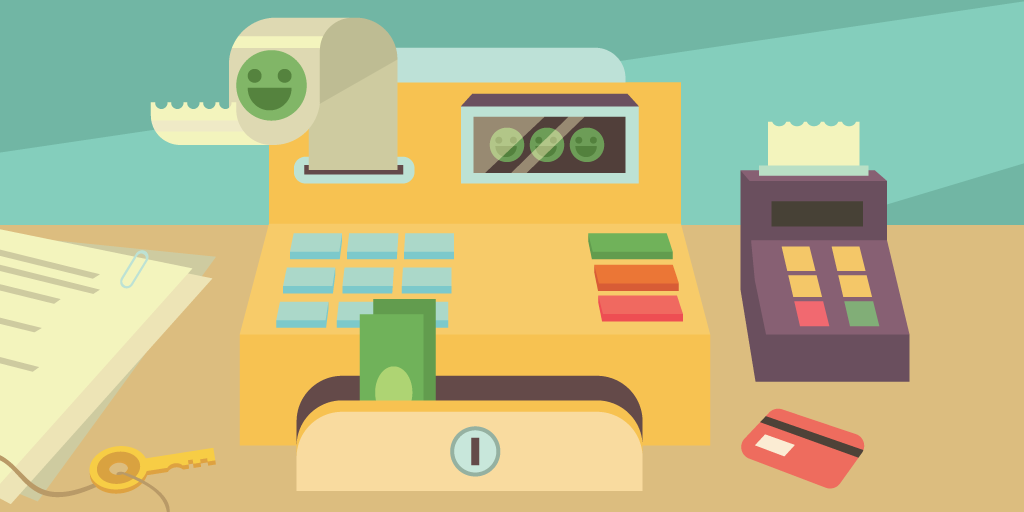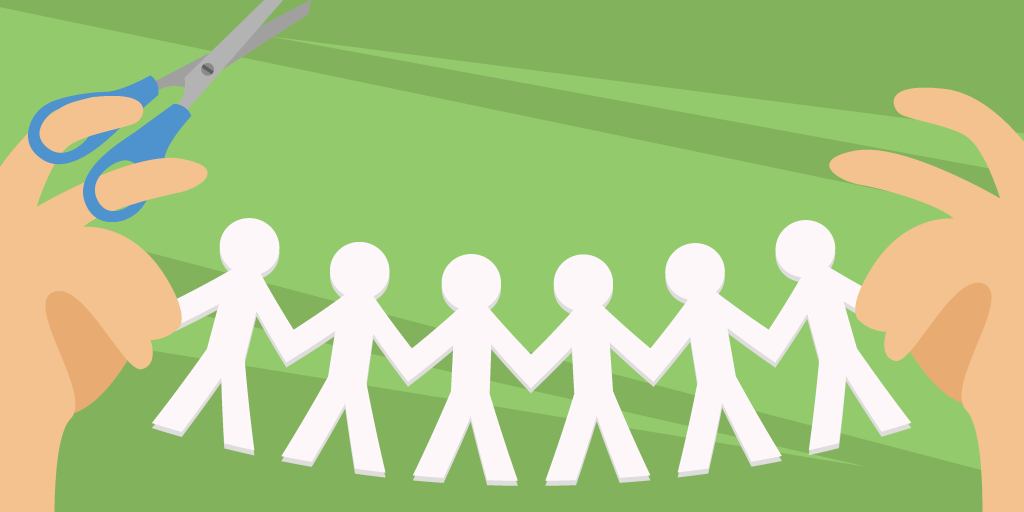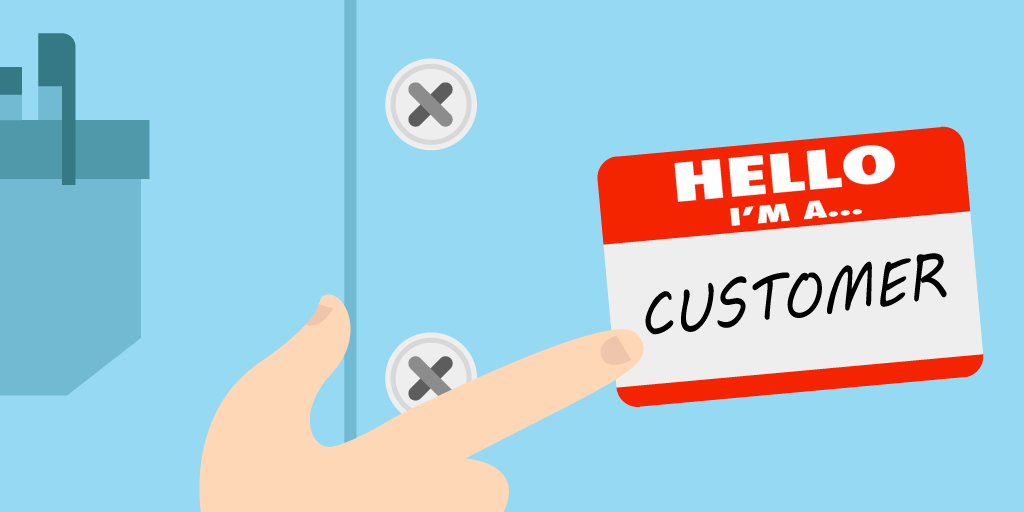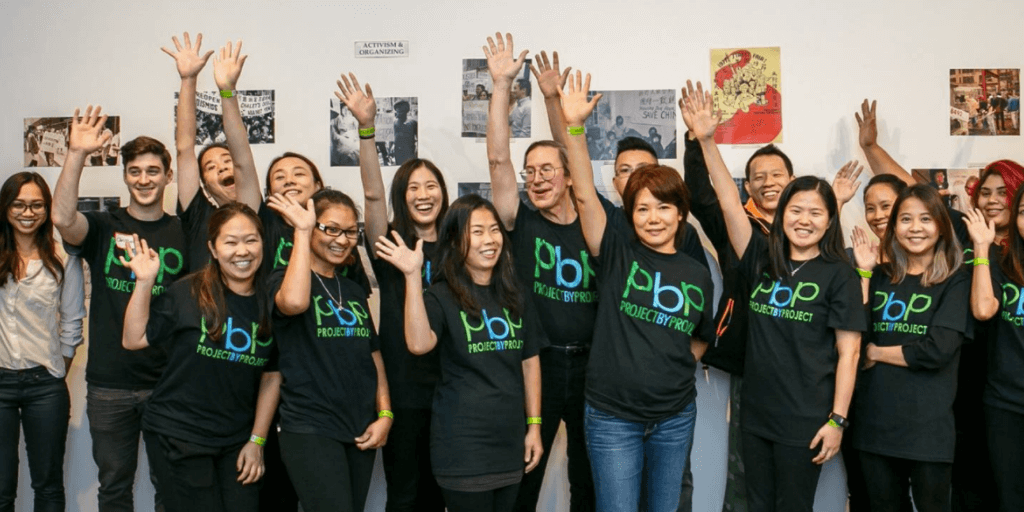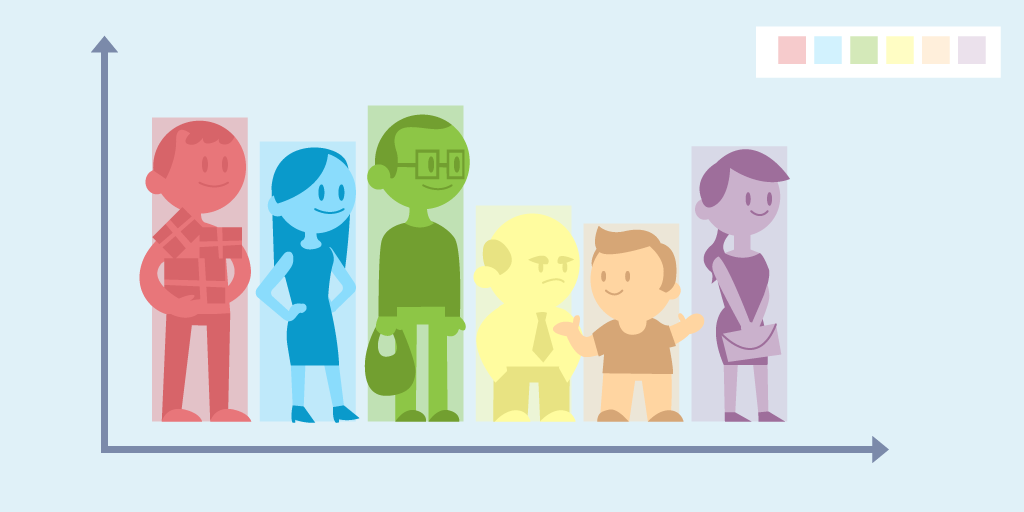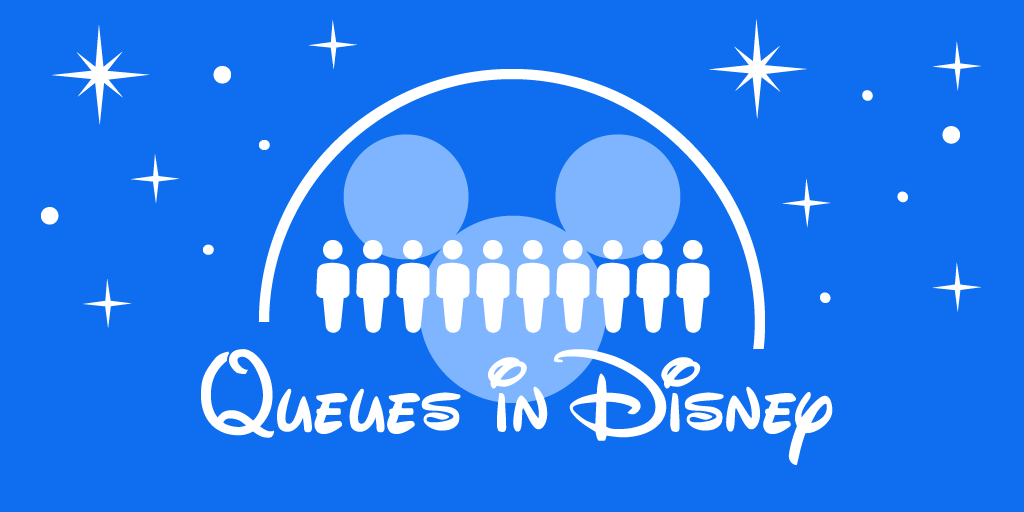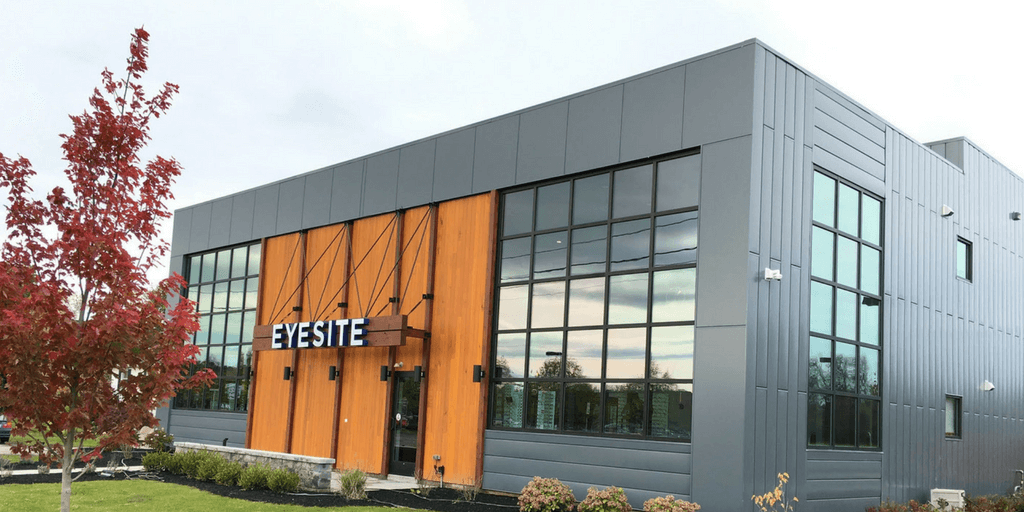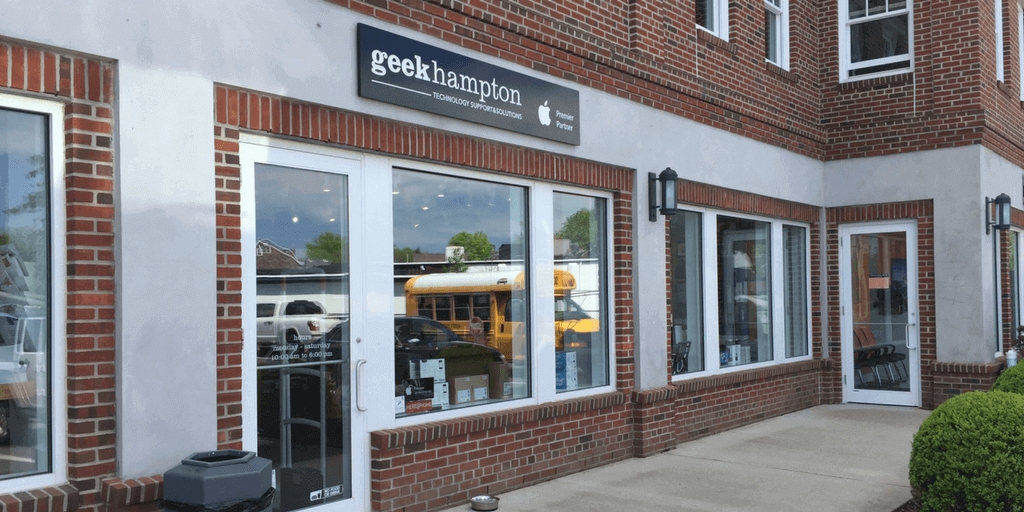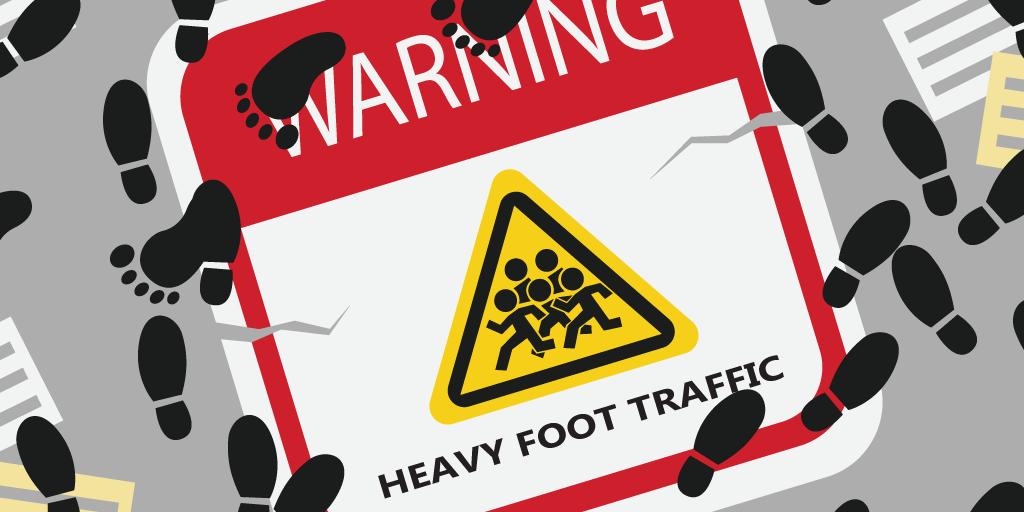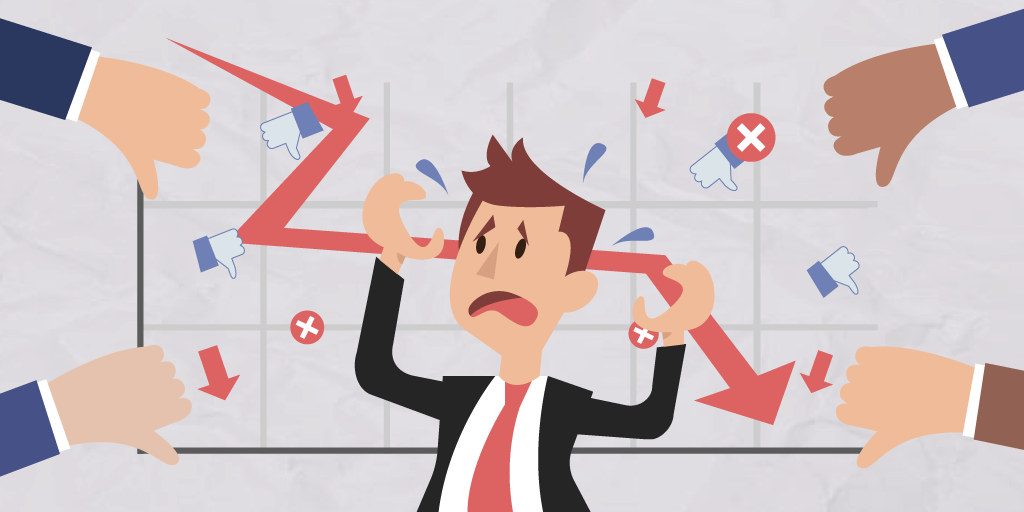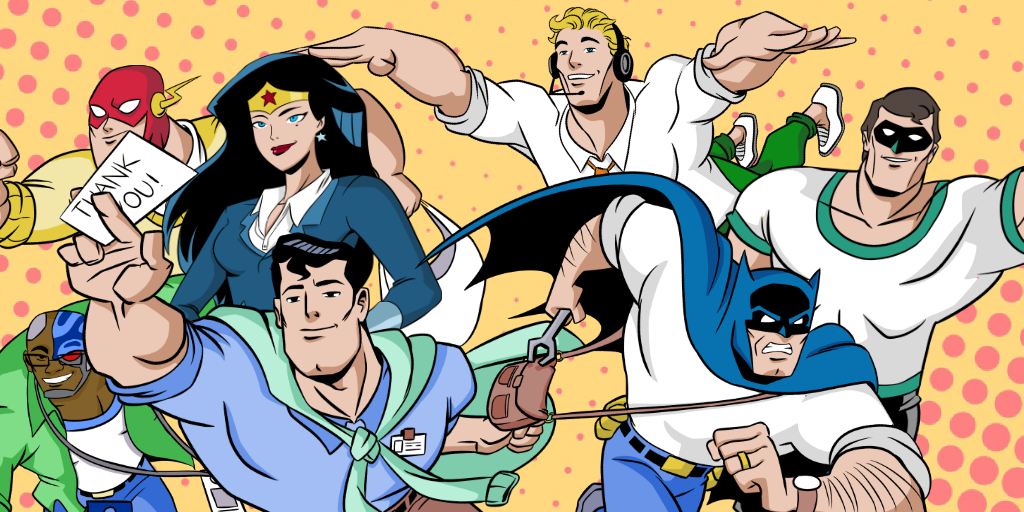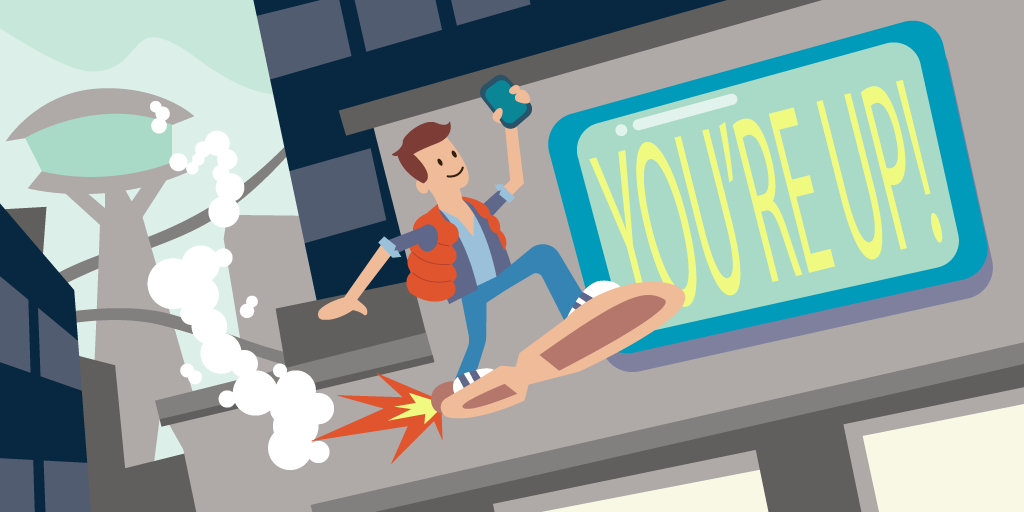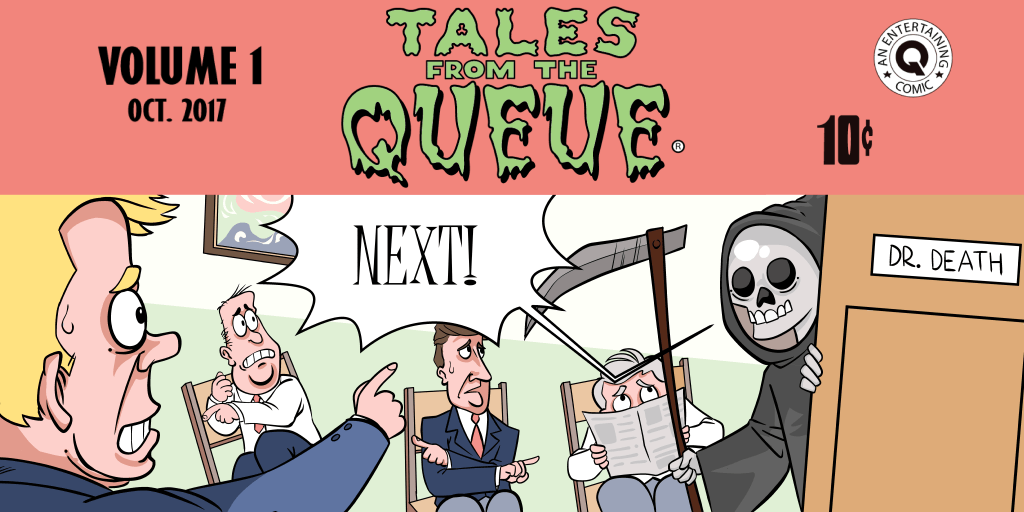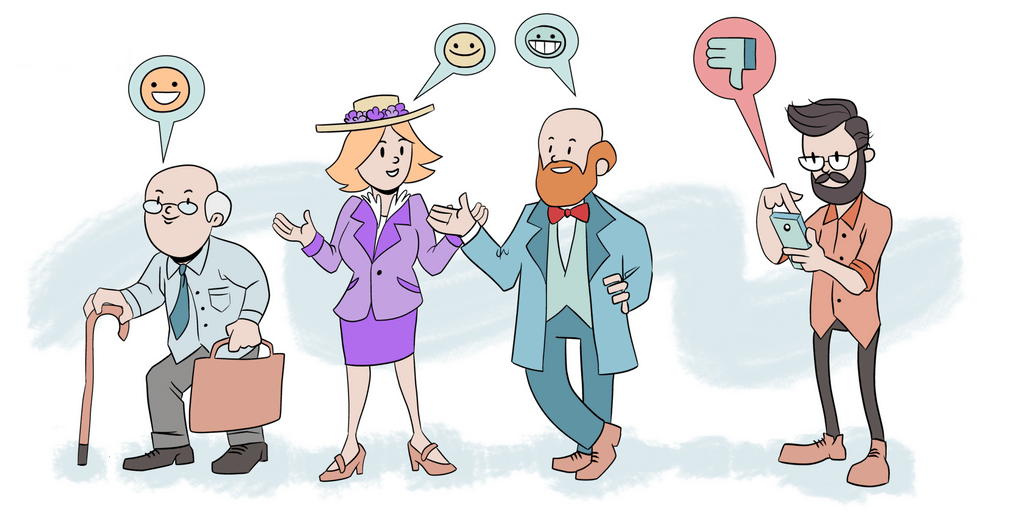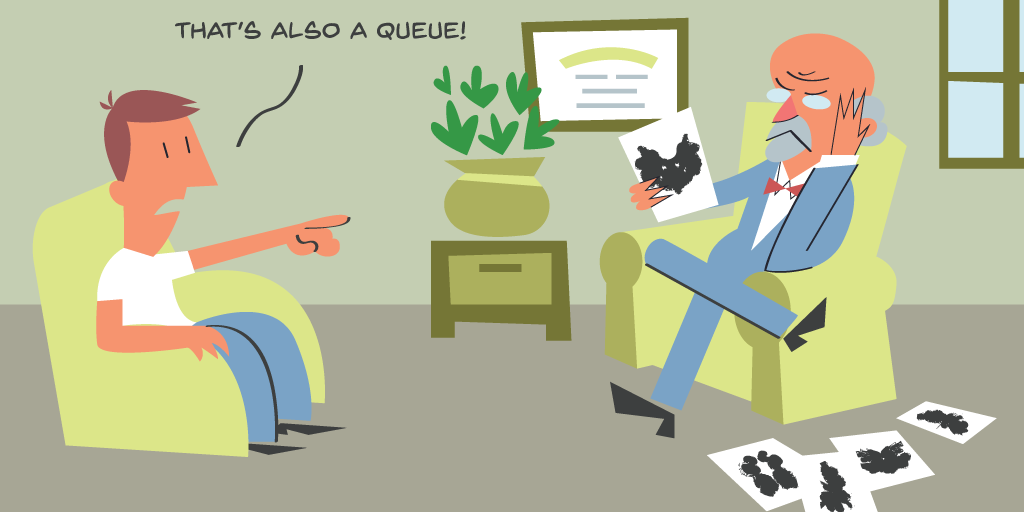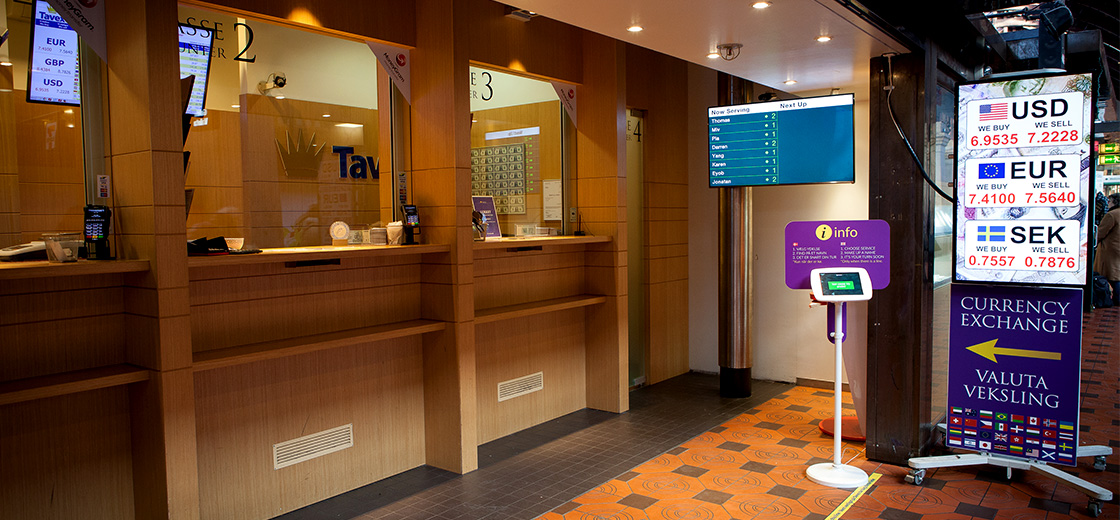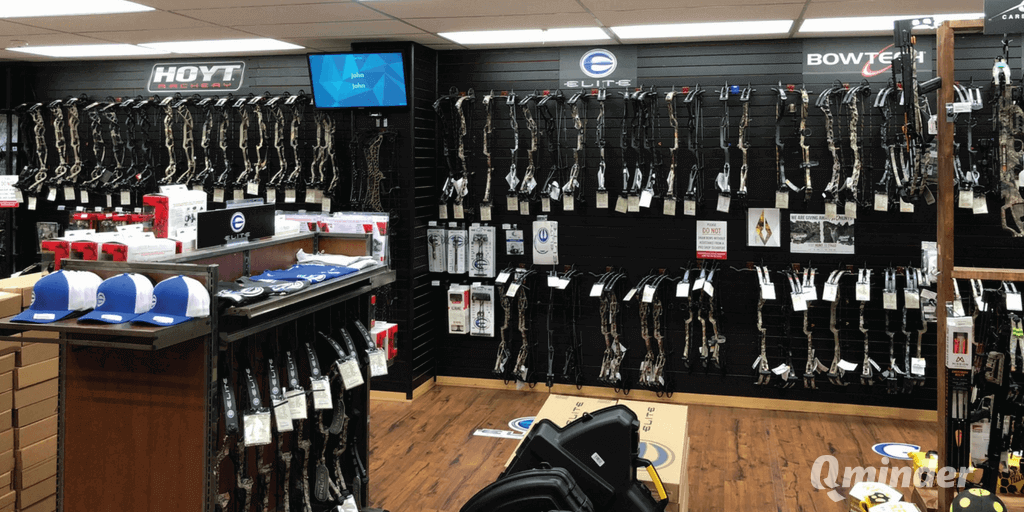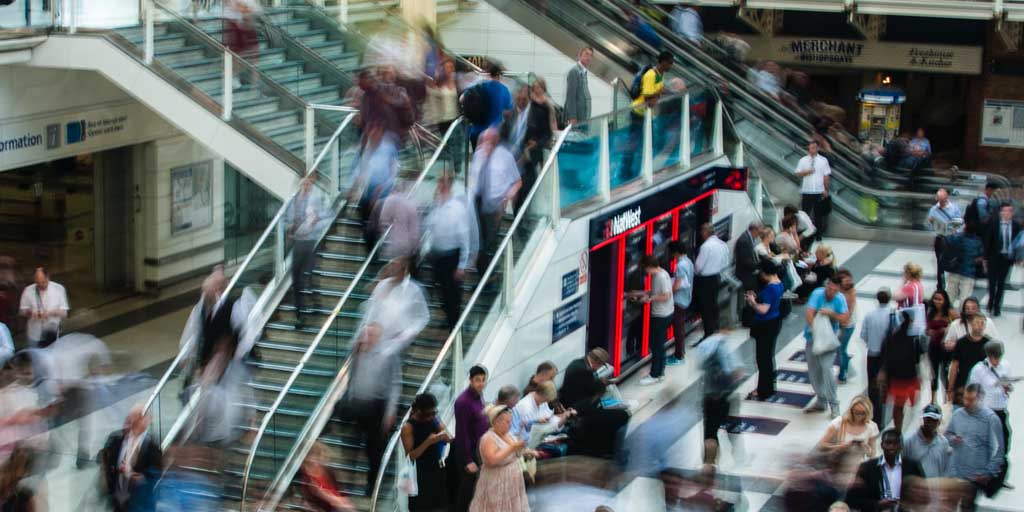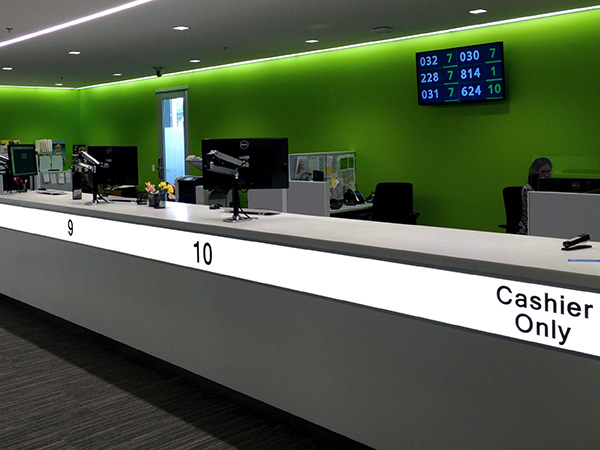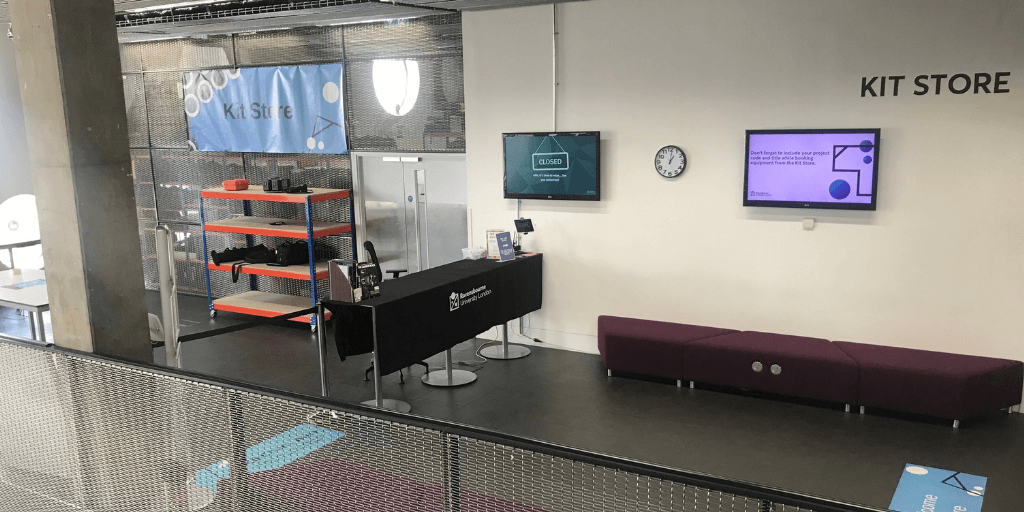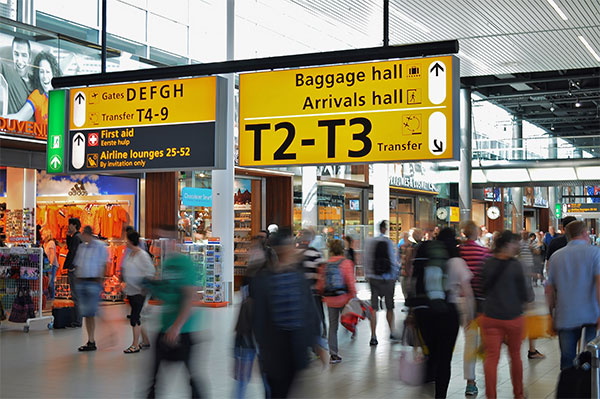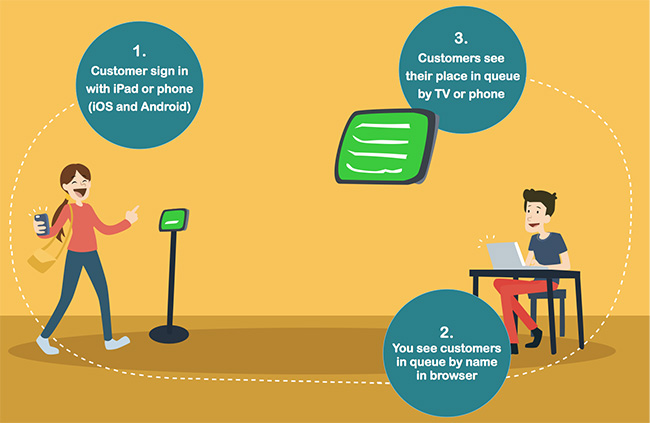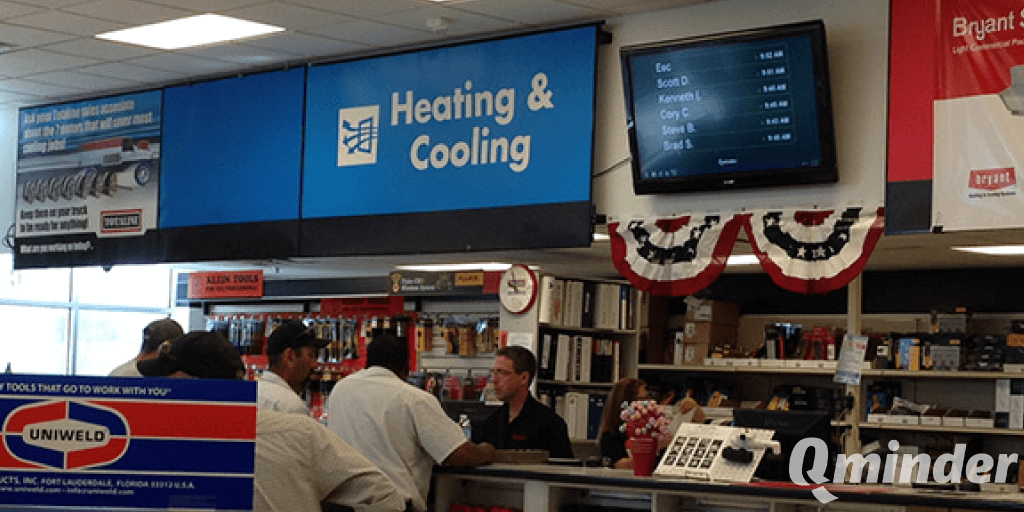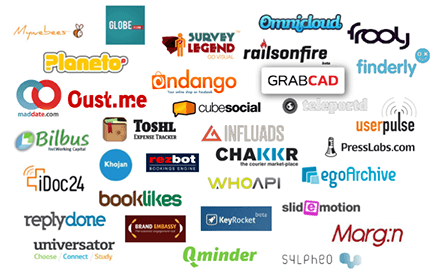Improving CSAT in Local Government Services: Effective Strategies and Tools
Discover how local governments can improve CSAT with better queue management, real-time feedback, and citizen-focused service tools like Qminder.
Read more
Introducing Appointments: Now Scheduling the Future of Queuing
Qminder Appointments is here: offer scheduled visits alongside walk-ins, streamline service, and manage both flows in one place.
Read more
Are Walk-Ins More Efficient Than Appointments?
Are walk-ins more efficient than appointments? Learn the pros, cons, and how queue systems like Qminder help manage both for smoother hospital operations.
Read more
How Local Governments Can Use Data-Driven Insights to Improve Queue Flow and Citizen Satisfaction
Discover how local governments can use data-driven insights to improve queue flow management and boost citizen satisfaction in city halls, DMVs, and beyond.
Read more
Best Practices for Managing Customer Flow in High-Traffic Government and Public Service Environments
Struggling with long lines and crowded lobbies? Learn best practices and tools for effective customer flow management in government & public service settings.
Read more
7 Strategies to Optimize Patient Flow in Healthcare
Learn how to optimize patient flow in healthcare using digital tools like self check-in kiosks and queue systems to reduce delays and improve care delivery.
Read more
HIPAA & SOC 2 Compliance in Digital Queue Systems: Best Practices for Secure Operations
Ensure secure operations with HIPAA & SOC 2-compliant digital queue systems. Learn best practices to protect sensitive data in clinics and public offices.
Read more
Improving Business With Service Intelligence
As important as customer service is, can you measure it? Is there a way to analyze your service efforts? Actually, there is — and it's Service Intelligence.
Read more
How Queue Systems Can Improve Customer Experience and Reduce the Effects of Waiting in Healthcare
Discover how modern queue systems help hospitals reduce wait times, boost patient satisfaction, and streamline operations for better care delivery.
Read more
What Is Virtual Queuing? A Guide to Virtual Queues
Virtual queue management systems improve wait times, boost efficiency, and enhance service. Learn how Qminder is the ideal solution for your needs.
Read more
How Investing in Self-Service Kiosks Helps Queuing
Discover how self-service kiosks improve queuing, boost efficiency, reduce wait times, and enhance customer experience across industries.
Read more
Single-Line Queues Vs Multiple-Line Queues: Which One Is Better?
Single-line queues vs multiple-line queues: which is better for managing customers? Let's talk about the pros and cons of single and multi-line queues.
Read more
How to Reduce Patient Wait Times in Hospitals
Reduce patient wait times with queue management and appointment scheduling that streamline check-ins, balance walk-ins, and optimize staff efficiency.
Read more
Key Factors That Affect Service Time in Government Services and How to Manage Them
Discover key factors that affect service time in government offices and learn how tools like Qminder help improve efficiency, satisfaction, and staff workflow.
Read more
Queueing Theory vs. Practical Queue Management: What Public Sector Agencies Can Learn
Discover how queuing theory compares to practical queue management in the public sector. Learn how real tools improve service delivery, efficiency & satisfaction.
Read more
Why Hospital Wait Times Are So Long
Discover why hospital wait times are so long and explore smart strategies to reduce delays, improve patient flow, and enhance the overall care experience.
Read more
What Are Self Check-in Kiosks and How Can They Improve Service Efficiency in Local Government?
Discover how self check-in kiosks streamline citizen services in local government, reduce wait times, and boost staff efficiency with real-time digital tools.
Read more
Why Your City or Government Department Should Switch to a Paperless Queue System
Discover why your city or government department should switch to a paperless queue system. Improve wait times, efficiency, and citizen satisfaction today.
Read more
How Appointment Scheduling Systems Enhance Customer Experience in Government Services
Discover how appointment scheduling systems like Qminder help local governments reduce wait times, boost accessibility, and improve public service delivery.
Read more
How Appointment Scheduling Reduces Administrative Burden in Local Government Agencies
Discover how appointment scheduling software helps local government agencies cut admin workload, streamline citizen services, and improve efficiency.
Read more
7 Features to Look for in Appointment Systems for Local Government Services
Learn how automated appointment scheduling in public offices boosts efficiency, reduces wait times, and improves customer satisfaction.
Read more
The Problem With Government Office Wait Times And How to Solve It
Struggling with long wait times in government offices? Discover the causes, impact, and smart solutions like Qminder to streamline the visitor experience.
Read more
10+ Best Waitlist App and Software [Updated 2025]
Discover the top waitlist apps in 2025 for restaurants, healthcare, and retail. Compare features and pricing to find the best fit for your business needs.
Read more
Why Automated Appointment Scheduling is Key for High-Volume Services in Public Offices
Learn how automated appointment scheduling in public offices boosts efficiency, reduces wait times, and improves customer satisfaction.
Read more
7 Ways Personalized Service Can Transform Customer Satisfaction
Discover 7 powerful ways personalized service can boost customer satisfaction, build loyalty, and set your business apart in today’s competitive market.
Read more
The Benefits of Appointment Scheduling Software in DMV and City Hall
Discover how appointment scheduling software can improve efficiency, reduce wait times, and enhance citizen satisfaction in government offices.
Read more
7 Best Appointment Scheduling Tools for Citizen Engagement in Public Services (2025)
The best government appointment scheduling softwares are Qminder, Acuity Scheduling, Setmore, Square Appointments & Appointy.
Read more
How Improving Citizen Flow Can Deliver Measurable ROI for Local Governments
Optimize citizen flow can deliver measurable ROI by lowering operational costs and enhancing resource allocation.
Read more
Maximizing Customer Satisfaction in Local Government Offices with Appointment Scheduling Tools
Learn how appointment scheduling tools can enhance efficiency, reduce wait times, and improve customer satisfaction in local government offices.
Read more
Understanding FIFO: First-In, First-Out in Queue Management
Learn about FIFO queue management, its benefits, and how it improves customer satisfaction, operational efficiency, and service fairness across industries.
Read more
Customer Satisfaction – Make Your Customer Addicted to Your Business
Improve customer service with cost-effective solutions, streamline operations, and boost loyalty by addressing common challenges with modern technology
Read more
Top 10 Qless Alternatives for a Queue Management System
Discover the top 10 Qless alternatives for effective queue management systems, designed to enhance customer experience, reduce wait times, and improve efficiency.
Read more
9 Best Strategies to Reduce No-Shows
Struggling with patient no-shows? Discover 9 actionable strategies to reduce missed appointments, improve attendance, and enhance patient experience.
Read more
How Queue Management Software Helps Government Offices
We associate public service with long wait times, but it doesn't have to be this way. A digital queue system can set things right for government offices.
Read more
What is Customer Experience and Why is It Important in the Government Sector?
Discover why customer experience is crucial in the government sector, how it impacts public trust, and how better service delivery improves citizen satisfaction.
Read more
Queue Management Systems: Cost vs. Benefits Analysis for Public Sector Agencies
Reduce wait times and improve efficiency with a queue management system. Explore the cost vs. benefits for public agencies & how the right system enhances service.
Read more
How Virtual Queuing Can Solve the DMV’s Long Wait Times
Reduce DMV wait times with virtual queuing. Discover how digital solutions improve efficiency, customer experience, and streamline operations for better service.
Read more
Walk-in vs. Appointment Scheduling: Choosing the Best Approach
Explore the pros and cons of walk-ins vs appointment scheduling & how the right approach with appointment queue management software can enhance business efficiency.
Read more
How to Choose a Queue Management System?
Learn how to choose the right online queue system for your business. Discover key features, benefits, and expert tips to streamline customer flow effectively.
Read more
Local Government Software Solutions: ERP, CRM, Accounting & More
Discover cutting-edge local government software solutions designed to streamline operations, enhance efficiency, and empower your community.
Read more
Public Sector Customer Service: Challenges and Best Practices
Discover effective strategies to transform public sector customer service and enhance citizen engagement in this comprehensive guide.
Read more
Government Customer Experience: Challenges & Best Practices
Explore the importance of government customer experience, key challenges, and effective strategies for comprehensive CX improvement and success.
Read more
Why Does the US Government Move So Slowly (Quick Answer)
Explore why the US government moves so slowly and learn how factors like partisan politics, regulatory hurdles, and public expectations shape decision-making.
Read more
Federal Agency Customer Experience Act: Key Insights & Impacts
Discover how the Federal Agency Customer Experience Act is reshaping government services and boosting public satisfaction with better CX standards.
Read more
Best Queue Management Systems in 2025
Explore the best queue management software, including Qminder, JRNI, and Qmatic. Compare features, pricing, and find the right solution for your business needs.
Read more
What is GovTech? Benefits + Strategies Explained
Discover what GovTech is, how it's transforming government services, and the challenges and opportunities it brings for modern governance.
Read more
Government Data Analytics: Types, Applications, and Tools
Discover how Government Data Analytics transforms public services with insights into tools, strategies, and best practices for data-driven governance.
Read more
Limited English Proficiency (LEP): Best Practices & More
Discover the challenges faced by individuals with limited English proficiency and explore effective solutions to enhance communication and service delivery.
Read more
Qminder Secures €3M Seed Funding to Revolutionize Service Flow Management
Qminder, a service flow management tool for government entities like city halls, secures €3M in seed funding to enhance customer experience.
Read more
How to migrate to Qminder from Qless
Qminder is the best alternative to Qless! Check our guide on how to migrate your Qless queuing system to Qminder. Set it up in minutes.
Read more
The Best Alternative Solutions for a Take-a-Number System
A look at a take-a-number queue system — how it works and why it's outdated. Treat your customers as they deserve by switching away from ticket machines.
Read more
32 Best Virtual Queue Systems – Free & Paid
See the best free and paid virtual queuing systems including queue management features such as remote check-in, notifications, and more.
Read more
Top 5 Qudini Alternatives for a Queuing System
Check the latest list of best Qudini and Veriny alternatives for walk-in visitor queue management systems and appointment booking.
Read more
How to Boost Patient Experience - 7 Essential Software Solutions
The secret to fast growth in healthcare is to provide a great patient experience. Check how systems like Electronic health records and patient check-in and queuing system can help you increase patient satisfaction.
Read more
25+ Best Patient Queuing Software
Check our list of best patient queuing and patient check-in systems to shorten patient wait times. Collect data about your hospital waiting room, and patient check-in services and improve patient satisfaction.
Read more
What is Queue Management System? A Definitive Guide
This is the ultimate guide to queue management and queuing systems. Learn more about queue management and the benefits of a queue management system.
Read more
4 Ideas to Reduce Customer Service Wait Times
The key to reducing wait time and making queues shorter is to make them enjoyable. Here are 4 simple ways to solve queuing problems.
Read more
How to set up Qminder at your location?
How to set up Qminder to deliver the best customer experience. Find out how to manage the waiting line and make happy customers, step by step.
Read more
4 Strategies to Reduce the Turnover Rate Among Medical Receptionists
Understand the cause of high turnover in healthcare and apply these strategies to improve staff satisfaction at your medical front desk for medical receptionists.
Read more
5 Reasons Why Hospital Queues Are So Long
Ever wondered why it takes you a lot of time to receive treatment in a hospital? Here are 5 reasons why hospital queues are so long and how to fix them.
Read more
The Importance of Greeting Your Patients
First impressions matter. All it takes to improve hospital experience is to treat your patients with respect, by greeting them using their first name.
Read more
Best Practices for Healthcare
Many hospitals are slowly realizing that customer service is a path to success. Question is, what are the best healthcare customer service practices?
Read more
8 Queue Management System Features Your Business Needs
What separates a good queuing system from a great one? Let's take a look at the list of 8 most important queue management system features.
Read more
A Guide to Implementing Queue Management Systems
Learn how to implement the different types of queuing systems such as virtual queuing, take a number machine, and self-check-in kiosks. Check the queuing systems’ pricing and hardware requirements before you decide.
Read more
4 Easy Ways to Modernize Patient Waiting Room Experience
Waiting is a part of hospital experience, but who said it can't be enjoyable? As medical equipment is being modernized, so should hospital waiting rooms.
Read more
The Ultimate Waiting Room Checklist: 65+ Ways to Enhance Your Space [PDF]
Download Qminder's ultimate checklist for 65+ tips and best practices on how to improve the waiting room experience in 2023.
Read more
How to Improve Patient Satisfaction in Hospitals
This is a guide to improving patient satisfaction in hospitals and clinics? Learn why patient satisfaction is important and how to achieve it.
Read more
The Effects of Waiting in Healthcare
Waiting seems a natural part of visiting a hospital, but what are the negative consequences of it? One thing for sure, hospitals need to fix this ASAP.
Read more
The Secret to Hospital Growth Is Patient Experience
“Patient” is another word for “customer”. Why not apply the retail standards of customer experience to healthcare? See your hospital grow as a result.
Read more
How to Enhance Your Customer Waiting Room Experience: #QminderAsks
Nobody likes waiting, but perhaps there is a way to makes customer waiting experience pleasant? Find out in today's issue of #QminderAsks!
Read more
7 Powerful Customer Service Phrases to Use
This is a list of 7 powerful customer service phrases. Learn how to make a positive impact on customer experience with these simple words.
Read more
How Cannabis Retail Benefits From Queue Management
The cannabis industry is a new cool kid on the block. The only thing that would let cannabis retail grow even faster is queue management.
Read more
The Effect of No-Show Appointments on Patients and Hospitals
This is an in-depth article about the effects of no-shows on healthcare. Learn how missed appointments cost hospitals 150 billion dollars a year and how to reduce the no-show rates.
Read more
4 Levels of Customer Loyalty: How to Keep Your Clients
This is a guide to customer loyalty. Find out the four stages of customer loyalty and learn the steps you need to take to improve customer satisfaction.
Read more
The Language of Queuing: Correct Etymology, Definition, and Uses
Is is "queue" or is it "que"? Is it "in line" or is it "on line"? Find out the correct etymology, usage and definition of queuing terms.
Read more
What Is a Queuing System? Definition, Examples, and Benefits
What is a queuing system and does your business need one? This is a guide to virtual queuing systems that provides examples of queue systems.
Read more
7 Common Customer Service Phrases to Avoid
This is a list of 7 customer service phrases to avoid when talking to customers. Learn which customer service phrases you should never say.
Read more
Introducing Qminder's New and Improved Service View
We've updated Qminder's Service New and introduced exciting new features. Learn about the upcoming changes and the process behind their design.
Read more
The Beginner’s Guide to Queuing theory
This is a beginner's guide to queuing theory. Find out the definition of queuing theory, its history, benefits and real-life applications.
Read more
Why You Should Listen to Your Customers (And Why You Shouldn’t)
This is an article on how listening to customers improves the experience and benefits your business. Learn why you both should, and shouldn't, listen to your customers.
Read more
11 Ways to Make Customers Fall in Love With Your Brand
How do you make customers fall in love with your business brand? This guide will help you increase customer engagement and loaylty.
Read more
Back in the USSR: The Art of Soviet Queues
You think you have it bad with long queues? Let's go a few decades back, to the Soviet Union bread lines. Today's essay is "Customer service in the USSR".
Read more
Free Sign-Up & Sign-In Sheet Templates [PDF]
Download free, printable sign-in sheet and sign-up templates. Get medical, visitor, event and student sign-up sheets in PDF.
Read more
70 Customer Service Quotes to Keep You Inspired
This is a list of 70 inspirational and motivational quotes about customer service. Get inspired by these excellent customer service quotes, sayings and proverbs.
Read more
7 Insanely Powerful Strategies to Manage Customer Wait Times
This is a beginner's guide to managing customer wait times. Learn these 7 useful service strategies to reduce waiting times for your customers.
Read more
Make Your Event Successful With a Queue Management System
An event queue management system helps organize public events and manage in-person attendees. Coordinate a successful event with a virtual queuing system.
Read more
It’s Official: Qminder Is SOC 2 Type II Compliant
Qminder takes your data privacy seriously, and we've got SOC 2 Type II certification to prove it.
Read more
Qminder Introduces Total Time for the Service View
Qminder introduces Total Time — a brand new time indicator that helps prioritize customer for the ultimate fair queuing experience.
Read more
Improving Service Intelligence With Qminder’s Latest Update
Qminder brings you new and improved service intelligence with our latest batch of product updates.
Read more
Powerful Examples of Contactless Customer Experience during COVID-19 Pandemic
Ever since "COVID-19" entered our vocabulary, contactless customer experience became a must. Learn the best tips for touch-free service.
Read more
Happy Birthday! Qminder Turns 10 Years Old
Qminder turns 10 years old! Join us 'round the bonfire as we share the stories of how Qminder came to be.
Read more
Scan COVID-19 Vaccine Certificates With Qminder
Improve customer experience by letting customers self-scan their COVID-19 vaccine certificates and COVID passes.
Read more
10 Steps to Creating a Data-Driven Design Culture
A complete guide to adopting a data-driven design mindset. Collect data about customer's behavior and interactions with your product to inform your design.
Read more
Improving Performance Tracking With Our Latest Update
The latest Qminder update brings you the improved Team Performance page, to help you assess team's effectiveness and guide your decisions.
Read more
How McDonald’s Self-Service Kiosks Changed the Customer Experience Game
McDonald's invested in self-service technology to achieve even greater profitability. Learn how to benefit your business with self-service kiosks.
Read more
5 Reasons Why Your Customers Leave Your Business
39% of consumers will avoid your shop after one negative experience. Want to know what makes them leave your business? Here are 5 main reasons.
Read more
Staffing & Scheduling With a Queue Management System
Make better staffing and scheduling decisions with a smart queue management system.
Read more
Consumer Behavior During and After Pandemic: 4 Trends to Watch
One of the casualties of the coronavirus pandemic was consumer behavior. It has changed in both major and subtle ways that businesses need to account with.
Read more
Introducing New Visitor History
Qminder's Visitor History has just got a new upgrade! Manage your visitors even faster with newly-improved dashboard.
Read more
New Whitepaper: Ridesharing and Queue Management [PDF]
Learn how queue management helps ride-hailing companies deliver a better experience to their drivers and managers and optimize operational costs.
Read more
Student Enrollment With Virtual Queuing
Student enrollment is the source of a lot of frustration for both students and administrators. Here's how high education can fix its queue problems.
Read more
Optimizing Business Through Smart Queue Management Analytics
Queue management isn't really about waiting lines; it's about data. Data provided by queuing solutions can help you optimize your business.
Read more
Digitizing Queue Token Dispensers
Queue token dispensers are one of the best tools to manage customer crowds, but there is a way to make them even better — by going digital.
Read more
Waitlist Monitor: Your Customers on Display
Waitlist monitors are tools that greatly enhance customer experience, by keeping them informed, occupied and at ease.
Read more
Why Your Pet Care Business Needs a Queue Management System
Animals wish for more pleasant waiting experiences, too. Learn how to leverage a queue management system in your pet care business.
Read more
Retail Strategies to Drive Growth in 2021 (And Beyond)
Retail strategies will change in 2021. What once worked in retail is no longer viable. Learn what your customers expect from you post-pandemic.
Read more
Redefining Customer Experience in Post-Lockdown Era
Post-lockdown customer experience is a different beast. Learn the best strategies for improving CX and customer service in the post-coronavirus world.
Read more
Customer Service Excellence: Personalized Service is Key to Growth
The importance of personalized customer service is hard to overstate. It impact customer retention, reviews, brand image — and ultimately, your success.
Read more
How a Queue Management System Benefits Every Industry
The benefits of a queue management system are plenty, but not universal. Different industries and businesses benefit differently from a queue solution.
Read more
Queue Management in Test Labs - Making Clinic Visits Safe
As test labs and clinics buckle under the pressure, it's time they adopted a queue management system to help them maintain capacity and keeps patients safe.
Read more
60+ Queue Management Facts and Statistics You Should Know in 2021
The most relevant queue management statistics and facts 2021. A regularly updated list of facts and numbers on queuing and customer experience.
Read more
How the City of Greensboro Manages Its Walk-In Visitors
Despite the pandemic, the City of Greensboro manages its walk-in visitors with ease, speed and security — all thanks to the Qminder queuing system.
Read more
Why Are Hospital Wait Times in Canada So Long?
Despite the high overall quality of healthcare, Canada ranks below average for hospital wait times. Why is this a problem and how can we solve it?
Read more
How Your Queuing Strategy Affects Your Bottom Line
Manage long lines and turn bad customer experiences around. Use queue strategies to turn the line into an opportunity to serve your customers better.
Read more
6 Queue Management Myths, Debunked
There are a lot of myths and misconceptions surrounding queues and queue management. Let's debunk the most widespread myths and uncover the truth.
Read more
Building Great Queue Management: A Step-by-Step Guide for Any Business
Queue management is something that a lot of companies do, but few excel at. Join the ranks of the latter with our step-by-step guide to great queuing.
Read more
Patient Journey Mapping: Making Healthcare Experience Better for All
Patient journey mapping is a way of visualizing the service experiences of patients over time. Here's why hospitals and clinics should use it.
Read more
Speed Matters: 10 Tips for Delivering Faster Customer Service
Providing time-sensitive customer service at a faster rate is how you stand apart from competitors. Here are 10 tips on how to deliver faster service.
Read more
Preventing Violence and Abuse of Frontline Workers
COVID-19 pandemic is making things tense, with customers lashing out at people who deserve it the least -- frontline retail and healthcare workers.
Read more
Gathering Customer Data to Improve Service Flow
When it comes to queuing, numbers play a big role. No, not the numbers on your ticket. We're talking about customer data that helps improve your service.
Read more
The World's Most Famous and Longest Queues
The history of the world has known many long queues, but only few get the unfortunate honor to be called The Longest Queues Ever. And here they are...
Read more
How Electronic Queuing Systems Improve Operational Efficiency
How important can an electronic queue management system be to your operational efficiency? Managing customer expectations starts with managing crowds.
Read more
How Social Distancing Can Work in Schools, Colleges and Universities
As schools, colleges and universities plan to reopen, the question is how to provide safety to students. Digital queue management is the answer.
Read more
Social Distancing After COVID-19: Learning From Pandemic
What happens to social distancing after pandemic? Customers are accustomed to increased safety and judge businesses based on whether they provide it.
Read more
Customer Service in a Post-Covid World
What is customer service going to look like after COVID-19? The coronavirus pandemic has changed the way businesses interact with customers.
Read more
How to Improve Customer Communication With SMS Text Messaging
R U GR8 @ TXT SPEAK? Maybe you should be, seeing how SMS is emerging as the best communication channel for customer satisfaction and retention.
Read more
5 Scientific Explanations for How Wait Times Impact Customer Behavior
How checkout lines and wait times affect shoppers, as explained by peer-reviewed studies on queue models, service practices and consumer behavior.
Read more
Using People-Counting Systems for Social Distancing
Due to the COVID-19 pandemic, businesses have to comply with restricting the number of visitors. See how people counters can aid in social distancing.
Read more
Safe Workplace Checklist: Prevent the Spread of Coronavirus at Work
It is the duty of business owners to keep both visitors and staff safe amid COVID-19. To help you out, we've come up with the workplace safety checklist.
Read more
Curbside Pickup: A Contactless Solution to Coronavirus Shopping
To ensure the safety of shoppers and employees amid coronavirus, businesses need to implement curbside pickup — a contactless solution to order delivery.
Read more
Reduce Patient Wait Times to Stop COVID-19 Spread
COVID-19 outbreak made it clear: healthcare requires a safe queuing system. Both staff and patients need to feel secure during coronavirus quarantine.
Read more
How ViaVan Enables Fast Driver Onboarding With Qminder
What sets ridesharing companies apart from other transportation providers is service excellence. See how ViaVan achieves this excellence even in onboarding.
Read more
COVID-19 Safety Guidelines: 7 Tips on Safe Queuing and Workplace Practices
COVID-19 has forced us to adopt remote working practices. What about queuing practices? Let's go over 7 tips to achieve customer and staff safety.
Read more
Tips on Safe Queue Management During Quarantine
In light of the COVID-19 outbreak, here's how you can protect yourself and your visitors by adapting your queue management to the new circumstances.
Read more
Qminder Introduces Improved Google Sheets Integration
Qminder's improved Google Sheets integration enhances customer data analytics, giving you tools for more accurate service decisions. See how to upgrade now.
Read more
What Retail Can Learn About Queuing From Video Games
Queues are everywhere around us: work, shops, even entertainment. Let's see what we can learn from how the video game industry handles queuing.
Read more
9 Proven Benefits of Online Queue Management Systems
From reducing wait times to boosting revenues, there are a lot of benefits of using a queue management system. Here are 9 biggest benefits.
Read more
The Ultimate Retail Holiday Calendar [PDF]
Take care of sales opportunities with Qminder’s month-by-month retail holiday calendar — with a printable PDF version inside.
Read more
The Future of CX: 14 Customer Experience Trends for 2020 (And Beyond)
Customer experience is predicted to overtake product and price in 2020. That's next year! Better start preparing for customer experience trends 2020!
Read more
Introducing User Details: A Quick Way to Measure Employee Performance
The ability to measure and compare employee performance is vital. Qminder does labor competition right, with the new User Details employee monitoring page.
Read more
21 Tips to Get the Most out of Small Business Saturday 2019
Millions of shoppers now turn out for Small Business Saturday each year. 21 practical tips to help make Small Business Saturday 2019 a success for you.
Read more
How Takealot Leverages Queuing Software to Enhance Order Collection
Learn how Takealot, one of the largest ecommerce retailers in Africa, uses queuing technology to decrease wait times and improve visitor satisfaction.
Read more
10 Lessons From Qminder’s Remote Work Trip to Georgia
Ever wondered what it's like to work remotely? Before becoming a digital nomad, consider reading our remote work guide, based on our experiences in Georgia.
Read more
Retail Checklist: Tips for Managing Crowds on Black Friday
Are your ready for shopper crowds on Black Friday? We bring you a retail checklist to make sure Black Friday 2019 will be your most successful day yet.
Read more
How to Train Service Staff for Peak Hours
Does your staff have everything it needs to provide great service? What about during peak times? Learn what you can do to make your staff's life easier.
Read more
St. John’s Medical Center: The Epitome of Patient-Centered Care
Does healthcare only include medical services, or is there more to it? St. John's Medical Center shows that even queuing plays a role in patient care.
Read more
Balancing Automation and the Human Touch in Click & Collect
To automate or not automate? Is it worth it to sacrifice the human touch to maximize the effectiveness of click & collect? Wait for a second opinion.
Read more
Using the Data From People Counters to Boost Service
People counters help measure footfall, i.e. the number of visitors, but they also help you measure the effectiveness of your customer service strategy.
Read more
What Are You Waiting For: The Queuing Theory in Practice
Queues surround us wherever we go and whatever we do. At home, work or in our free time, there's no escape. But are all queues truly made equal?
Read more
The Cost of Queues: How Improper Queue Management Affects Your Bottom Line
Time for some queuing theory: what is the cost of waiting in customer service? You'd be surprised how much revenue you miss out on by not fixing queues.
Read more
Weighing the Options: Can Queue-Jumping Be Fair?
Just imagine: you're standing in line for hours and as your turn is coming, somebody jumps in. Is queue-jumping ever called for? You may be surprised...
Read more
How to Create a Great In-Store Experience: #QminderAsks
What does QminderAsks have in store? Funny you should ask that, because we are talking about in-store experiences and how to make them great.
Read more
Girteka Logistics: Managing Candidate Visits
Even when there's only one day a year when you have queues, a queue management system is a must. See how Girteka Logistics manage their visitors.
Read more
How to Successfully Merge Offline and Online
What's the difference between offline and online, and which one is better? Today we're joined by Larry Kim, who gives tips on merging offline and online.
Read more
The Complete Guide to Queue Management Labels and Input Fields
Everything you wanted to know about how to use Qminder labels and input fields. Master the intuitive tools to better learn your customers.
Read more
Building the Queue Management Pyramid, From the Top Down
What is the queue management pyramid and how is it connected to customer experience? Find out how you can up your game by implementing a queuing solution.
Read more
Berkeley Rec Sports: Managing Visitor Experience
Passport renewal is usually characterized by long waiting times. But does it have to be this way? Berkeley Rec Sports proves that there is a solution.
Read more
How to Overcome the Biggest CX Challenges: #QminderAsks
Customer experience is not a sprint but a marathon, complete with hurdles. In today's #QminderAsks, we review CX challenges and how to overcome them.
Read more
What Game of Thrones Can Teach You About Customer Service
Game of Thrones may be a fantasy series, but its lessons has real life applications. Learn customer service the right way, through the GoT quotes.
Read more
LHV: Managing 170,000+ Clients With a Digital Queuing System
What do banks know about customer service? LHV knows a lot, actually! Learn how LHV boosted and personalized their service by reducing queues in banks.
Read more
How to Make Your Business Eco-Friendly: #QminderAsks
QminderAsks comes back just in time for the Earth Day. Learn the best green practices and make your business truly eco-friendly.
Read more
5 Key Takeaways From the X4 Conference
The X4 experience management conference organized by Qualtrics gathers the world's leading experience experts under one roof. Here are 5 lessons from it.
Read more
Why You Shouldn’t Build Your Own Queuing System
To build or not to build? When it comes to queuing systems, you'd better trust the already-existing products. They're faster, stronger and... cheaper, too.
Read more
Mowasalat: Effectively Handling Over 7,000 Drivers
Mowasalat, a forward-thinking transportation company from Qatar, is a shining example of how to treat employees fairly, and help them achieve more.
Read more
Why You Should Use Customer Names: #QminderAsks
QminderAsks brings you the opinions from the world's best experts on a customer service topic. Our first episode: Why you should use customer names.
Read more
Deliver Wow Customer Service: 5 Ways to Improve Waiting Experience
It's the experience economy, and your customers want you to "wow" them. Even waiting experience is greatly improved through wow customer service.
Read more
7 Japanese Words That Teach Great Customer Service
What do we know about Japan? Anime, sushi, samurai, Kurosawa, and... customer service! Learn these 7 Japanese words to master their customer service craft.
Read more
Dear Customer Service People: A Love Letter From Qminder
It's Valentine's Day! As lovers around the world exchange gifts and love letters, we sing serenades to people who most deserve it — customer service staff.
Read more
Helping Customers Help Themselves: The Benefits of Self-Service
Despite how popular self-service is with customers, companies are hesitant about implementing it. If only they knew the many benefits of self-service...
Read more
11 Queue Strategy Tips, Explained in Fewer Than 140 Characters
Of what use are the tips that are so long, you can't even memorize them? Here are 11 queue strategy tips that can fit in a single Twitter post.
Read more
Millennials vs Gen Z: How Their Customer Care Preferences Compare
Does generational gap exist when it comes to customer and marketing? Let's see how the purchasing preferences of Millennials and Generation Z compare.
Read more
It's a Christmas Miracle: Improving Santa Queues
Santa Claus can fly over the entire world in a single night, but can he handle queues? Find out how to improve the queue experience for mall Santa visitors.
Read more
The Periodic Table of Customer Service Elements
Customer relationship, like all relationships, is built on chemistry. In today's class, we are looking at the periodic table of customer service elements.
Read more
6 Customer Experience Trends in Healthcare
Patient experience becomes more and more important. To help serve patients better, take a look at six main customer experience trends in healthcare.
Read more
Nurturing Workplace Happiness in Customer Service [Part 2]
What can a manager do to help employees achieve workplace happiness? Find out in the second part of our guide to employee satisfaction.
Read more
Building Workplace Happiness in Customer Service [Part 1]
How does workplace happiness affect employees working in customer service? We are joined by a workplace happiness advocate to answer this question.
Read more
Beacon OHSS: A New Approach to Customer Service
What is rockstar customer service and how to achieve it? Take a master class from Beacon OHSS to learn how to treat your visitors the right way.
Read more
How to Prepare Your Store for Halloween
Halloween is coming! As you prepare to have good time with your friends, you also need to prepare your store, offline and online, for spooky season.
Read more
Why Take-a-Number Systems Suck: A Comprehensive Analysis
Many companies ask us, What are the cons of take-a-number machines? The correct question is, What are the advantages? Truth is, there are none.
Read more
Inside the Mind of Generation X: Millennial Spending Habits
What makes Millennials tick and stand apart as customers? Time to unravel the mystery that is the mind and spending habits of the Generation X.
Read more
Customer Experience Vs. Product: What's More Important?
Customer experience versus product: what should you invest in to get the most bang for your buck? CX is increasingly more relevant to business success.
Read more
Customer Experience Is the New Marketing
Is customer experience the new marketing? Spoiler: It is. The question is, how to properly harness all the benefits from investing in customer experience.
Read more
Stress Management Tips for Customer Service Pros
Stress always goes hand in hand with customer service. To help you keep a cool head when talking to customers, follow these stress management tips.
Read more
iShop Guatemala: How to Reduce Wait Times by Half
iShop is the leading Apple Premium reseller in the Republic of Guatemala. The secret to their success? Simple, they care about customer experience.
Read more
Survey Results: Stories From Customer Service People
You spoke, and we listened! The results of our very first customer service survey are in. Want to find out all the secrets of CS experts? Take a peek.
Read more
A Gentleman's Guide to Queuing Etiquette
Queues are already stressful, so why needlessly escalate the tension? Learn proper queuing manners, with A Gentleman's Guide to Queuing Etiquette.
Read more
How Nike Can Help Brick-and-Mortar Survive the E-commerce Wave
Nike's famous slogan is the kind of advice that can be applied to almost any situation. Even when improving the customer service, you've got to Just Do It!
Read more
Leveling Up the Medical Staff Experience
Healthcare puts a huge emphasis on patient experience, but what about medical staff experience? Newsflash: doctors and nurses matter as much as patients.
Read more
Retail Customer Service Tips, As Told by Customers
What does a customer seek in customer service? What are some tips that any customer could give a retail business so that it would improve its service?
Read more
Examples of Customer Service, As Shown on TV
Your mom probably said that watching too much TV is bad for you. Shows how much she knows! Turns out, movies are great for customer service inspiration.
Read more
Personalization in Healthcare
Is personalization in healthcare just a fad or is it a trend that is here to stay? The evidence suggests that you'd better start investing in it, and fast.
Read more
ToastMe Visitor Management
Sometimes, the best use of technology is the most straightforward. See how ToastMe manages its visitors traffic thanks to Qminder queue management system.
Read more
Examples of Great Customer Service in Retail
How else can you learn other than by learning from examples? Here are several real-life examples of exceptional customer service for you to learn from.
Read more
What Patient Experience Can Learn From Customer Experience
What is patient experience and is it related to customer experience? It seems that healthcare could learn something from retail, despite their difference.
Read more
The CEO Guide to Customer Experience
Customer experience is not just some extra value you give to customers; it's a philosophy you need to adopt. Even as a CEO, you need to understand CX.
Read more
Montgomery Water Works Visitor Management
Everyone can benefit from implementing great customer service, even a water services company. Montgomery Water Works is a testament to that.
Read more
Solving Customer Wait Times
Nobody likes waiting, so why force your customers to waste their precious time? There are 4 easy ways to make them forget about how long they're waiting.
Read more
Customer Service Is a Mindset, Not a Department
Is customer service the responsibility of just one department, or is it a form of a mindset that you need to adopt? Spoiler: it's the latter.
Read more
Happy Employees Make Happy Customers
Every business owner wants to make customers happy, but aren't you forgetting about someone? Employees need some love too if you want to achieve success.
Read more
Improving Experience Through Data, the Tesla Way
How does Tesla, a car company, manages to excel at customer experience same way as Apple? The two-word answer to that is, data analysis.
Read more
Your Guide To Service Design
Whether you are creating a new service or enhancing an old one, understanding every part of your customer's interaction with your business is important. If you are uncertain how to do it, service design is exactly what you need!
Read more
4 Essential Lessons For Retail Sector From This Non-Profit Organization
Solely providing great service is not enough anymore. Clients are looking for extra value when shopping with retailers and StreetCred happens to have some essential lessons for providing this value.
Read more
25 Most Important Customer Experience Statistics
Numbers may not tell the entire story, but to understand the importance of customer experience, you need to know these customer experience statistics.
Read more
Disney's Customer Experience Excellence
Disney produces not only enjoyable animated features but also delightful visitor experiences. How do they manage to still do this, year after year?
Read more
La Cité Student Management
Is it ever too late to learn? La Cité, a major community college in Canada, proves that in education, as in retail, experience is king.
Read more
007 James Bond Skills of a Great Customer Service Agent
Who didn't dream of becoming a super agent like James Bond? While secret service is not for everyone, its lessons can be applied to customer service.
Read more
7 Easy Tips to Make Customers Fall in Love With Waiting Rooms
What makes for a good waiting room? Should it consist of a chair and a clock on the wall, or are there more aspects to delighting your waiting customers?
Read more
Travelwise Visitor Management Solution
Travelwise found a way to not only efficiently manage their expo visitors but also provide incredible customer service experiences.
Read more
Customer Service – To Automate, or Not to Automate, That Is the Question
Automated customer service offers a lot of perks, but is it really the best choice? Find out the downs and ups of both automated and non-automated service.
Read more
The Key to Succeeding Like an Apple Store
You're only as good as your teacher, so who better to learn retail success from than Apple? It's not about product anymore, it's about customer experience.
Read more
What Customer Journey Mapping Is and How to Create it
A customer experience specialist needs to be somewhat of a cartographer. To truly help your customers, you need to create a customer journey map.
Read more
City of Manhattan Beach Visitor Management
The city of Manhattan Beach is a close-knit community that has prospered thanks in no small part to their understanding of what makes experiences great.
Read more
Mastering Customer Loyalty in the Digital Era
77% of consumers withdraw their loyalty at a quicker rate than 3 years ago. If you don't want this to happen to you, you need to embrace customer loyalty.
Read more
GDT Visitor Management at Cisco Live
GDT is an IT solutions provider that specializes in delivering excellent visitor management and visitor experiences powered by advanced technologies.
Read more
Winning Over Angry Customers With Customer Service
As Master Yoda taught, "Anger leads to hate. Hate leads to suffering". Customer anger is the clearest sign that something is wrong with your service.
Read more
Creating a Customer Empathy Map
Understanding your customers is a long, exhausting journey. And just like any other journey, you can't take this one without a map — a customer empathy map.
Read more
8 Customer Service Lessons You Need to Learn
There's no shortcut to implementing great customer service, but there are shortcuts to learning about. Take a look at 8 important customer service lessons.
Read more
The Art of Comparing Business Locations
Is comparing business locations like comparing apples to oranges? There's a point to looking closely at your locations, to see what's been working and why.
Read more
Personalized Customer Experience in Retail
Nobody enjoys cold, impersonal customer service. In the age of individuality and diversity, personalization is a key aspect of good customer experience.
Read more
How Technology Enhances Employee Experience
You can't level up your customer service without experience — employee experience, that is. Thankfully, technology can help you enhance their satisfaction.
Read more
Self-Service as the Future of Customer Service
If you want to do something right, you have to do it yourself — that's the idea behind self-service, an increasingly important part of customer service.
Read more
5 Customer Experience Mistakes to Avoid
Understanding what your customer want is not only about what to do, but also what not to do. Here are top 5 customer experience mistakes you ought to avoid.
Read more
What is the Customer Experience Pyramid?
93% of customer experience initiatives are bound to fail. To help you understand why this happens, take a look at the customer experience pyramid.
Read more
Customer Service Lessons From the Airline Industry
If you want to improve customer experience, you look everywhere for inspiration. Even airlines can teach you a thing or two about customer service.
Read more
4 Knows of Tailored Customer Service
A service tailored to your customers: sounds great, but there are things to know if you want to provide it. In fact, here are 4 knows of personal service.
Read more
Oakland Airport Employee Management
Oakland Airport is a leading example of how companies can take up innovations to make the life of their employees better.
Read more
8 Powerful Ways to Empower Your Employees
Power to the people! Want your business to grow and flourish? Then invest in employee empowerment. After all, you and your employees are one team.
Read more
How to Win Back the Hearts of Customers
Is there a rewind button when it comes to customer service? Can you really win back your lost customers? You might, if you follow these guidelines.
Read more
Customer Service Strategy, as Taught by Star Wars
Star Wars and customer service. Could these two things be farther from each other? Turns out, there are many good customer service advices in these movies.
Read more
How to Ask Questions to Get Customer Feedback
Getting customer feedback is not only about questions, but asking the right questions at the right time. Want valuable feedback? Follow these guidelines.
Read more
7 Customer Retention Strategies That Really Work
Getting customers is one thing, but how do you retain them? Customer retention is no easy task, unless you try these 7 tested and proven strategies.
Read more
Use Location Data for Better Customer Experience
To improve your customer service, you should take full advantage of location data. Analyze what your location are doing right and replicate the effect.
Read more
9 Healthy Habits of Customer Service Agents
Customer service is something you can always get better at. As long as you stick to these healthy habits of customer service, you should enjoy success.
Read more
Do You Really Provide Great Customer Service?
You probably think you already provide great customer service, but how can you tell? There are several signs you're on the right track with your service.
Read more
4 Simple Strategies to Improve Customer Satisfaction
Improving customer satisfaction is just a matter of choosing the right strategy. For those just starting out with customer experience, here's a quick guide.
Read more
5 Questions to Ask Your Customers
Any great development starts with the right question. And what better way to ask this question than during a customer survey?
Read more
The Future is Here — New Qminder Feature
Greeting customers is important but also tedious. If only there was someone to do it for you... No worries, your savior is here — and his name is Steve.
Read more
7 Ways to Make Customers Happy With Your Writing Skills
Is writing important to customer service? If you don't want to scare potential customers away, you need to learn this 7 valuable writing skills.
Read more
Ola Visitor Management System
Ola, one of the largest ride-sharing companies, proves that customer service matters. With Qminder's help, they hope to improve their service even further.
Read more
How to Show Empathy to Customers
Can empathy be taught? Only if you're willing to put yourself in your customer's shoes. Empathy begins with understanding another person's perspective.
Read more
A Beginner’s Guide to Employee Experience
It's not just your customers who want greater experience. Your staff needs one, too. This guide will give insights into improving employee experience.
Read more
Numbers Do Lie, or a Story of the Most Patient Visitor Ever
Patience is a virtue, or so we're told. How much of a virtue is it when you're made to sit for 5 hours? This is a story about the most patient visitor ever.
Read more
How to Train Your Employees in Customer Service
"Customer service is important" is not something that needs to be explained. What needs to be done, however, is training your employees in customer service.
Read more
Westchester Community College Student Management
Despite being the county's largest university, Westchester Community College found a way to effortlessly manage 24,000 students. Why not learn from them?
Read more
Why You Hate Waiting in Line
Do you hate queues? Well, get in line! Though hating queues is natural, people don't usually address why they feel this way about waiting. Let's find out.
Read more
37 Stats You Didn't Know About Customer Service
Ever wanted to tell someone about the importance of customer service but didn't know how? Our handy guide with 37 quick stats about CX has got you covered!
Read more
8 HIPAA Myths, Explained and Debunked
HIPAA is surrounded by many misunderstandings and myths. Why don't we debunk some of them? Welcome to the first episode of Mythbusters: the HIPAA edition!
Read more
Easy Steps for Good Retail Experience
What makes retail experience good? Is it just great products and nice prices? Or are there certain steps you can take to take your business to a next level?
Read more
Qminder Is Now HIPAA-Compliant
Now that Qminder is HIPAA-compliant, the question is... What is HIPAA? It's something we need to explore to explain how it may benefit your business.
Read more
How Queue Management Works in Education
Can queue management system benefit schools and universities? The short answer is, yes. For a longer answer, full of examples and stats, take a look inside.
Read more
Queue Barriers: The Good, the Bad and the Ugly
This is a guide to queue barriers, belt barriers and stanchions. Learn the pros and cons of retractable queue belt barriers.
Read more
How to Make Queues Feel Shorter
It's not just about making queues shorter — it's about making them feel shorter. But how to achieve that? Here's your plan to superior queue management.
Read more
The Features of a Queue Management System
Think queue solutions only improve your queuing? Think again! The benefits of a queue management system are too many to count — but let's try, anyway.
Read more
How to Reduce Queues in Banks
Nowhere are queues more apparent and aggressive than in banks. But the solution to this poor customer service epidemic is easier than you may think...
Read more
Overworked Nurses Are Killing Your Healthcare Business
Working hard is hardly working: The only thing overloading your nurses will get you is a failed hospital. But there is a cure for this business killer...
Read more
Why the Other Line Always Moves Faster Than Yours
Have you ever felt the other queues moved faster than yours? Are you just that unlucky or is it a trick of your mind? Let's get to the bottom of this...
Read more
5 Ways to Transform the In-Store Experience
Is it time to transform your in-store customer experience? If you want to achieve great customer service results, follow this simple, five-step blueprint.
Read more
Qualities of Good Queue Design
Modern times are all about good, sleek design. Queue management is no different: designing your waiting experience is a crucial step towards success.
Read more
How to Manage Queues in Restaurants
"Stay hungry" is a good slogan for startups, but not your restaurant. Without queue management, you risk losing clients after making them wait for too long.
Read more
The Power of Using Customer Names
What's in a name? If it comes to your customers and your business, then a lot. There is a science to using your customers' names for that personal touch.
Read more
Why Great Customer Service Begins With a Smile
There's no better way to know that your customer service is working than see your customer smile. But should you too turn your frown upside down?
Read more
5 Easy Steps to Better Waiting Line Experience
Every customer wants to have a better waiting line experience. But what steps you need to take to provide them with this experience? Tune in to find out.
Read more
Long Waiting Times Cost You Sales
Long waiting times and their effect on sales: why customers' boredom equals less profit for your business, and how to improve your failing queuing strategy.
Read more
Excellent Tasting Experience From Plate by Plate
Plate by Plate, an annual tasting event, not only promotes often-neglected voices of its local community but also offers exceptional visitor experience.
Read more
How Analytics Improves Customer Experience
Once you get customer data, what do you do with it? Can it really help you improve customer experience and bring your customer service to a new high?
Read more
12 Dos and Don'ts of Effective Queuing
Queuing would be so much easier if there was a list of rules on what (not) to do. Oh wait, there it is — our manual for effective customer queuing.
Read more
3 Things to Keep in Mind When Building a CX Strategy
If you don't want your customer experience efforts to go in vain, you need to build a solid CX strategy. Here are 3 things you should keep in mind!
Read more
Disney and the Art of Queuing
As an entertainment empire, Disney knows a thing or two on how to keep customers happy and engaged despite long wait times. Take a cue from the Big Mouse.
Read more
EyeSite Gives You the Best Eye Care Experience
Good customer service is as important in the eye care industry as it is in retail. Is your eye care business ready to provide great patient experience?
Read more
GeekHampton Retail Queue Management Solution
GeekHampton uses Qminder retail queue management to improve in-store customer experiences and better serve its visitors.
Read more
How to Make Customer Service Personal
Each customer is an individual, with their own preferences. How do you adapt your services to their needs and make their customer experiences feel personal?
Read more
Santa Photography Virtual Queue System
Santa photography is made easier with the Qminder queue management, and improves the waiting experience for all visitors wanting to take a photo with Santa Claus.
Read more
How to Manage Heavy Footfall
Wanting as many customers as possible to visit your store is a monkey's paw wish. You can't handle heavy foot traffic — unless you follow these steps.
Read more
4 Reasons Your Customer Service Strategy Isn't Working
Have your customer service efforts been tanking lately? Identify one of 4 reasons why your customer service strategy isn't working anymore.
Read more
Which Superhero Are You? A Customer Service Personality Test
Ever wanted to be a superhero? Maybe you are one already — a customer service superhero, that is. Tune in to our channel to find out your secret persona.
Read more
How Technology Can Improve Queue Management
Want to make your customers experience good queuing? Thing is, you can't improve queue management without the helping hand of technology.
Read more
Make Your Customer Service Unbearable, In 4 Easy Steps
There are so many guides on how to achieve success, but not a single one on how to properly frustrate your customers. Don't worry, we've got your covered!
Read more
🎃 Tales From the Queue, Volume 1
Fork of lightning, roll of thunder... Fear not, for the true horror is yet to begin. Thumb through our Necronomicon of gripping stories of queuing horrors.
Read more
How the In-Store Customer Experience Affects the Bottom Line
The in-store customer experience can make or break a business. Learn how you can drive more sales and get customers to return with these tips.
Read more
Customer Satisfaction Metrics You Need to Be Tracking
How to effectively measure customer satisfaction? Kick your business strategy into high gear with customer satisfaction metrics, and drive consistent growth.
Read more
What It Means to Be Customer-Centric
What does it truly look like when you put your customer first? What customer wants and what you want is not mutually exclusive when you're customer-centric.
Read more
How to Improve Customer Impulse Purchasing Behavior
One in three shoppers make one impulse purchase each week. How can you capitalize on this sales opportunity? Make it easier to impulse buy at your location.
Read more
How to Use Footfall Analytics to Improve Customer Service
Footfall analytics is a cornerstone of any successful business. How else can you improve your customer service unless you rely on hard numbers.
Read more
How to Deliver Excellent Customer Experience
The importance of customer experience to business success is hard to ignore. To achieve the same level of CX as Tesla, you need to follow these key steps.
Read more
Queuing Theory as Applied to Customer Service
What are the types of customer behavior? How can you improve your customer service? These are the questions you can answer by studying queuing theory.
Read more
Customer Feedback as a Way to Great Customer Experience
For a business, nothing is more valuable than customers leaving honest feedback about service. Customer feedback is the best way to evaluate your success.
Read more
Millennials and Your Next Queuing Strategy
Millennials are the largest generation of customers in the US. If a business wants to succeed, it needs to understand how millennials queue up.
Read more
Why Schools Need Queue Management
From enrollment to admission office, schools have problems with managing queues. Can a queuing solution help with that? It's time for a lesson on queuing.
Read more
How to Implement a Queue Management System for Retail
How to implement a queue management system in retail — everything you wanted to know about queuing solutions and customer service but were afraid to ask.
Read more
The Impact of Poor Customer Service on Retail
89% of consumers stop doing business with a company due to bad customer service. Still think you can keep ignoring the impact of poor customer service?
Read more
How Retail Benefits From Amazing Customer Experience
Why should you reduce wait time and build amazing experiences for your customers? There are two major benefits to improving your customer loyalty...
Read more
Qminder Wins Awards from FinancesOnline
Qminder wins two awards from FinancesOnline - one of the biggest B2B and SaaS review platform. With our exceptional UX, we won the hearts from both our own customers and from the reviewers.
Read more
The Psychology of Queuing As a Key to Reducing Wait Time
How to reduce wait time for your customers? First, understand the psychology of queues. There are a lot of unspoken rules about queuing...
Read more
Tavex Exchange Retail Queue Management
Tavex uses the Qminder queue management to stand out from the crowd, and to manage all incoming visitors to their retail exchange offices.
Read more
Sprint Telecom & Retail: Improving Customer Service with Queue Management
Creating a personal environment in a Sprint store with Qminder makes customers happy, improves sales, and provides outstanding customer service.
Read more
7 Types of People in a Queue
What makes queues attract all kinds of weirdos? There's always a slow one, a grumpy one, a sneaky one... Have you seen all 7 types of queuing people?
Read more
How to Reduce Anxiety in Your Patients
Wondering how you can reduce anxiety in patients? Here are some easy ways to improve patient experience and reduce patient anxiety.
Read more
Christensen’s Plant Retail Queue Management
Christensen’s Plant & Hardscape Centers uses Qminder to manage their queues. Managing customer queues has never been so easy.
Read more
Lancaster Archery Supply Retail Queue Management
Lancaster Archery Supply retail store uses Qminder queue management solution.
Read more
What Are the Worst Times to Visit a Hospital?
What are the worst times to visit a hospital? Just like retail, hospitals can experience an overflow of visitors. But there is a way to solve this...
Read more
The Best Times to Visit a Hospital
What are the best times to visit a hospital? Your patients don't want to spend their time in long queues, so make your hospital a better place to visit.
Read more
Visitor Experience 101 for Hospitals
Visitor experience is as important in healthcare as it is in retail. How can hospitals be made better for patients? Time to take a cue from businesses.
Read more
How to Implement a Queue Management System for Hospitals
How does implementing a queue management system benefit healthcare? It does help with managing heavy patient flow, but there is another advantage to QMS...
Read more
Why Hospital Sign-In Sheets Are Not Effective
Many hospitals are still using sign-in forms for patient registration. Is there a good alternative to paper sign-in sheets? There is a time-saving way...
Read more
A Hume Makes Online & Offline Shopping Seamless
Customer service values that historically allowed them to compete against countless competitors. Is your business set up to fight for another century?
Read more
The Benefits of QMS for Hospital Administration
Is there a way to make the work of hospital administration easier? Find out how a simple queuing system can solve many management problems at hospitals.
Read more
Start Managing Your Hospital Queue the Right Way
Are hospital appointments as efficient as we think? See how doctors can save time and give their patient high-quality care with a queue management system.
Read more
Everything Retail Businesses Must Know About QMS
Queue management systems for retail. Business owners and managers can learn about the benefits of a queue management system and how to use one.
Read more
Improve Customer Service via Queue Management System
You and your staff must believe in customer service. Learn how to improve customer service through queue management and increase customer satisfaction.
Read more
How to make the most out of data?
Data is an amazing tool which businesses fail to use. Learn how to use data, and make data-driven business decisions to increase metrics.
Read more
Using Queue Management System for Sales and Data
Using a Queue Management System can bring amazing sales insights and customer data. Learn how to use the software to bring results.
Read more
7 Ways to Improve Customer Experience in Lines
Here are 7 ways to improve customer experiences at waiting lines. If you operate any location with waiting lines, these tips can make customers happy.
Read more
Ravensbourne College Queue Management
Ravensbourne College uses Qminder queue management solution. Find out how they manage the waiting list for 4,000 pieces of equipment.
Read more
Cure 4 The Kids Foundation Queue Management
Cure 4 The Kids Foundation uses Qminder to manage their queues. Patients wait in line until receptionists call for triage.
Read more
Lehman Pipe & Plumbing Retail Queue Management
Lehman Pipe & Plumbing Supply uses Qminder to manage their queues. Qminder also provides retail analytics behind each location.
Read more
Why Do People Queue Before Boarding Flights
Why do people queue up before boarding flights? Airlines can manage waiting lines better for everyone.
Read more
Why do we always feel that the other queue moves faster?
How do queues work and why do we always feel that the other queue moves faster? Queuing theories to help you understand concept of waiting.
Read more
Why It's Crucial To Greet Customers
The simplest and best way to increase sales is to greet every customer.
Read more
How to Survive As a Retailer Against Amazon
As a retailer, it's difficult to survive against Amazon. Let's see how we can beat Amazon at their own game.
Read more
How does wireless queue management system work?
We explain how wireless waiting line and queue management systems work. Learn about waiting line management and customer experience management.
Read more
How to know if your pop up shop was a success
Get the retail metrics from technology to understand if your pop up shop was a success. From foot traffic to sales.
Read more
10 Hacks to Improve Retail Customer Service
10 hacks you didn’t know you need to improve retail customer service. Find out how to use a queue management system to improve CX.
Read more
Business Intelligence Insights With Queue Management
Latvenergo uses the cloud-based queue management solution from Qminder, together with Oracle Business Intelligence tool.
Read more
Excellent customer service at Verizon
Verizon Wireless uses tablet based queue management system by Qminder. Managing foot traffic of the #1 retailer in the USA.
Read more
Carrier Enterprise: Enhanced Service Quality Using Qminder Queue Management
Carrier Enterprise is a HVAC systems company. Find out why Qminder is their choice of waiting line management system.
Read more
Why Queue Barriers Are Ineffective
Queue barriers are an awful way to manage a waiting line. A location using this kind of system essentially sees their visitors as mindless cattle.
Read more
Tele2 improves new client centers using Qminder
Latvian telecom Tele 2 uses SaaS queue management system by Qminder. A telecom retail office receives a lot of foot traffic. How do they handle the queues?
Read more
Web-Based Queue Management
Easy to use SaaS web-based queue management system by Qminder. No downloads, no software, easy for everyone.
Read more
Qminder Queue Management System Using Printer Tickets
Star Micronics AsuraCPRNT printers are supported by Qminder waiting line management system.
Read more
Easy Qminder Set Up with Bouncepad
Qminder queue management system recommends Bouncepad as a visitor sign in kiosk.
Read more
Where do people wait in South Korea?
Smartphone based queue management system lets you tell where you hate to wait, even in South Korea.
Read more
Why we are doing this?
Line waiting management solution Qminder is part of Seedcamp family. We do this to eliminate lines.
Read more
All is fair in love, war and Garage48
Qminder won Garage48. Here is our quick overview of Qminder's first 48 hours.
Read more
Hello, world! Starting a Queue Management System
Qminder queue management system is available to everybody. Because in the end, everybody freaking hates to wait.
Read more
startupnow - Insights from the 2011 Seedcamp teams
Qminder featured at StartupNow. Insights from the 2011 Seedcamp teams including GrabCAD.
Read more
